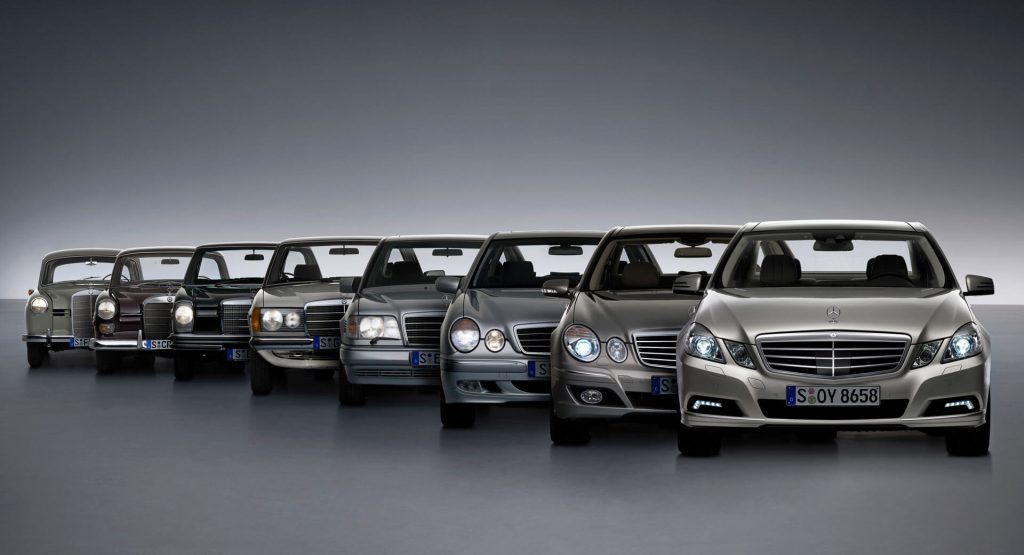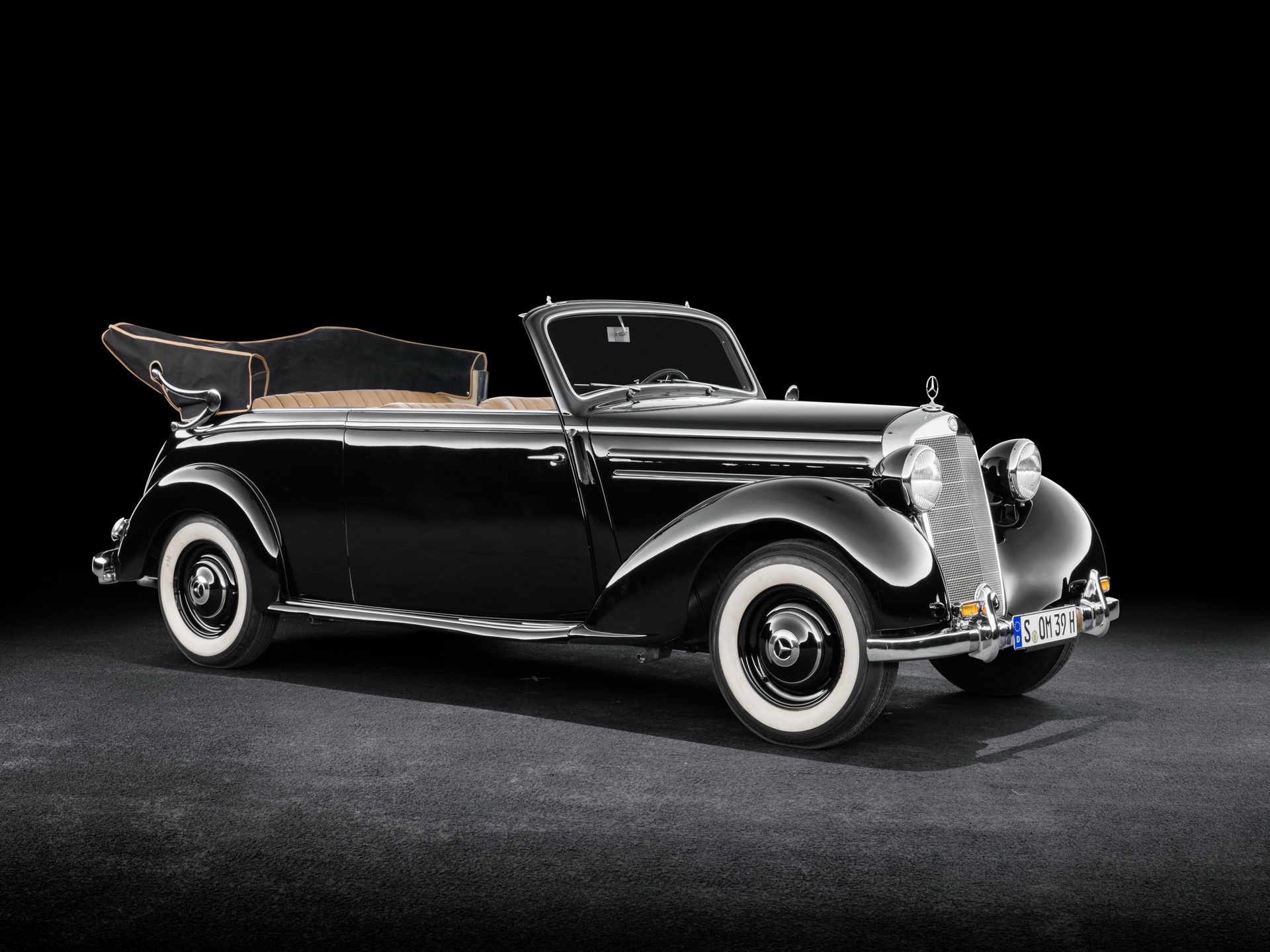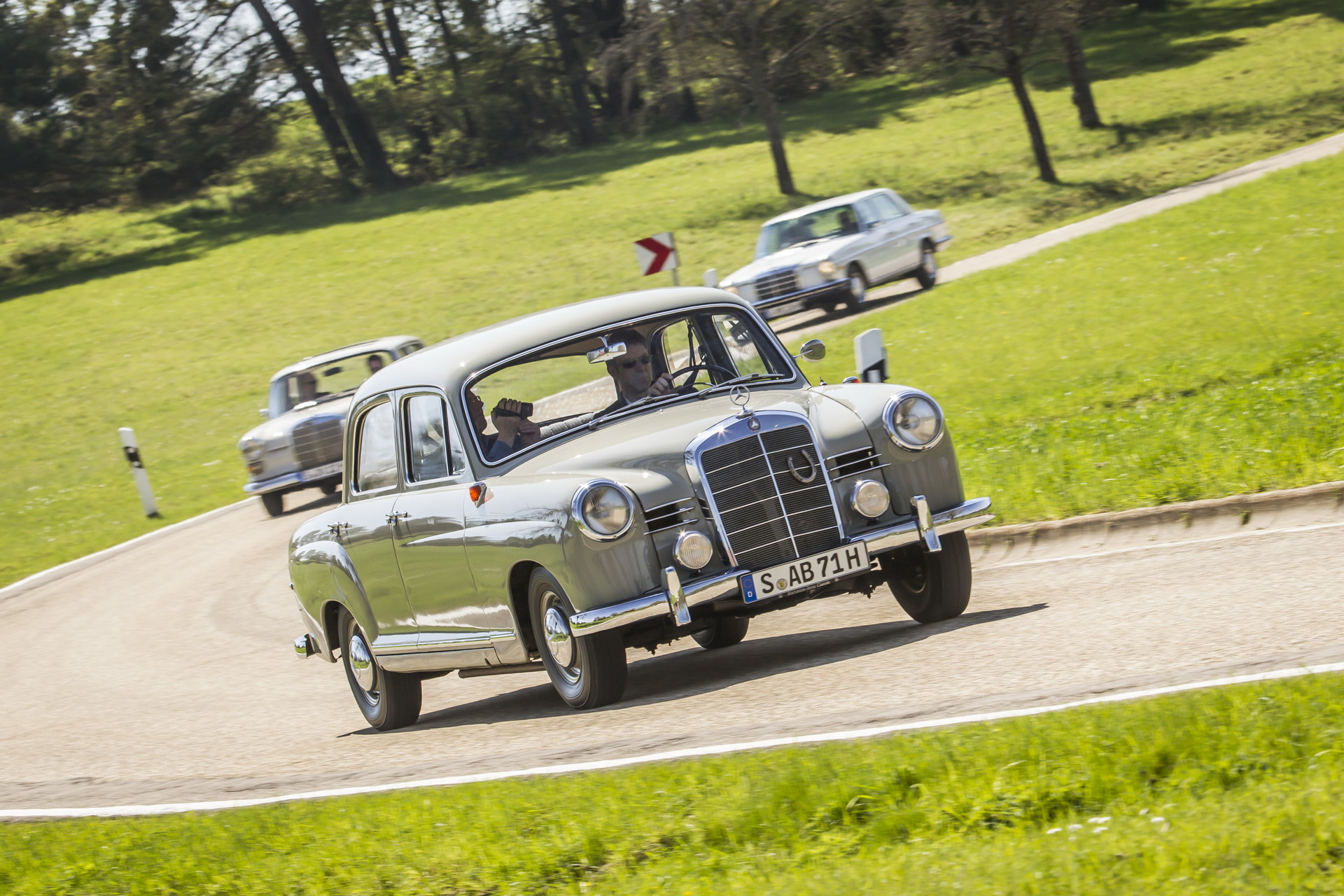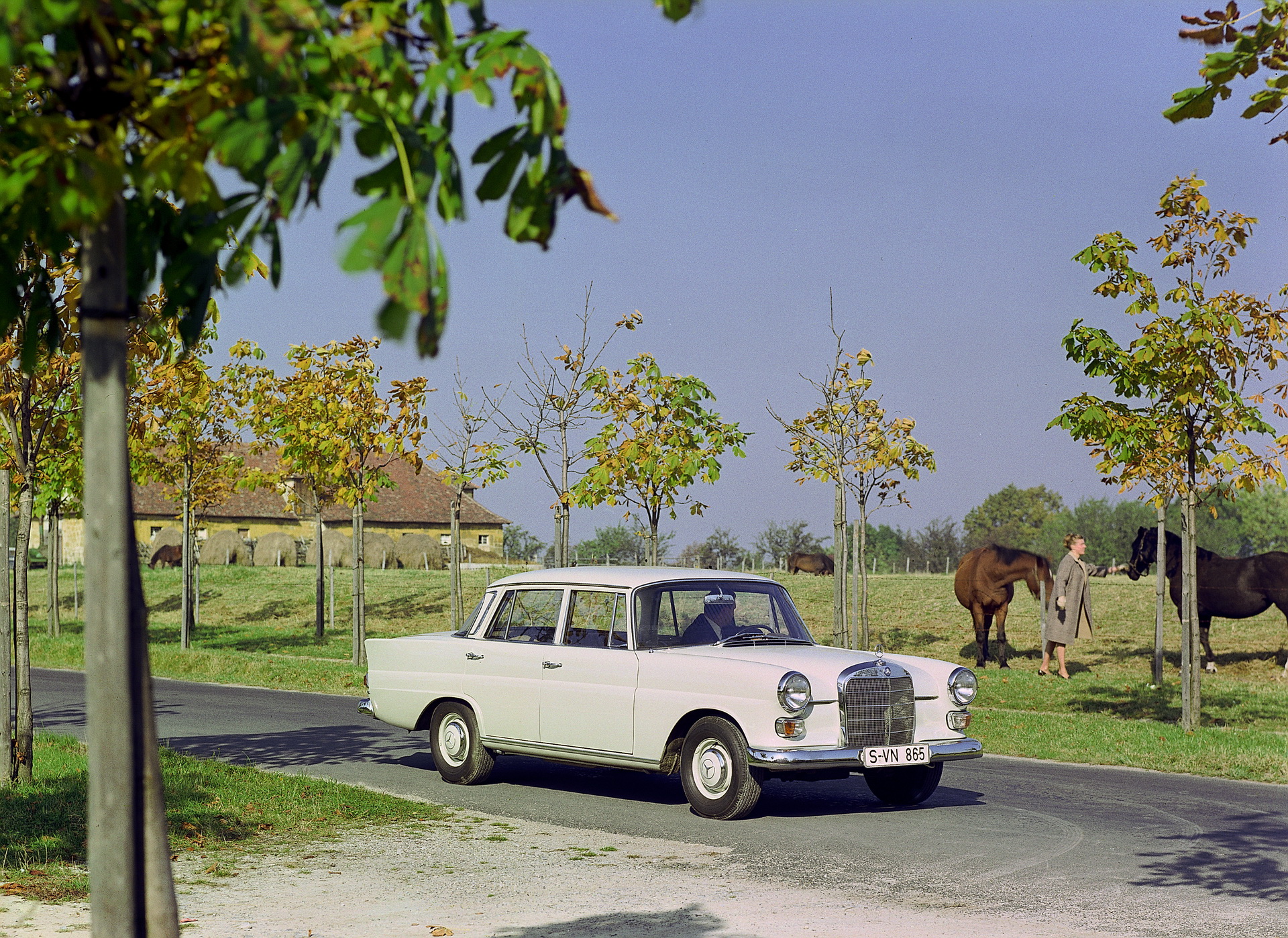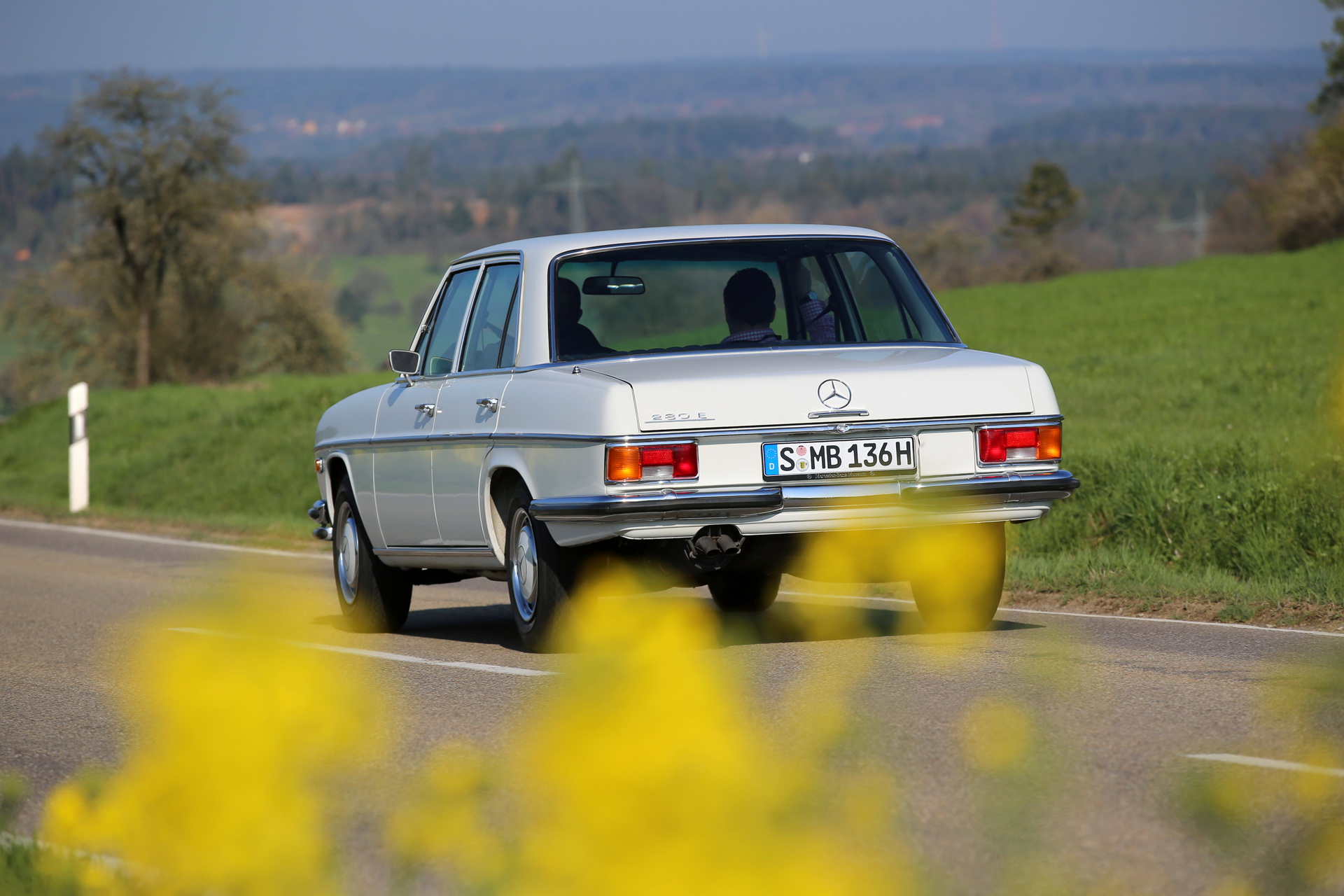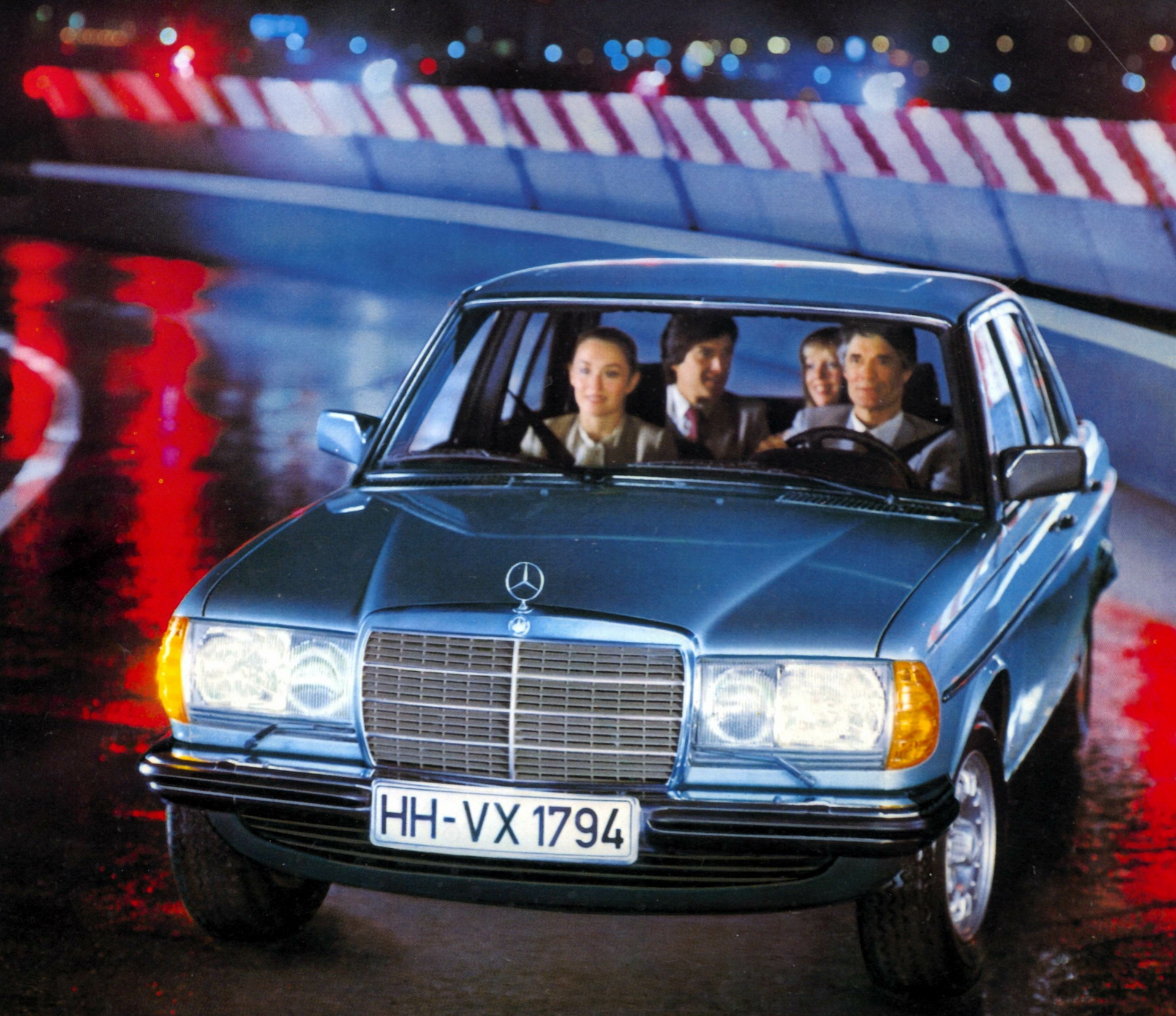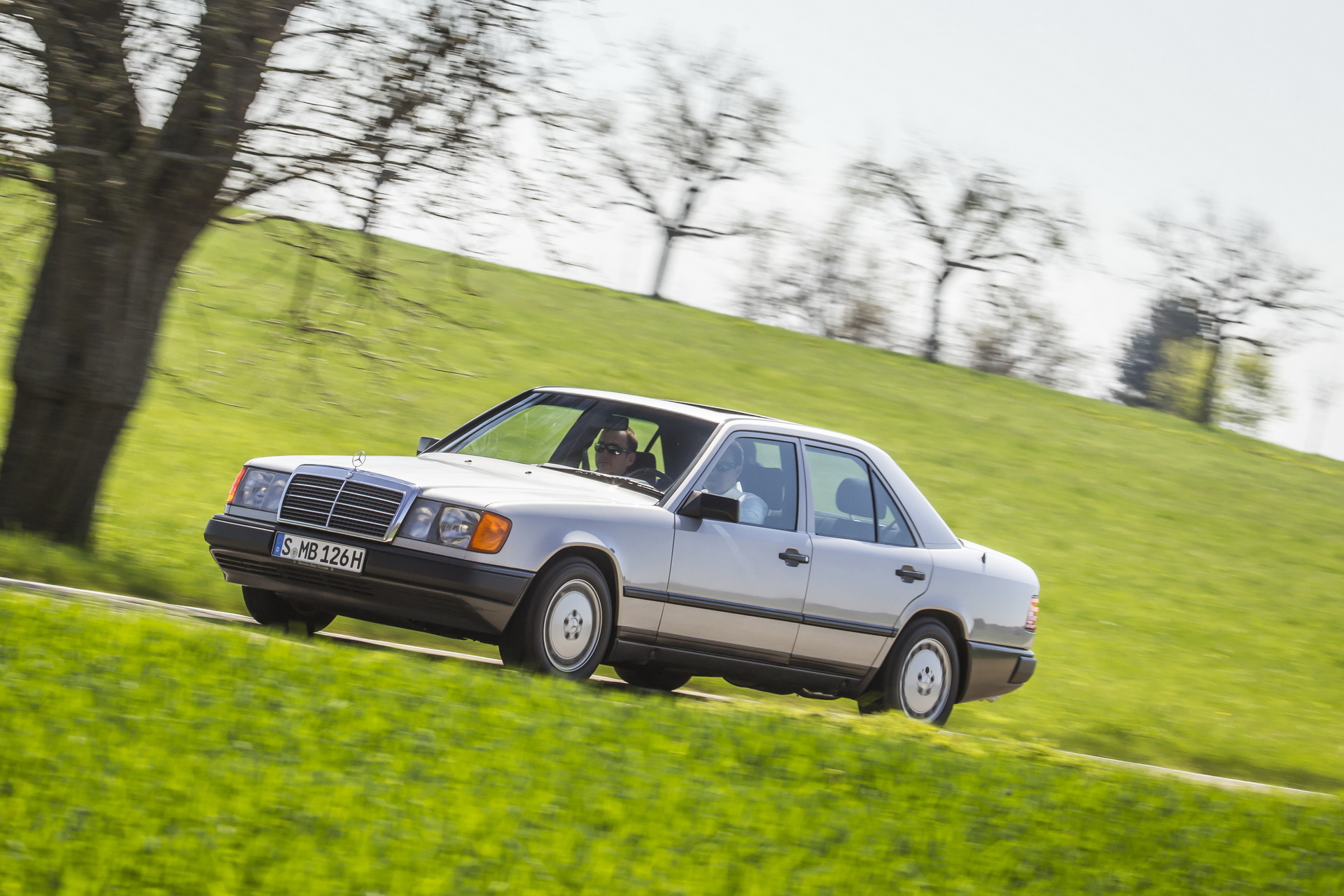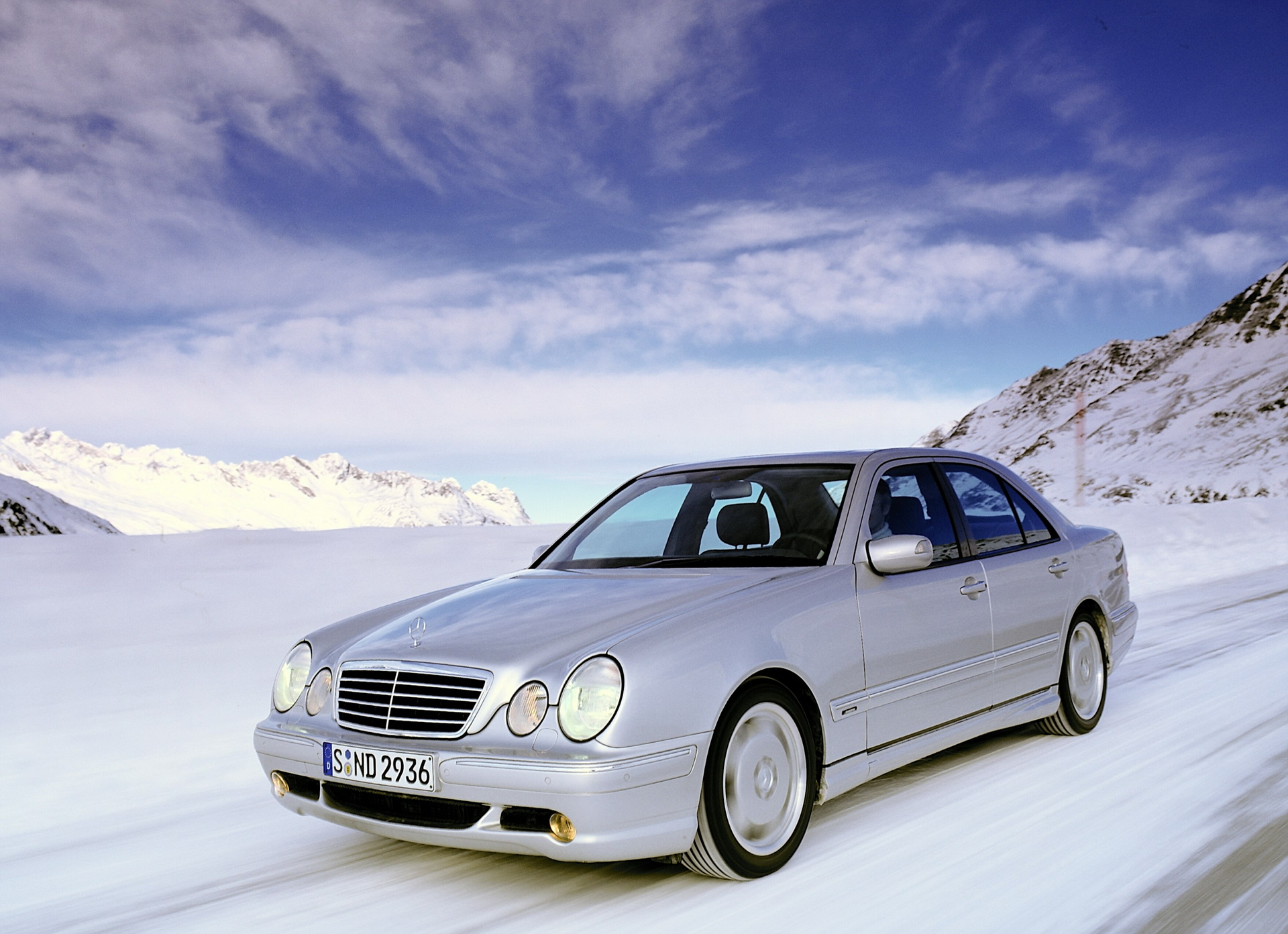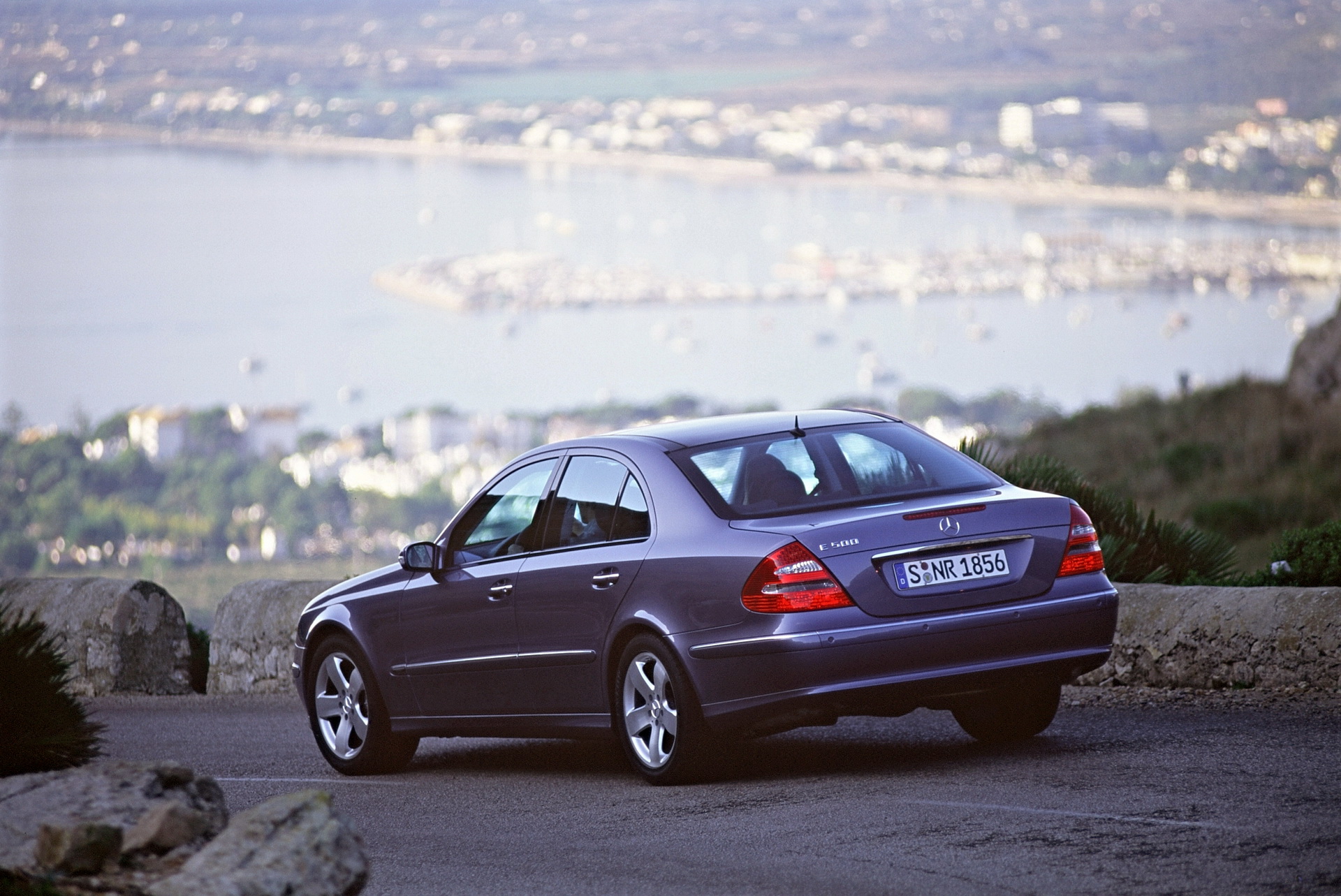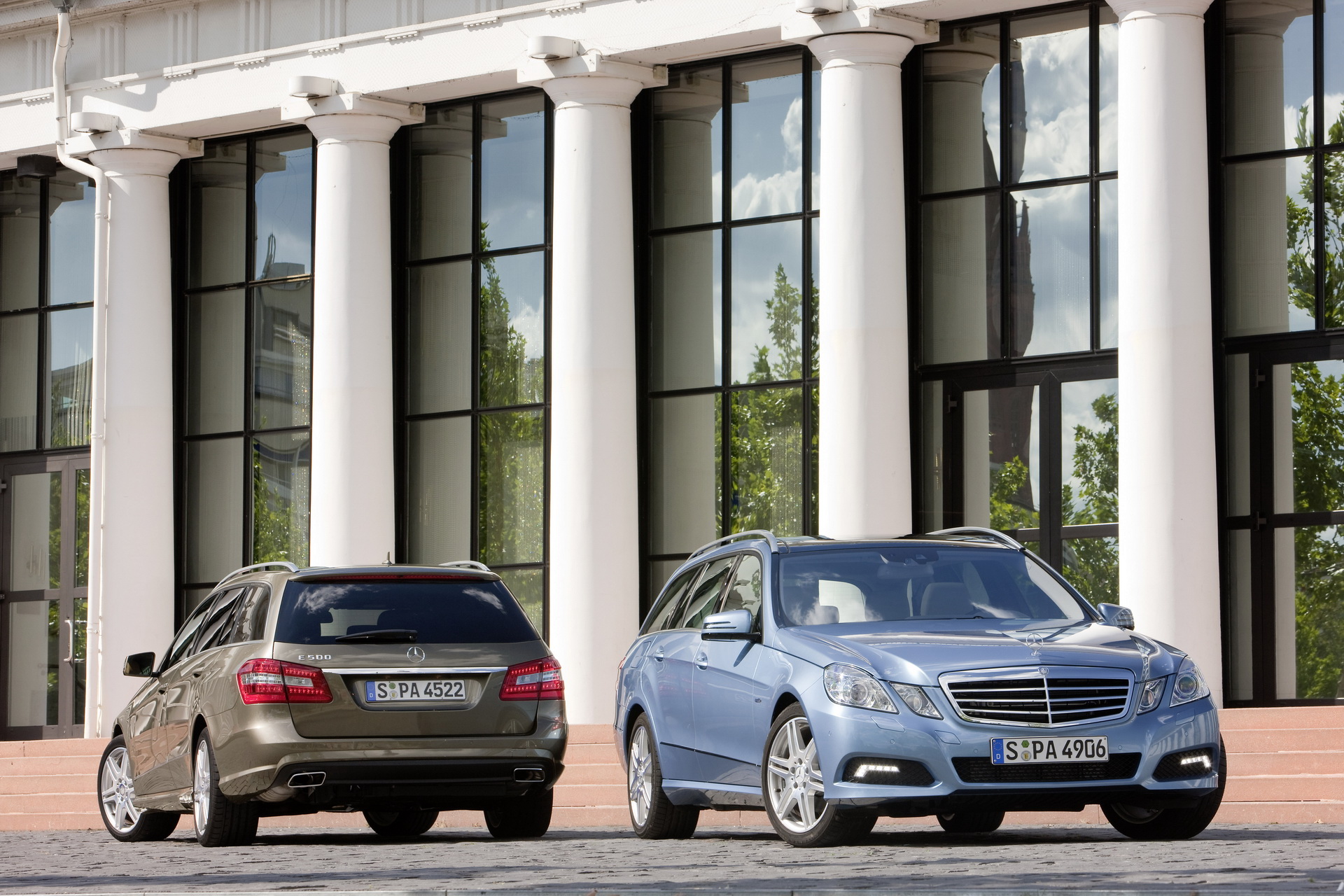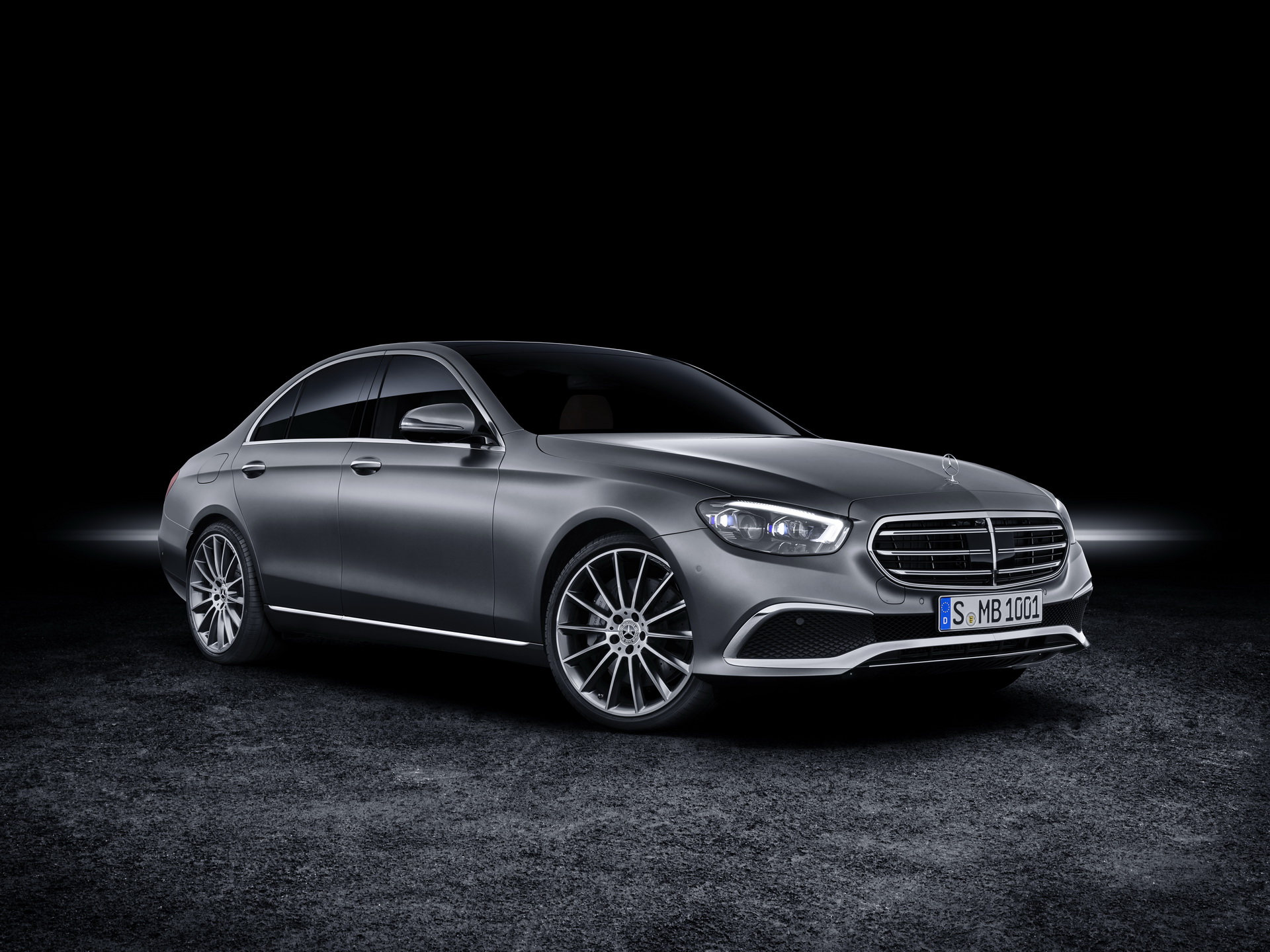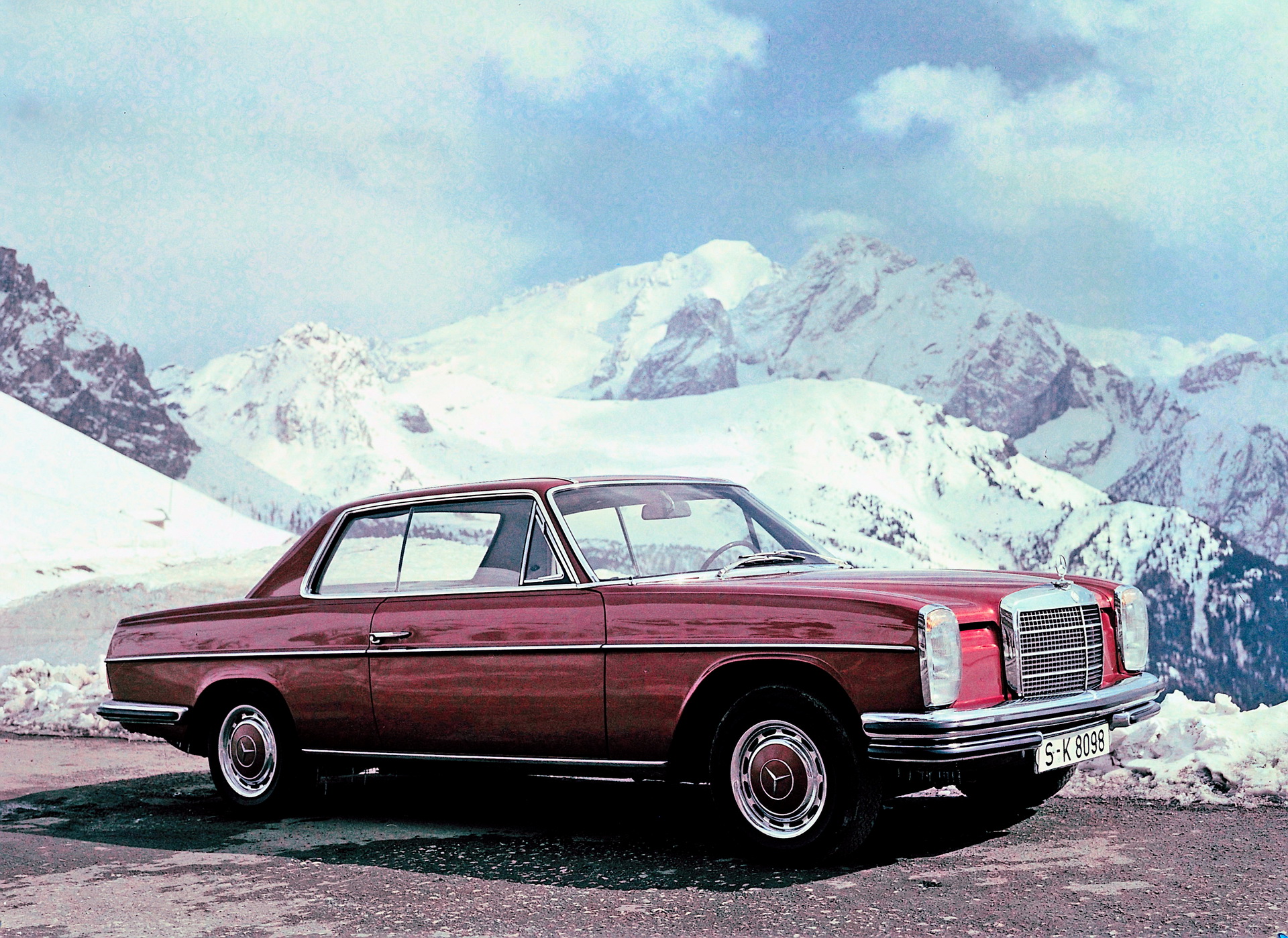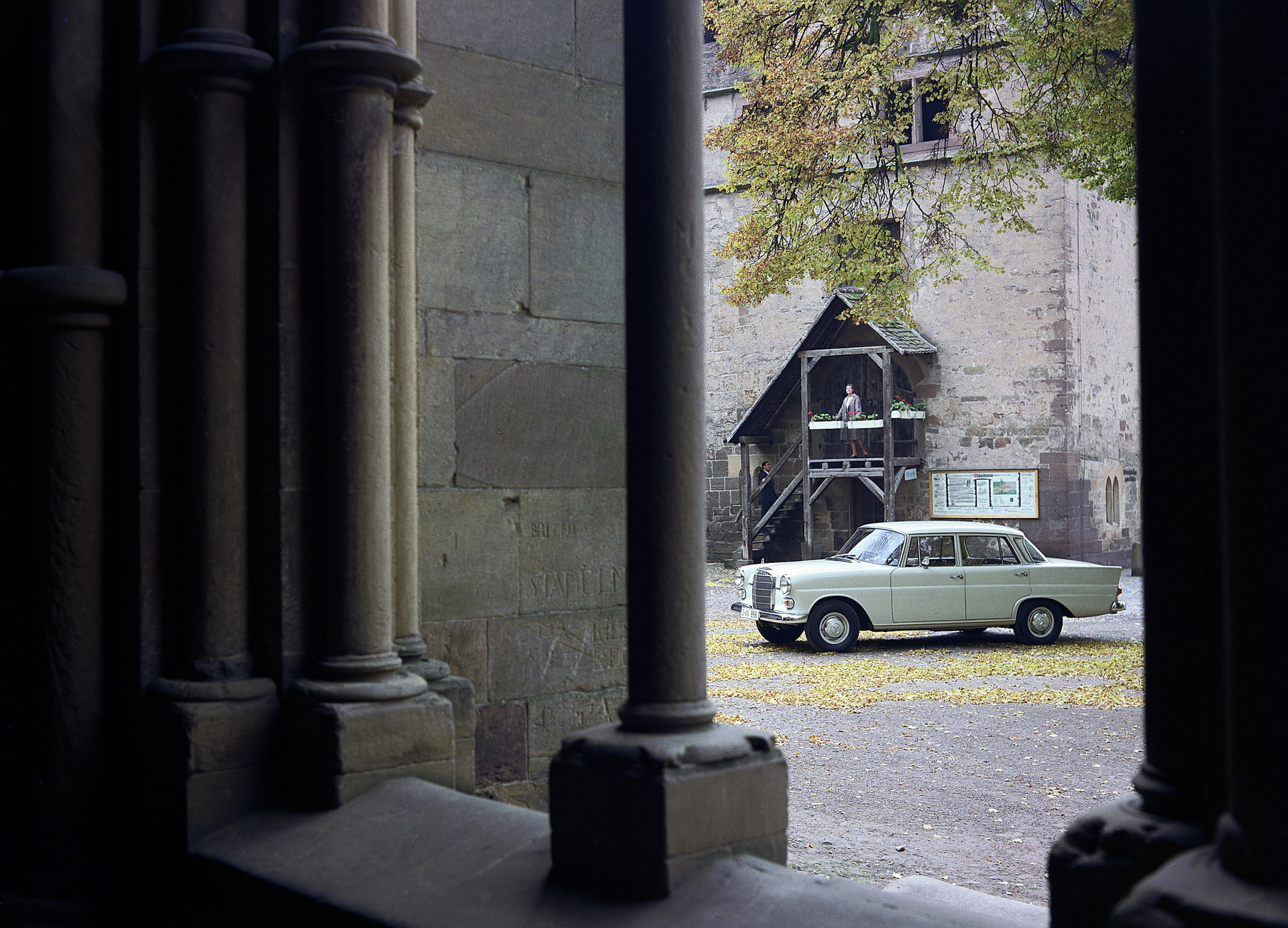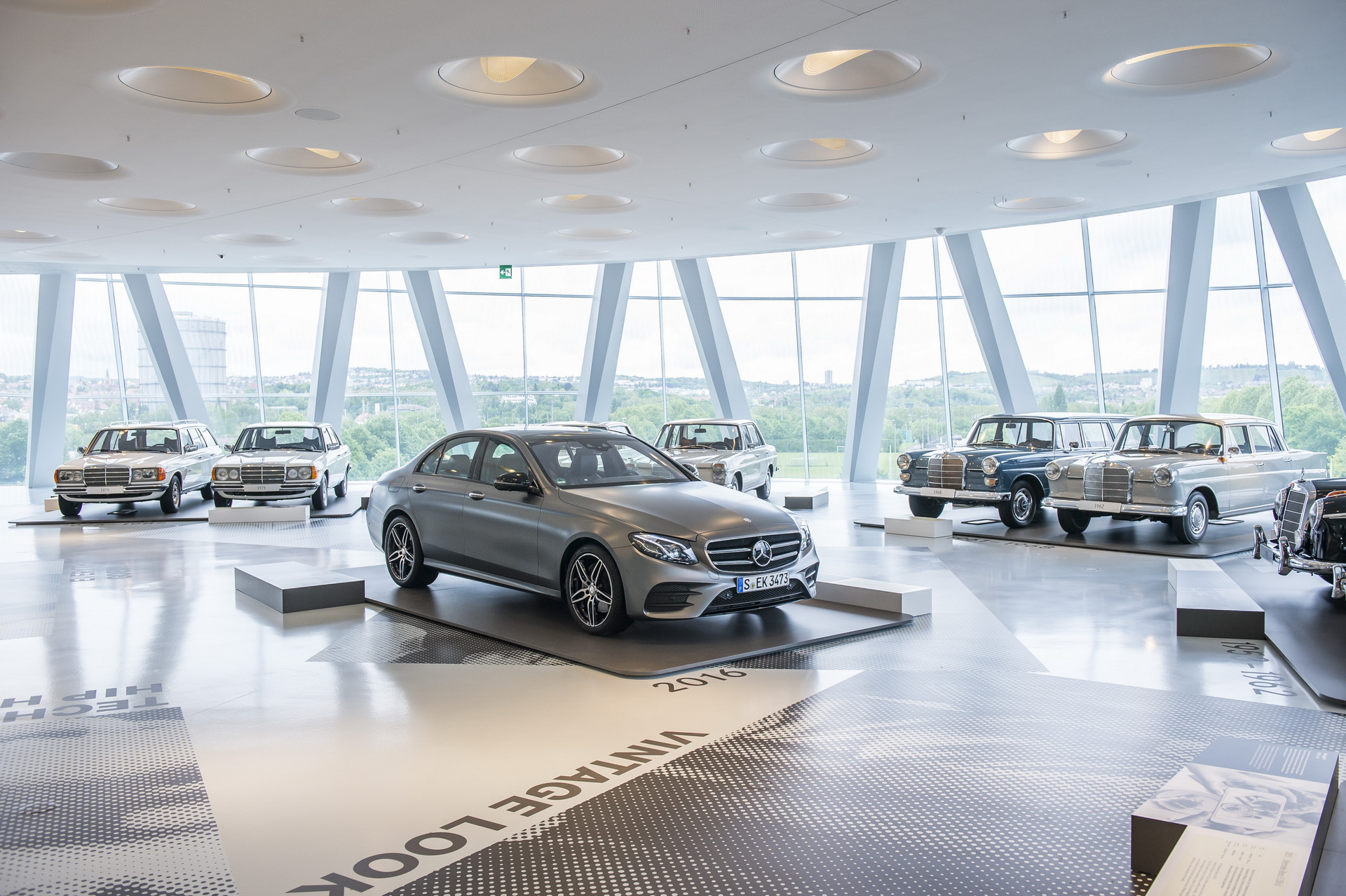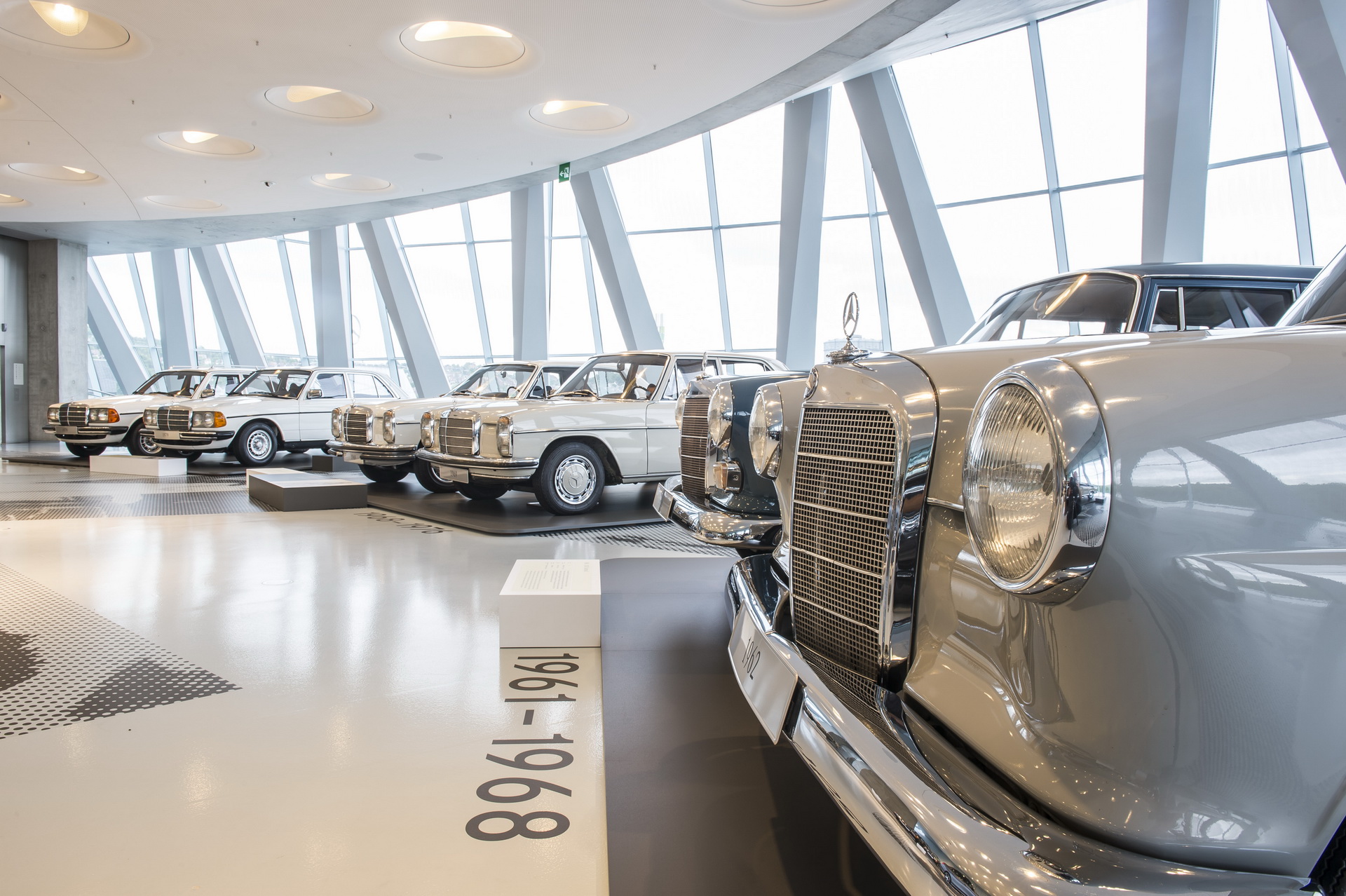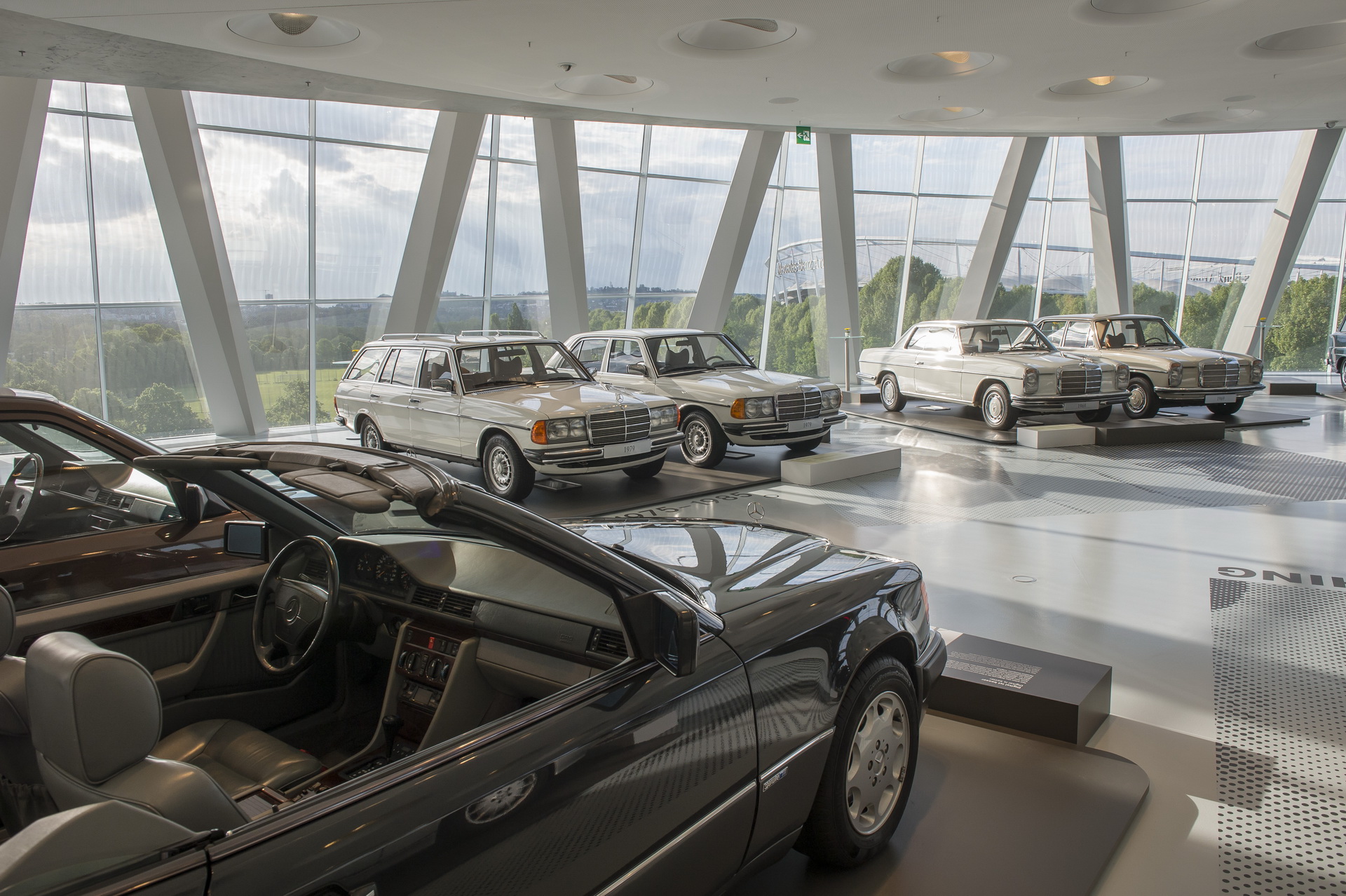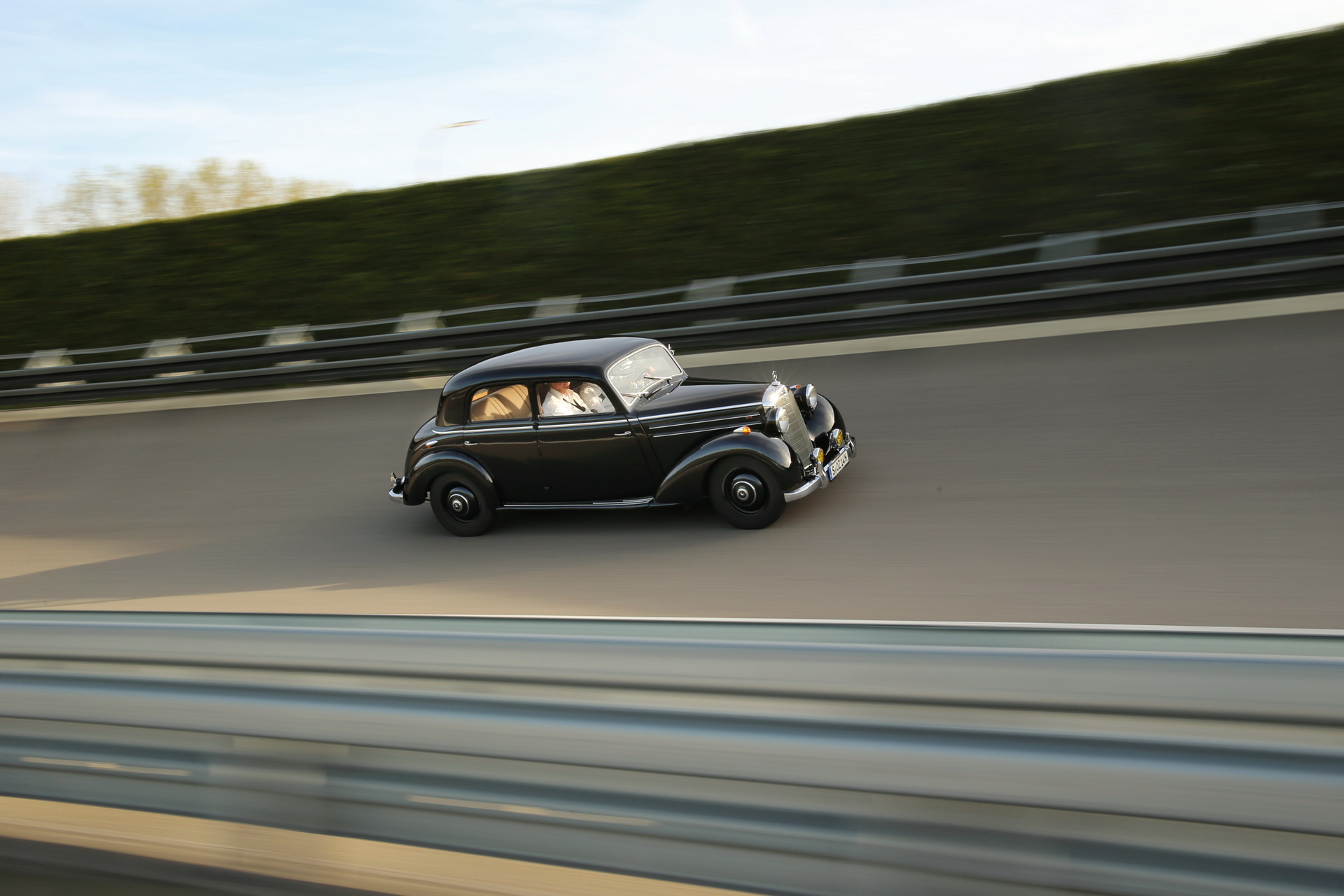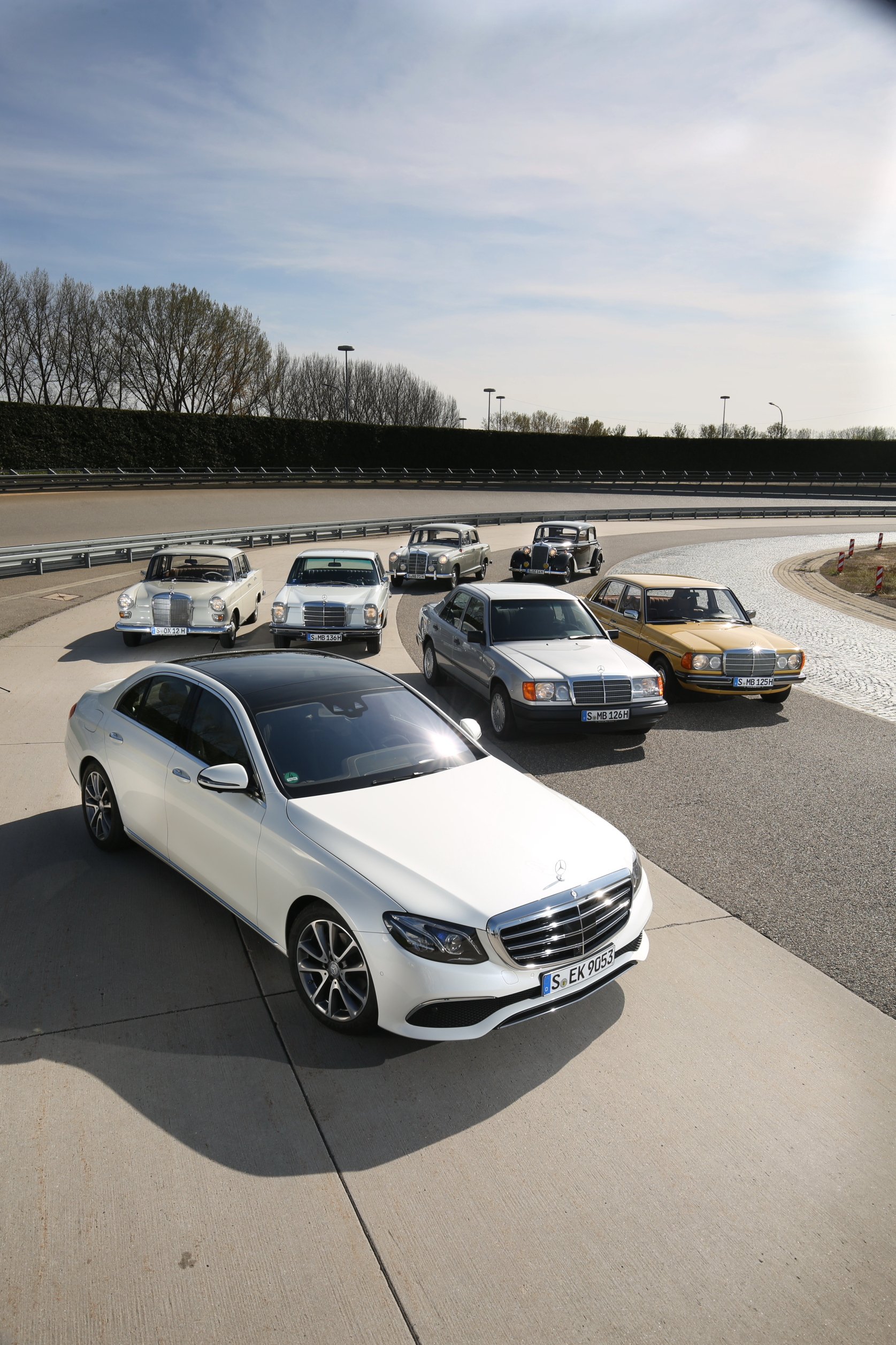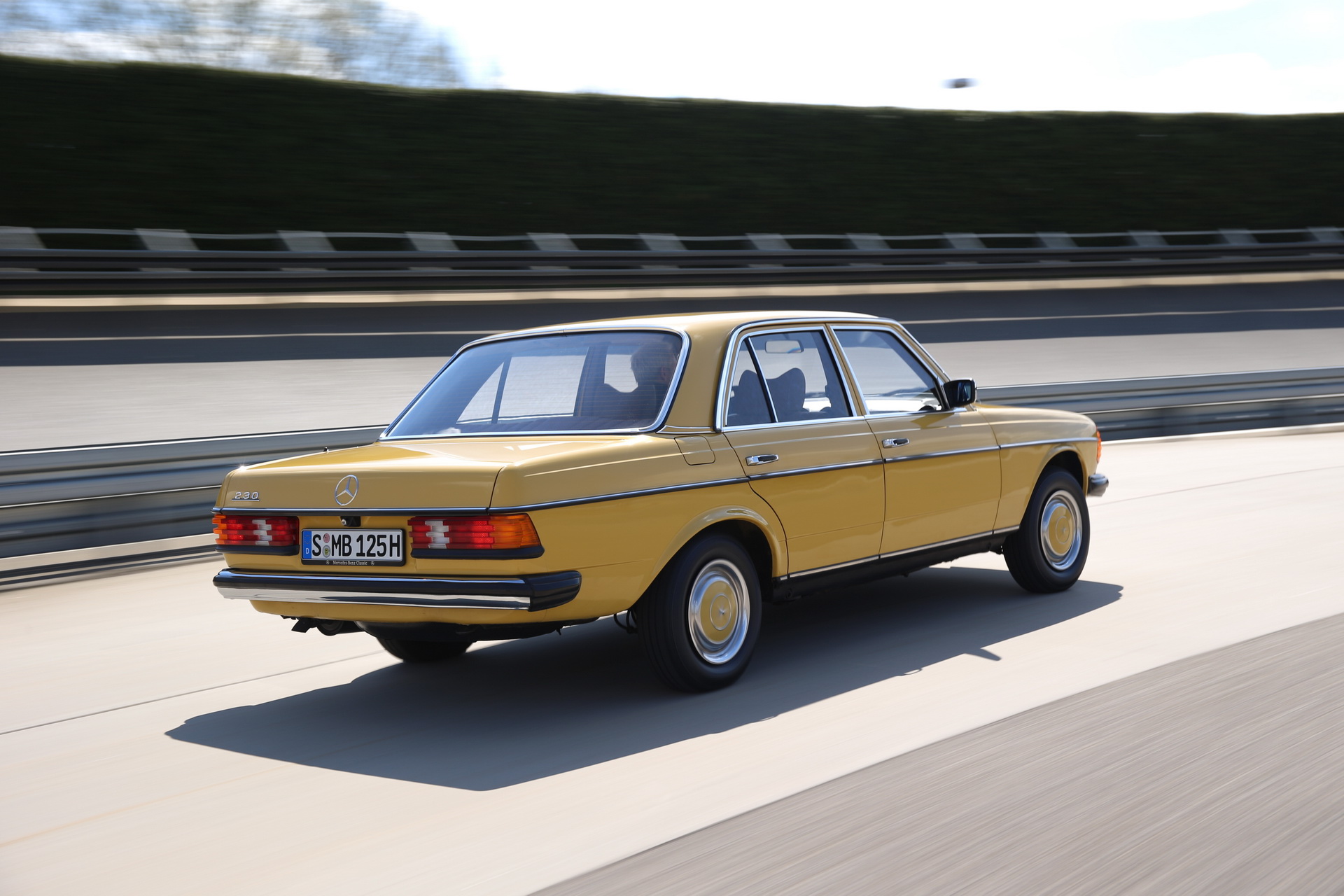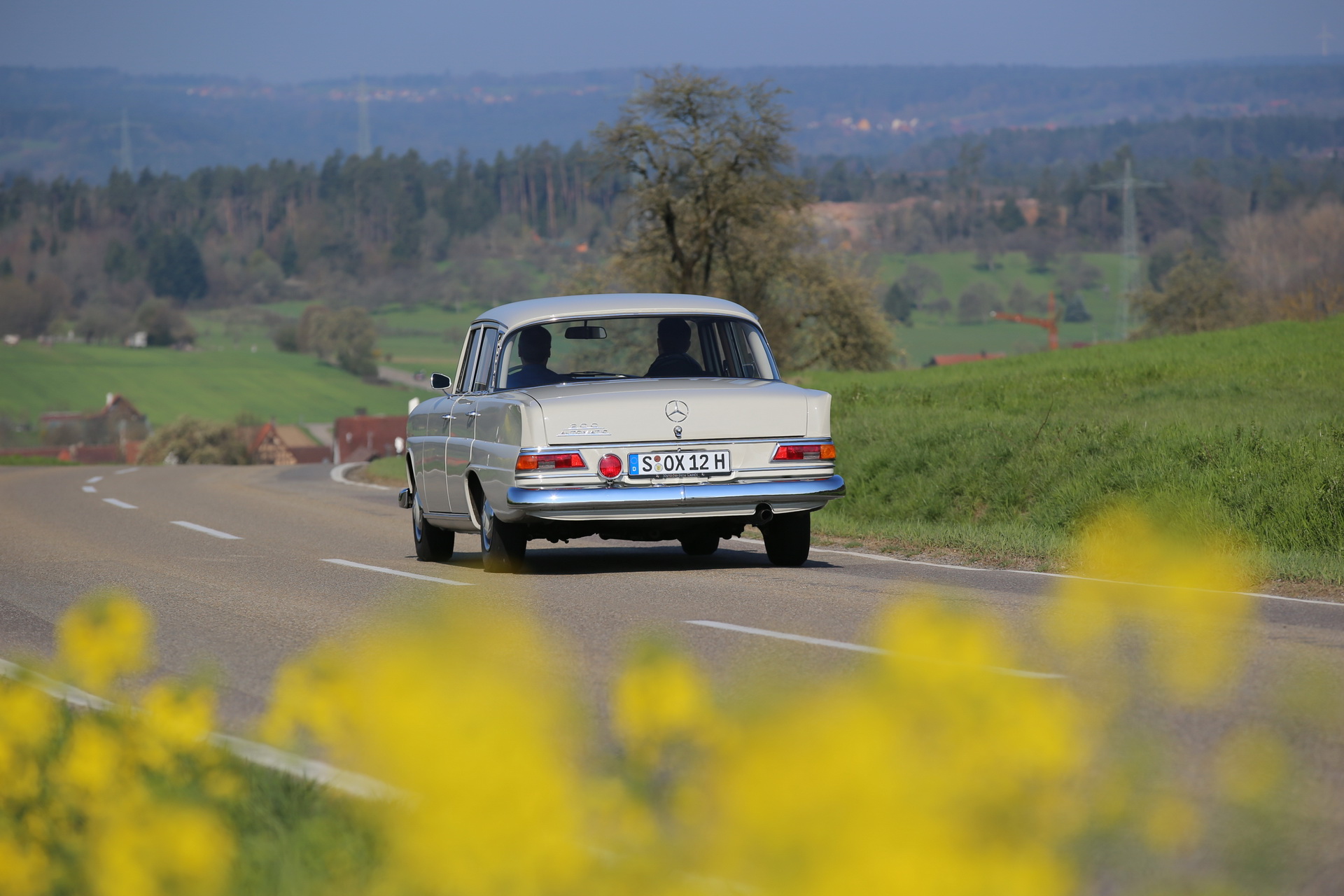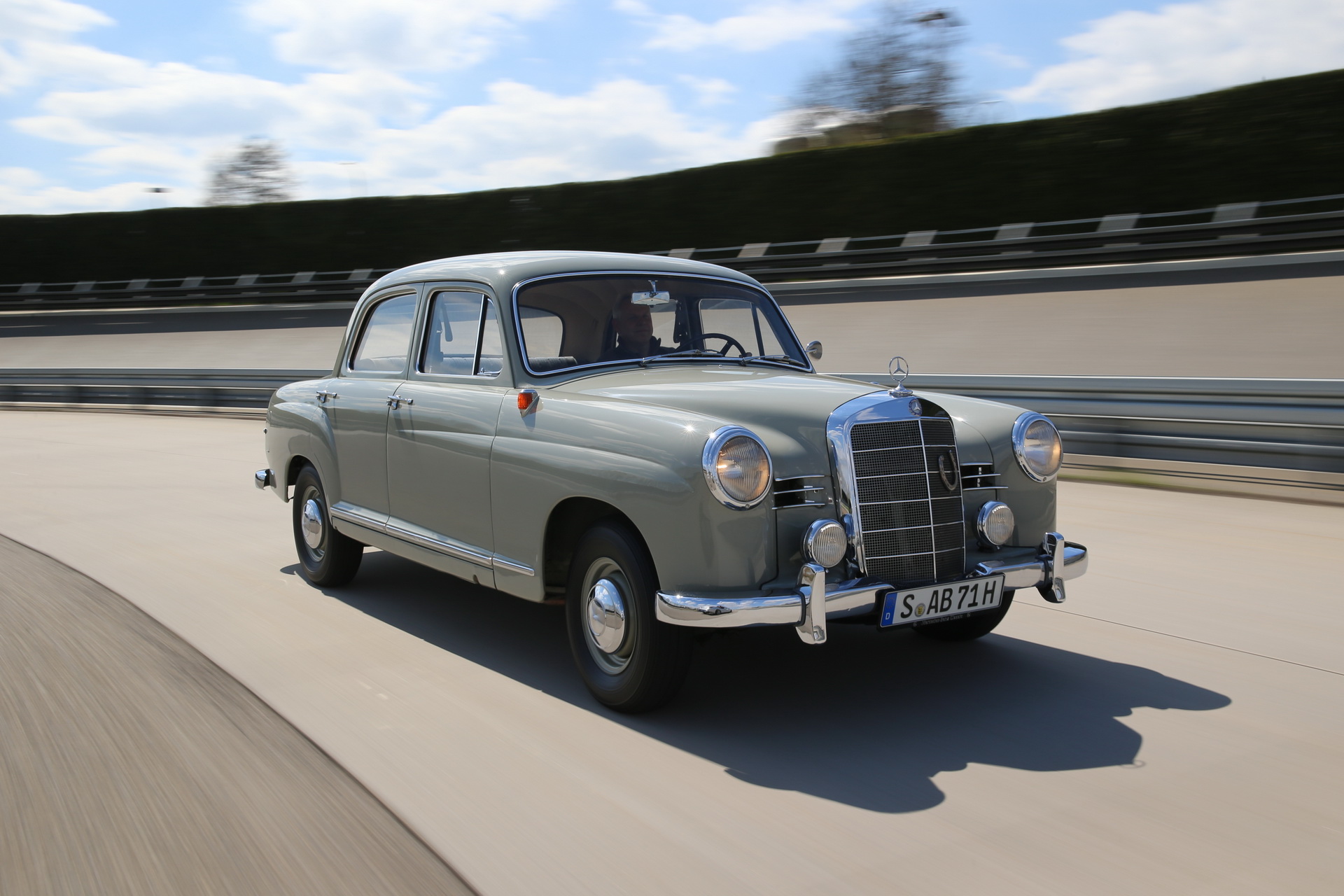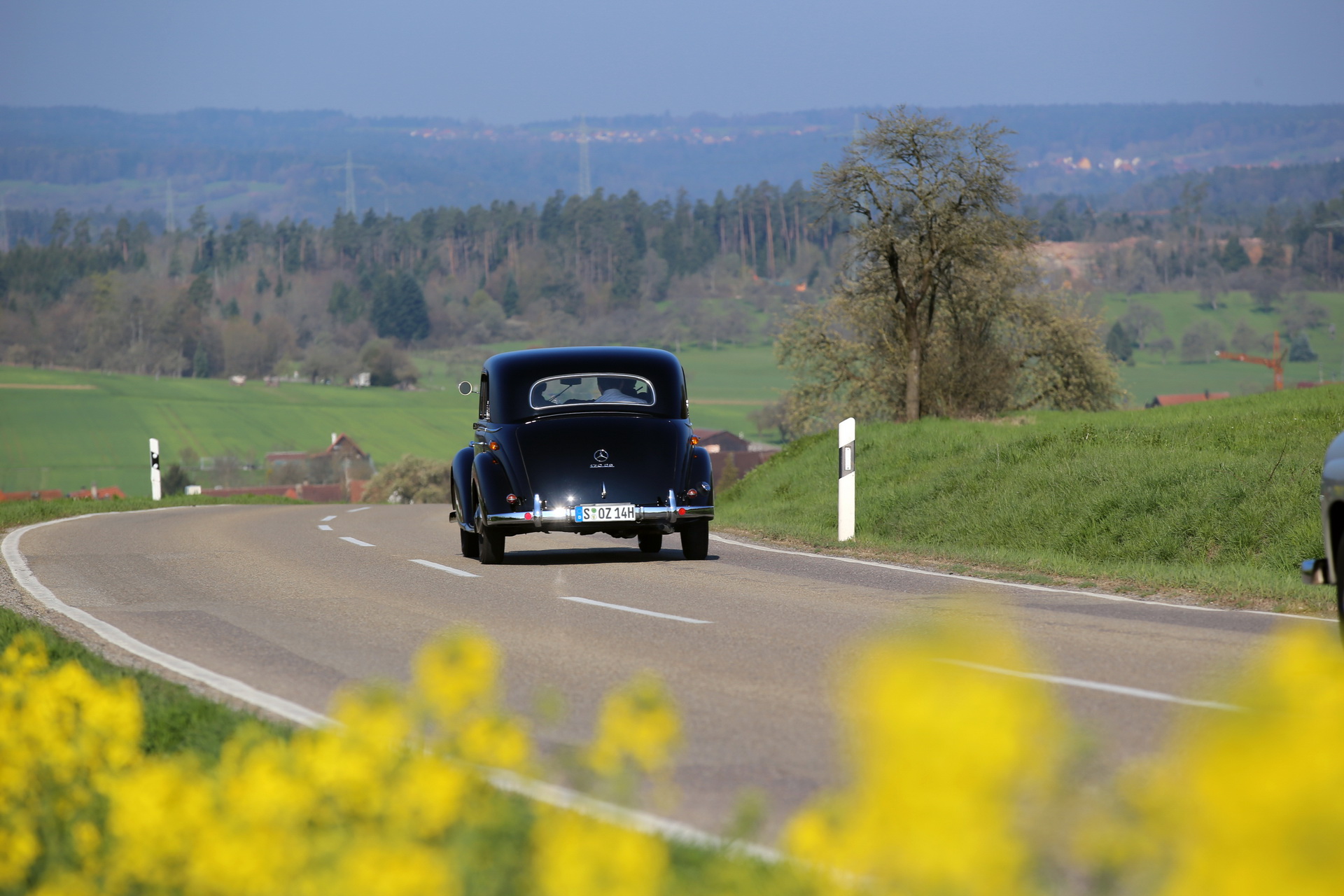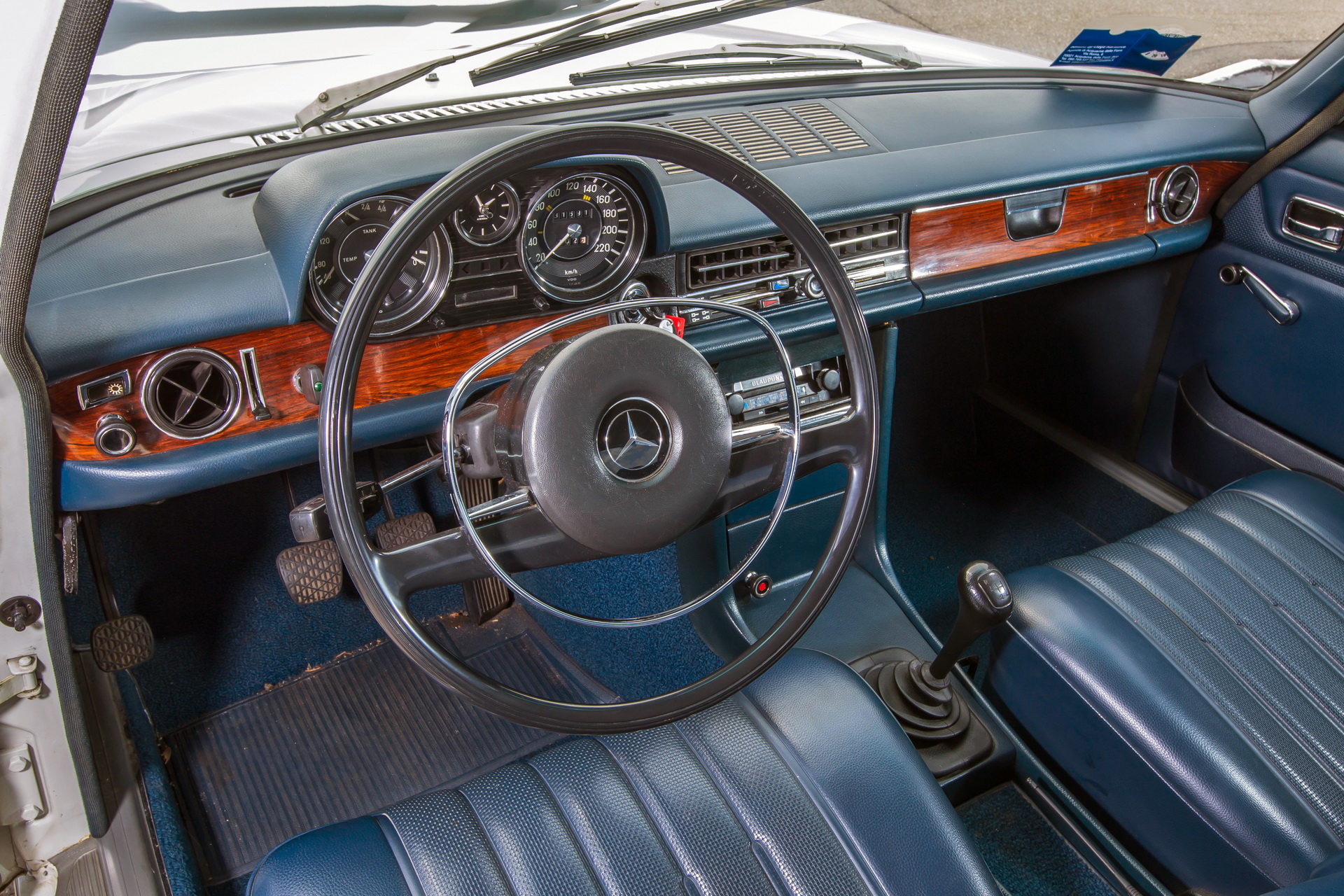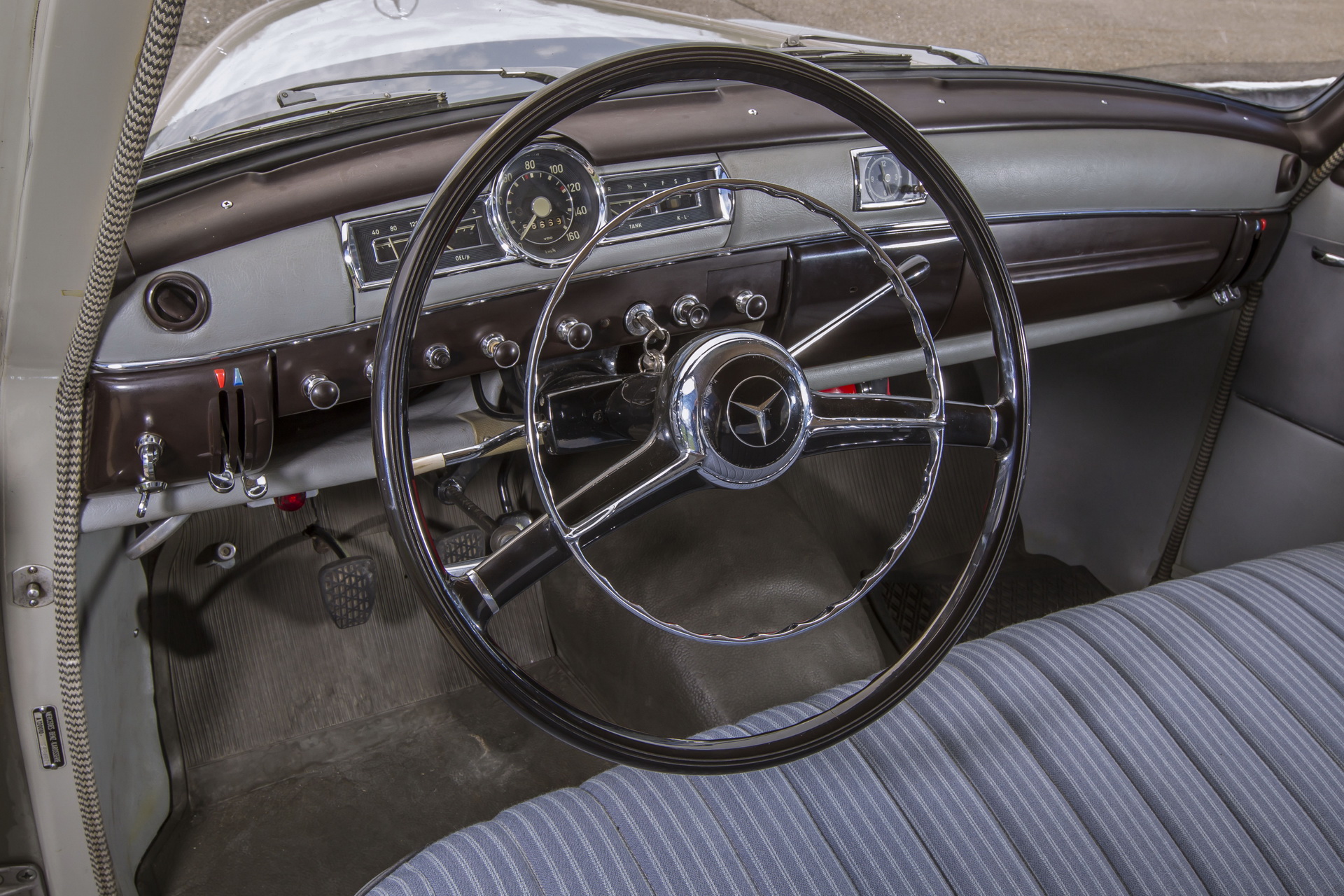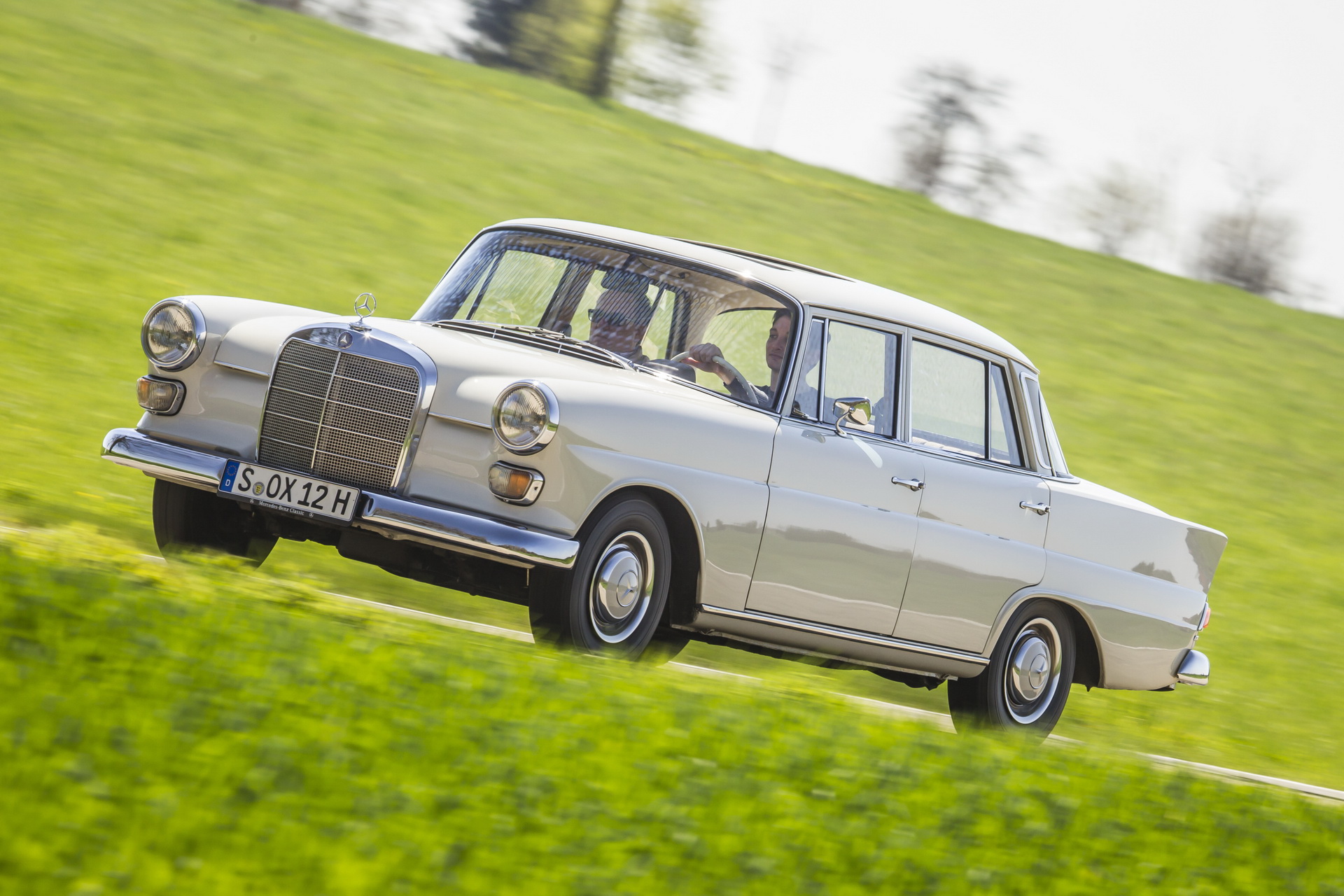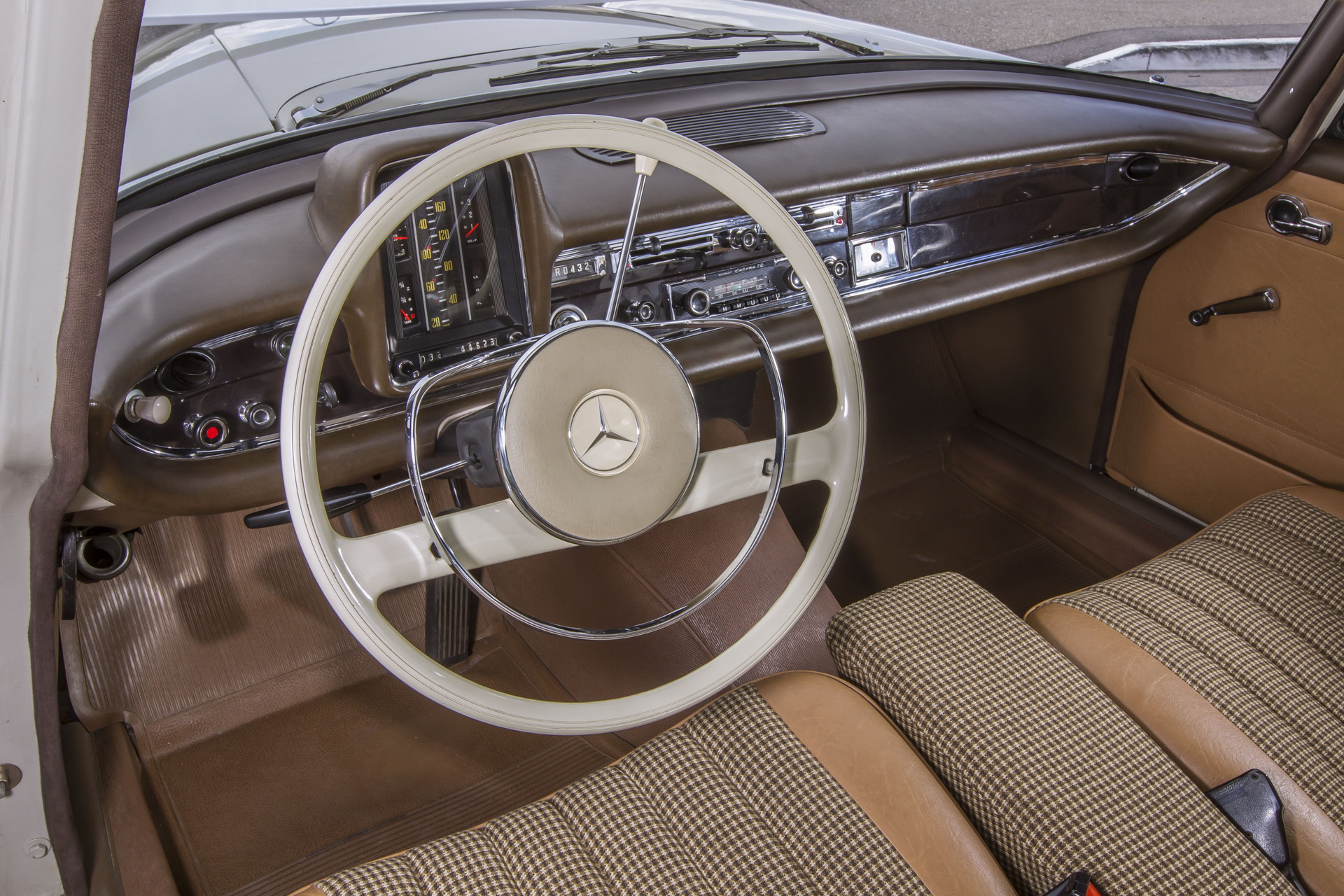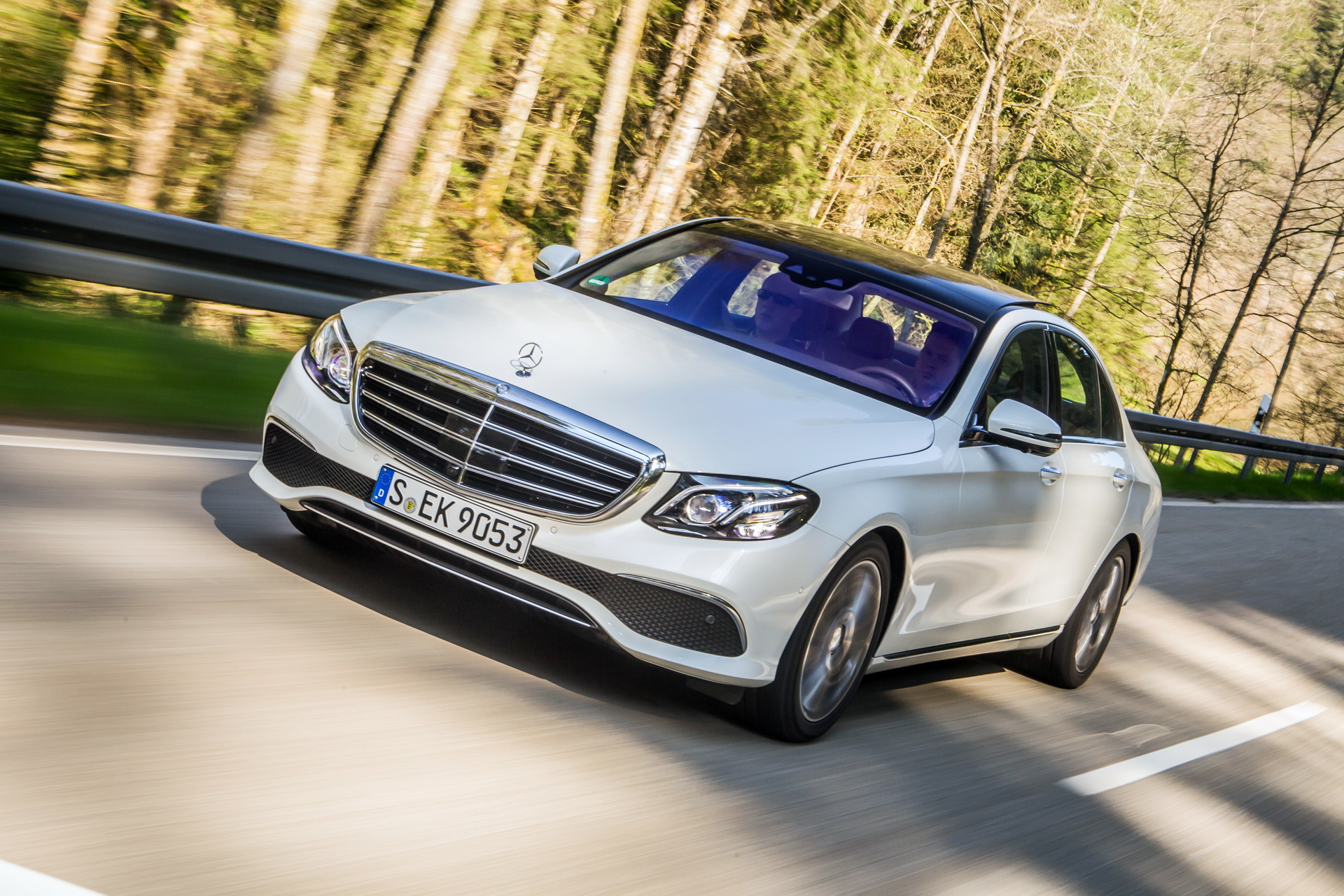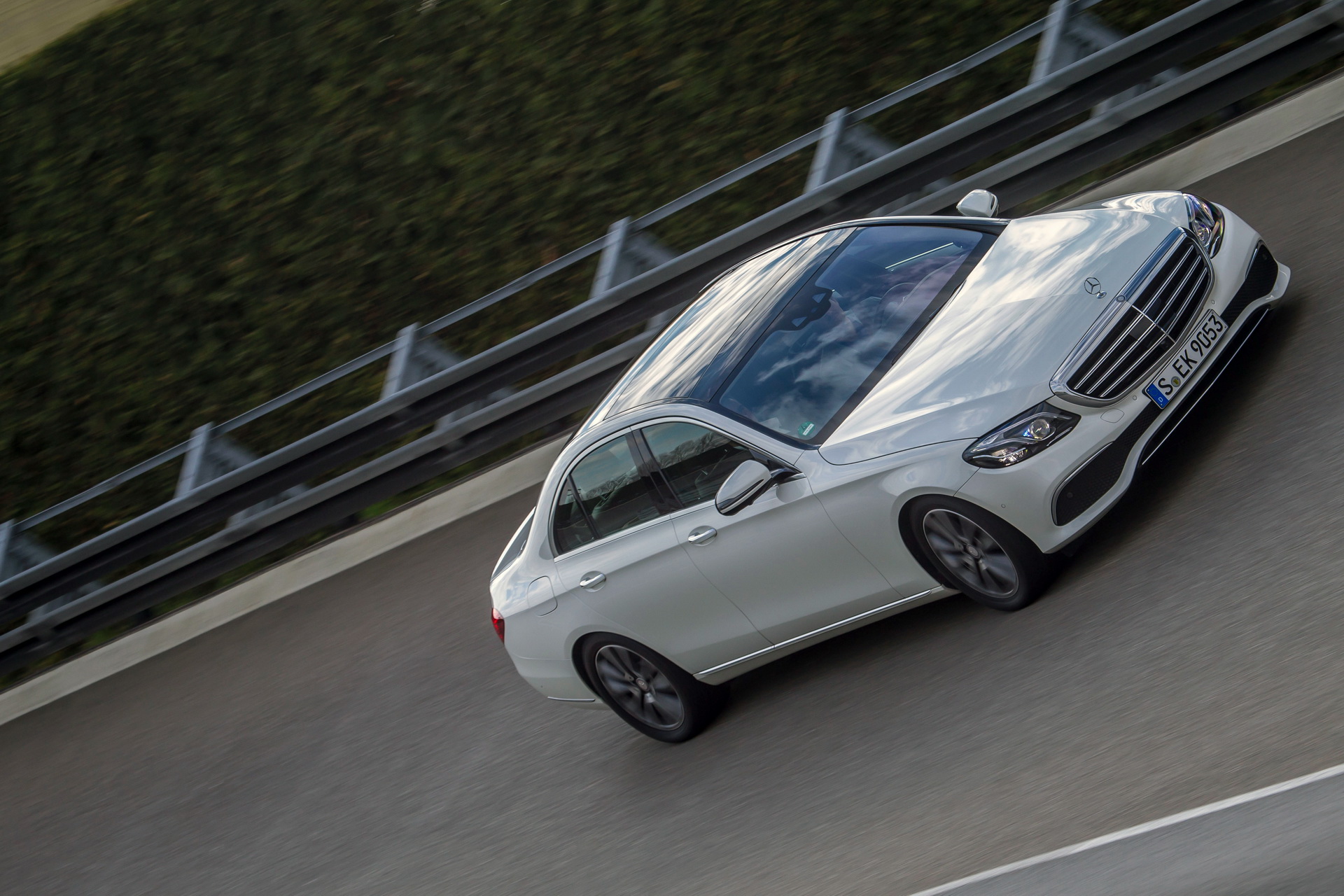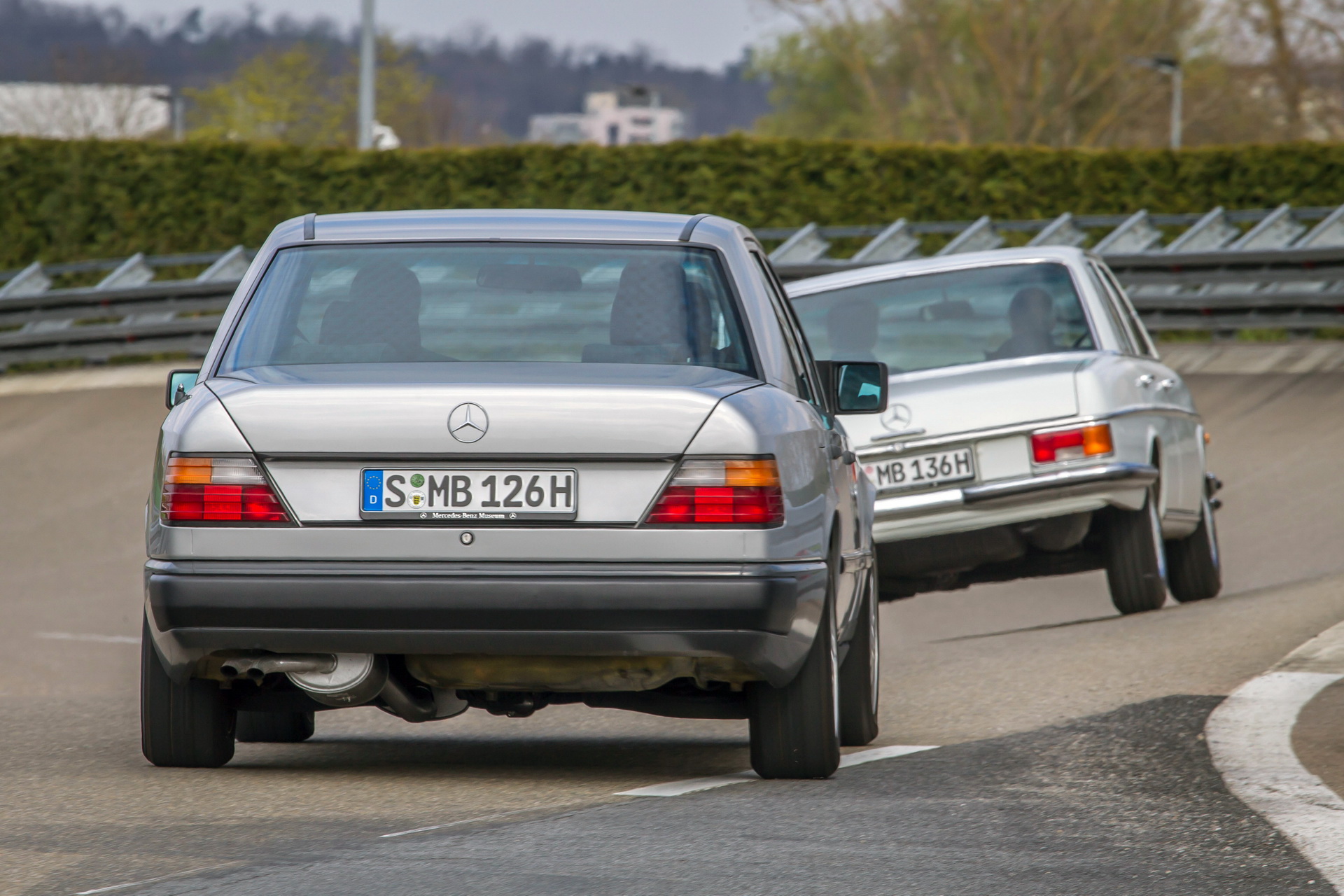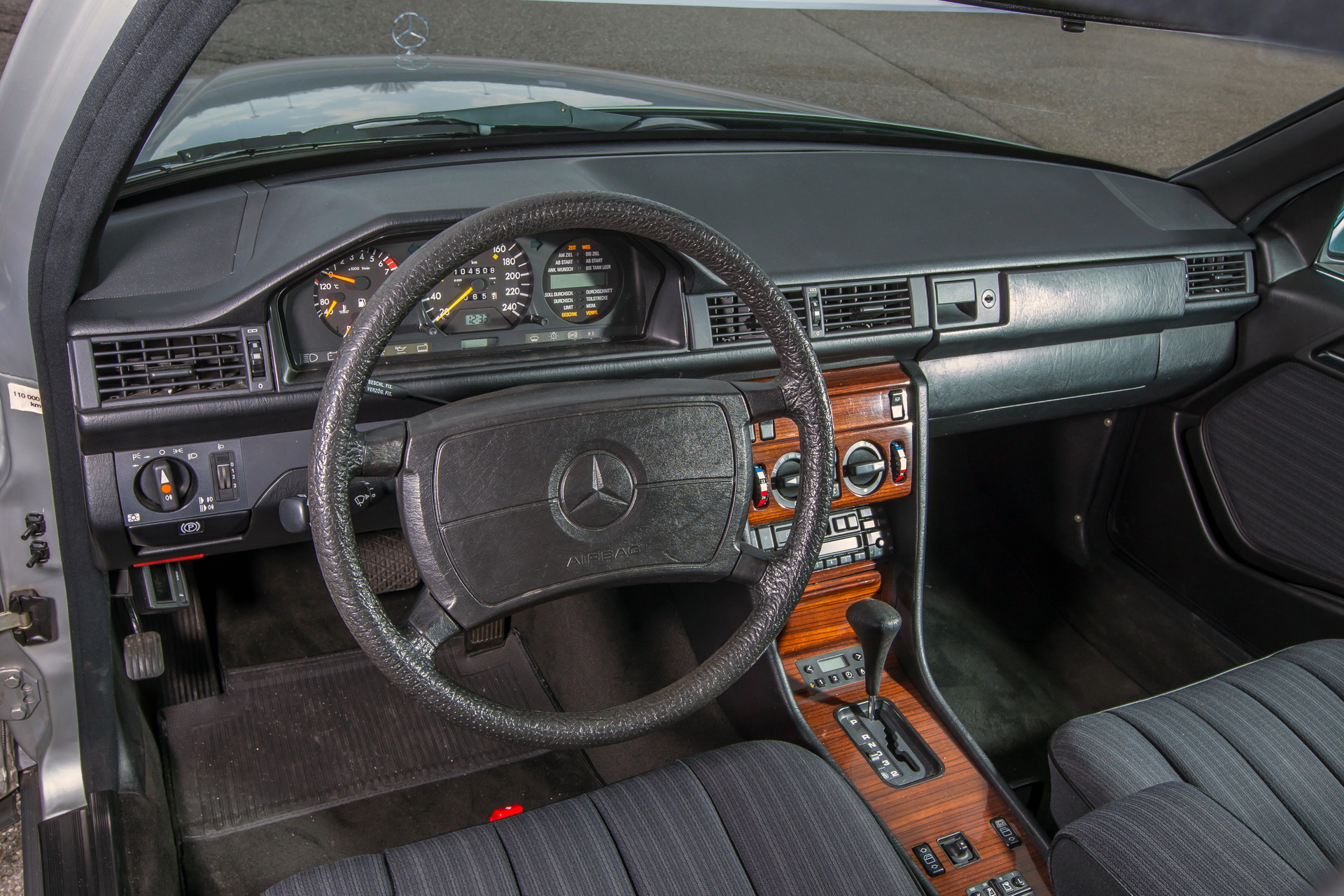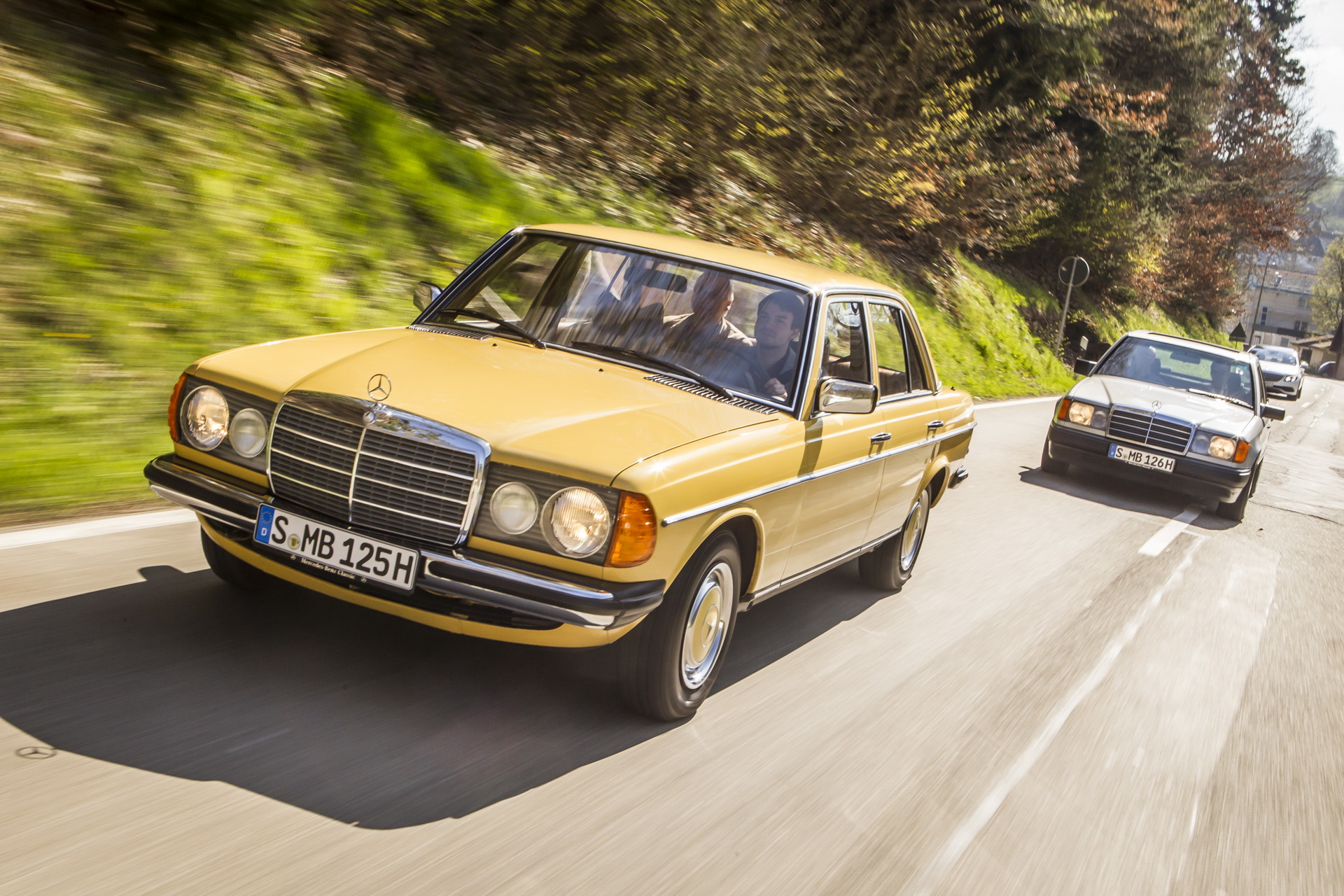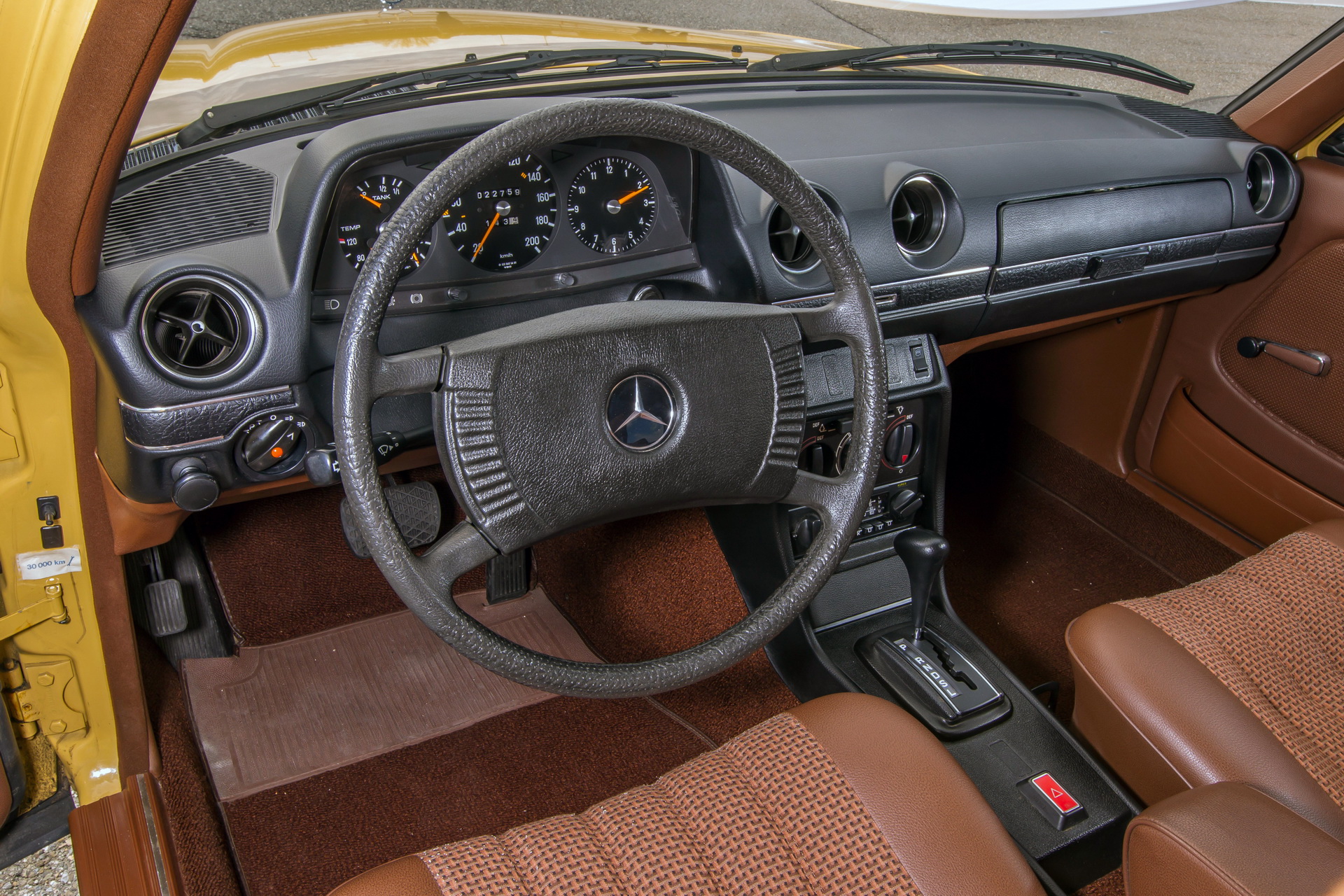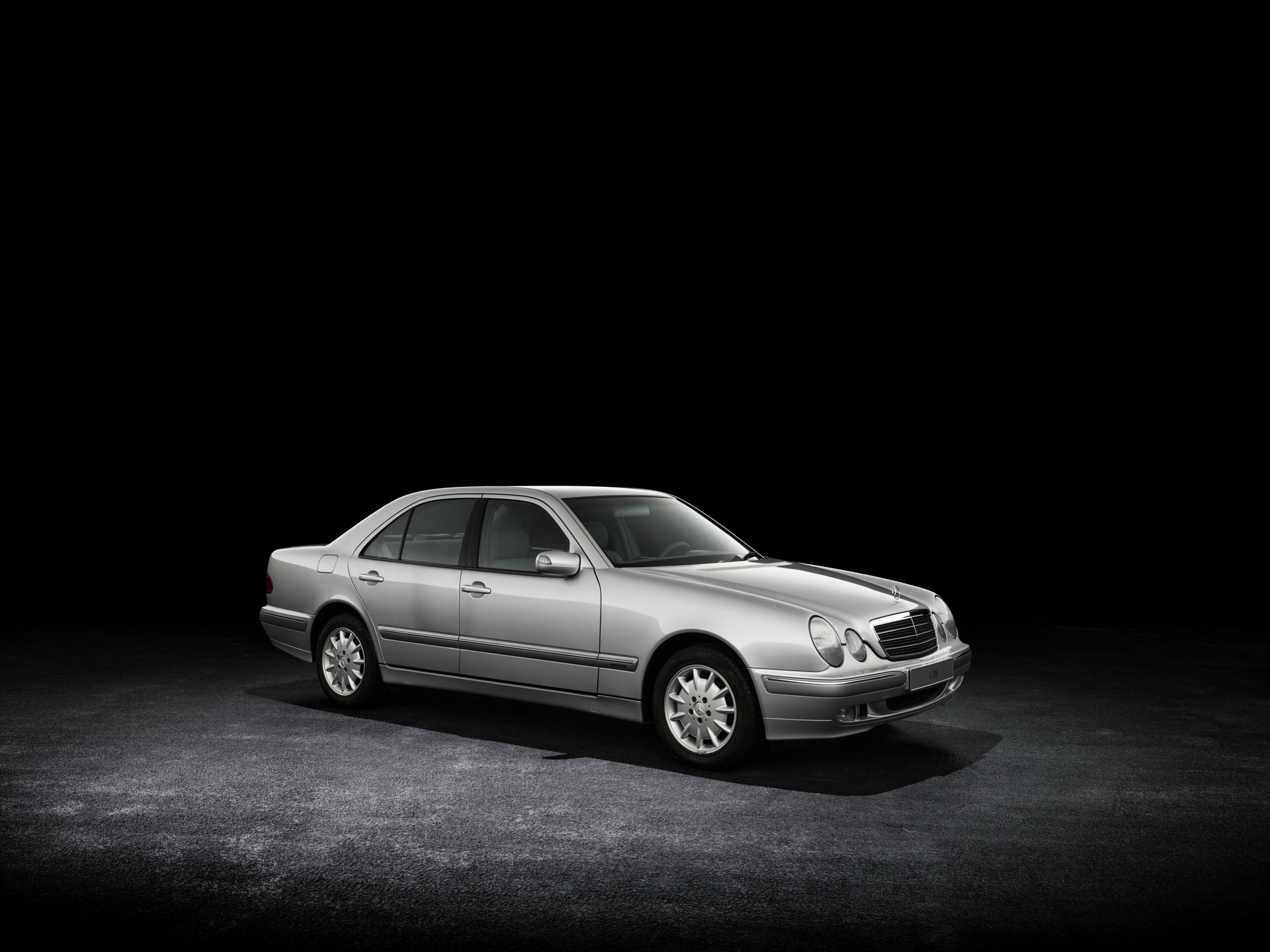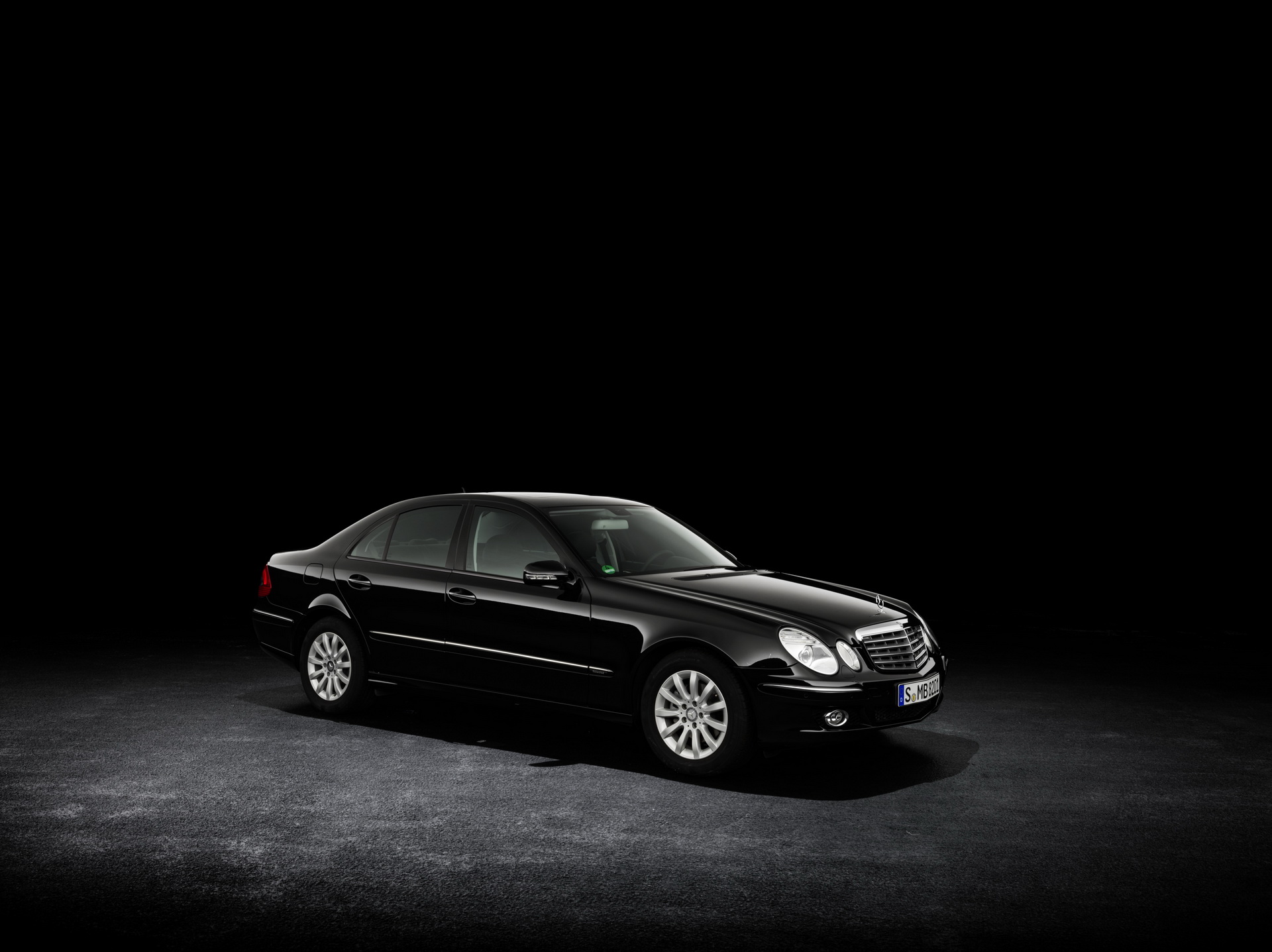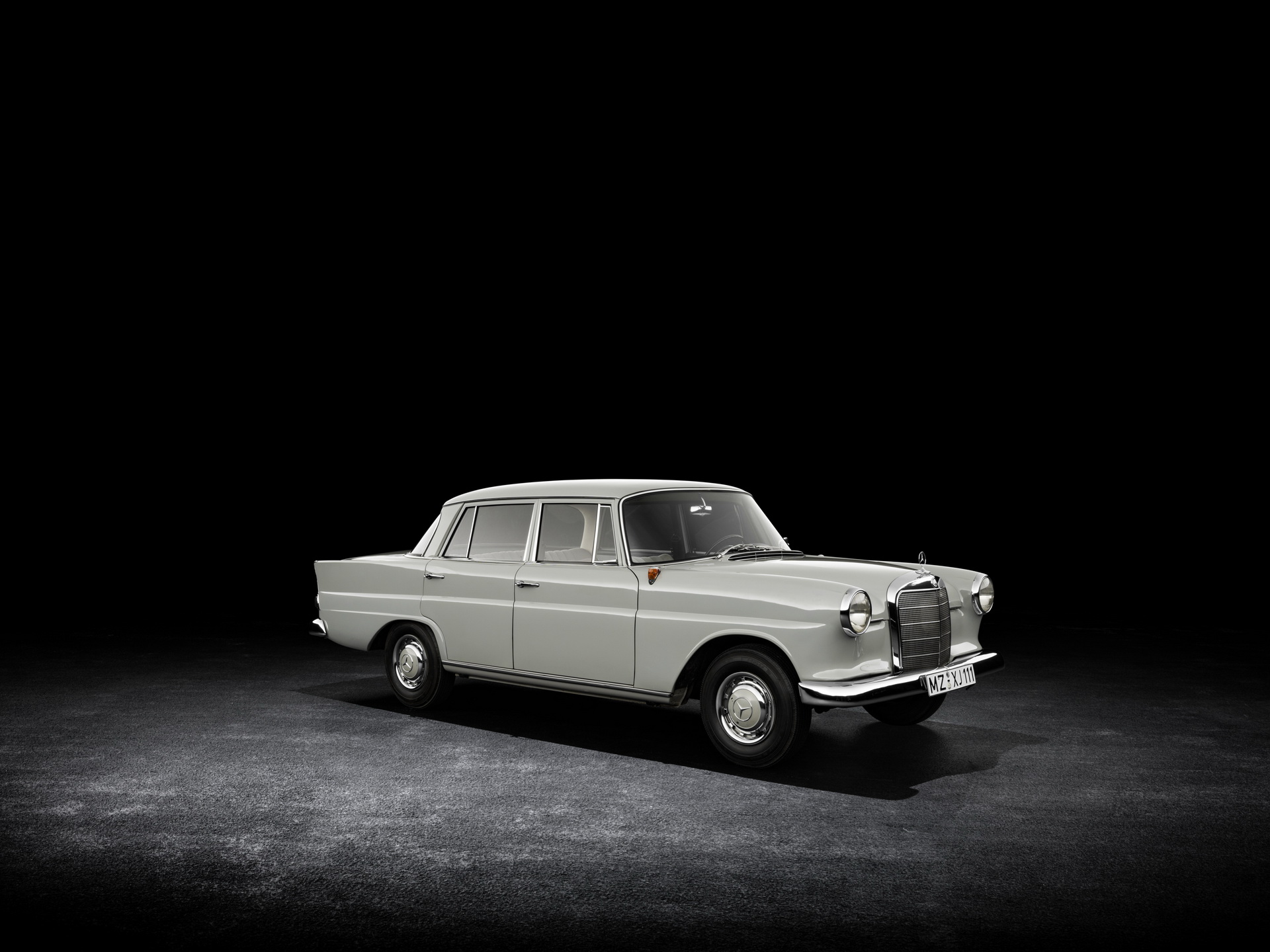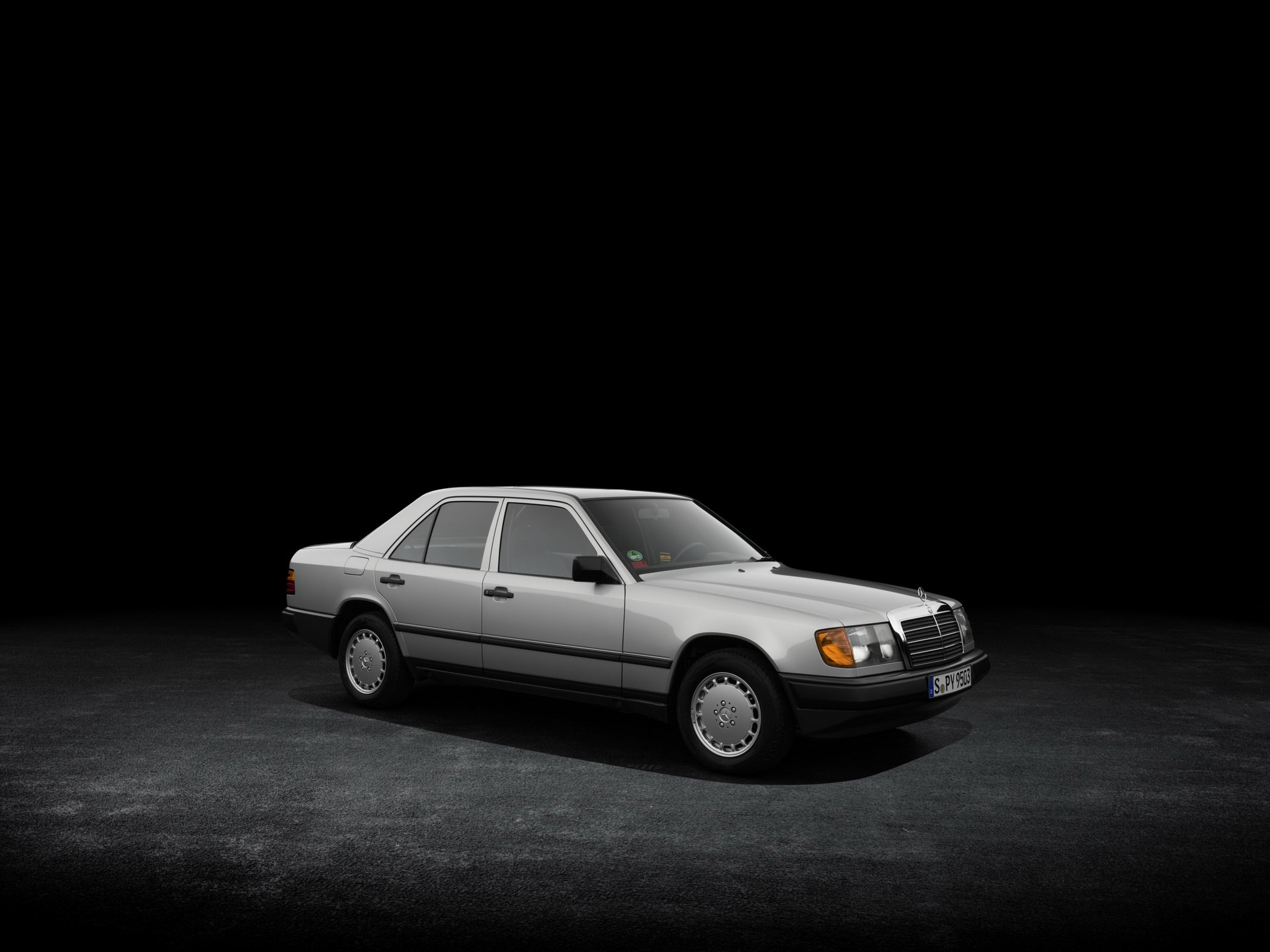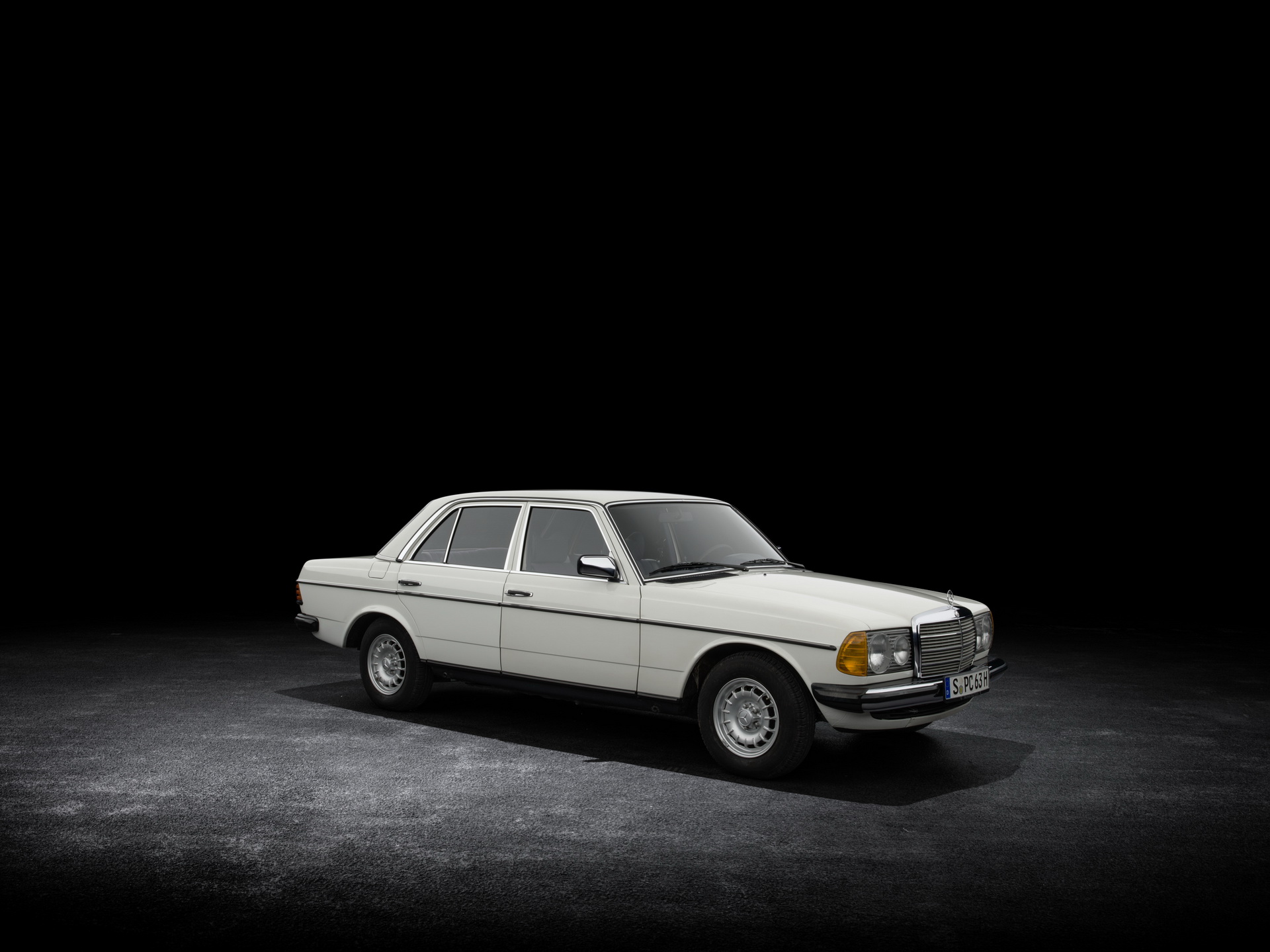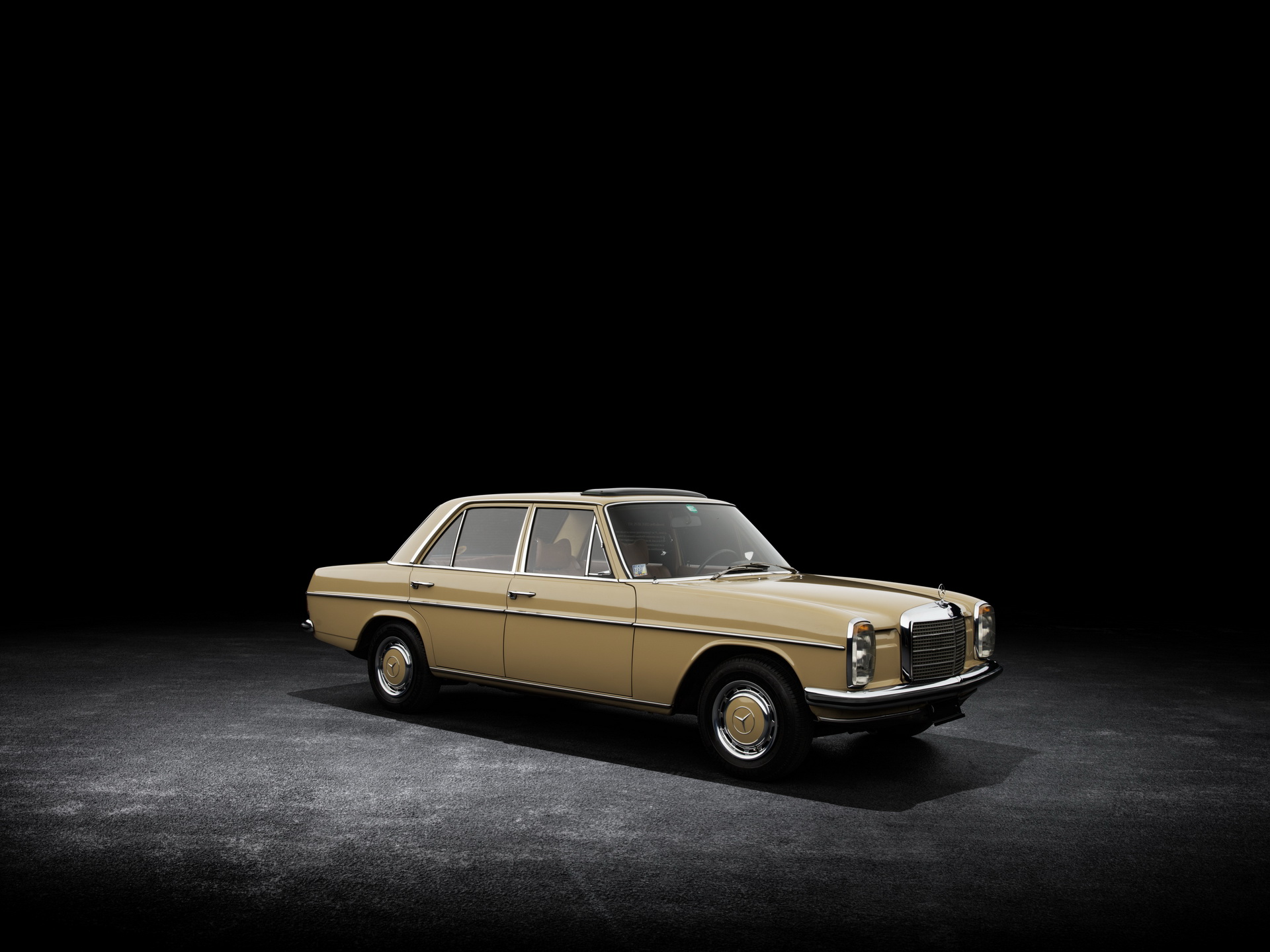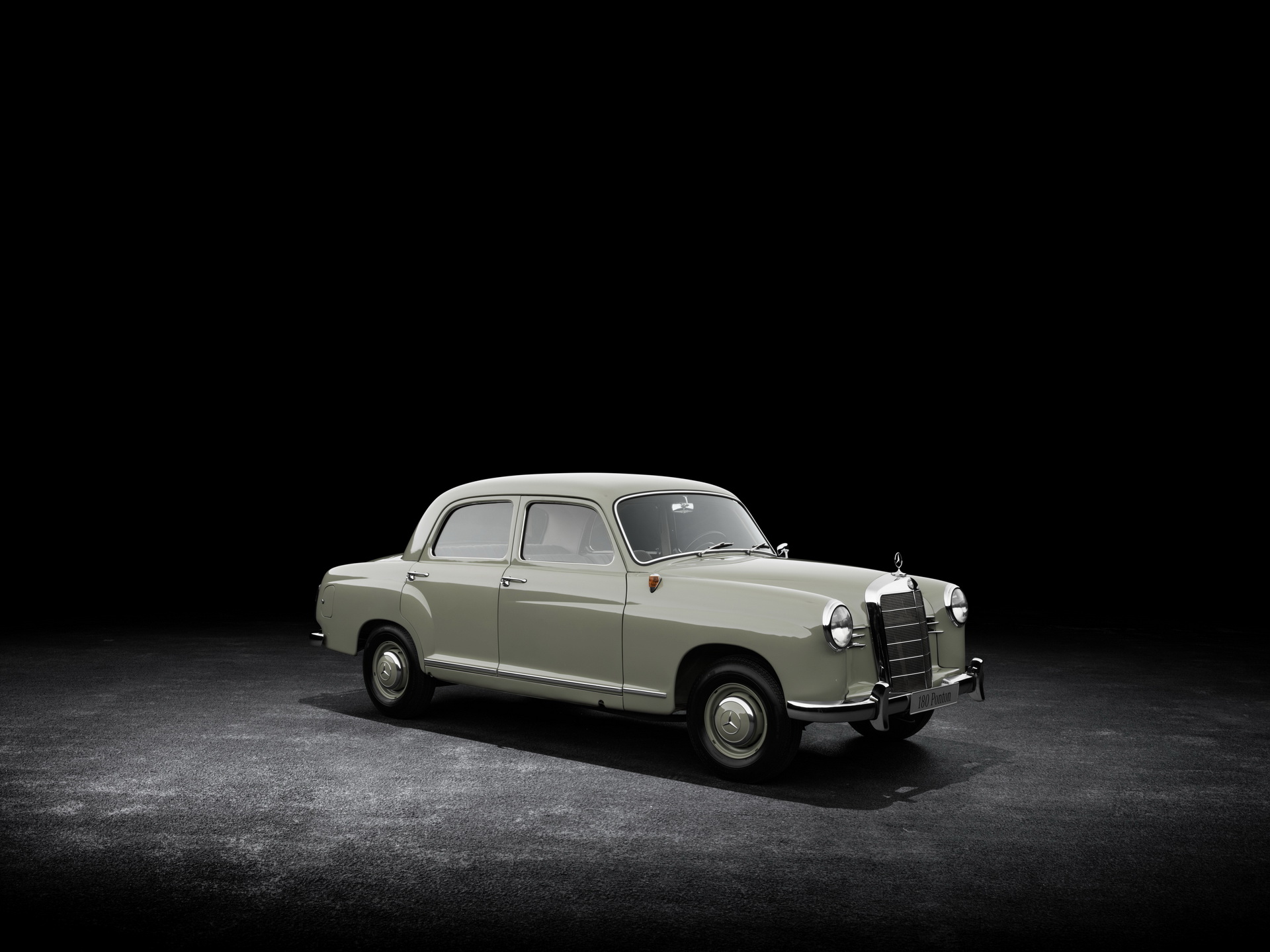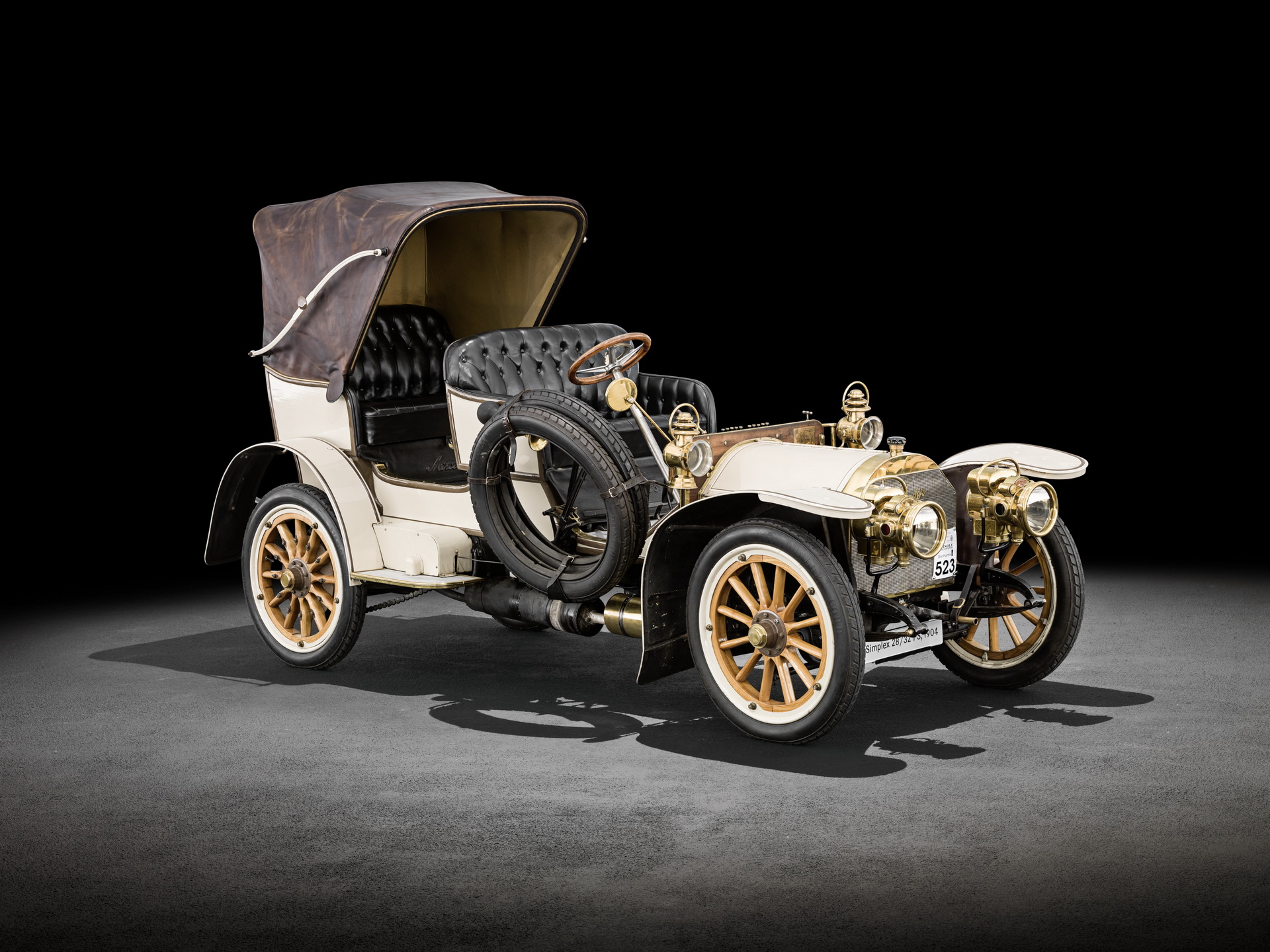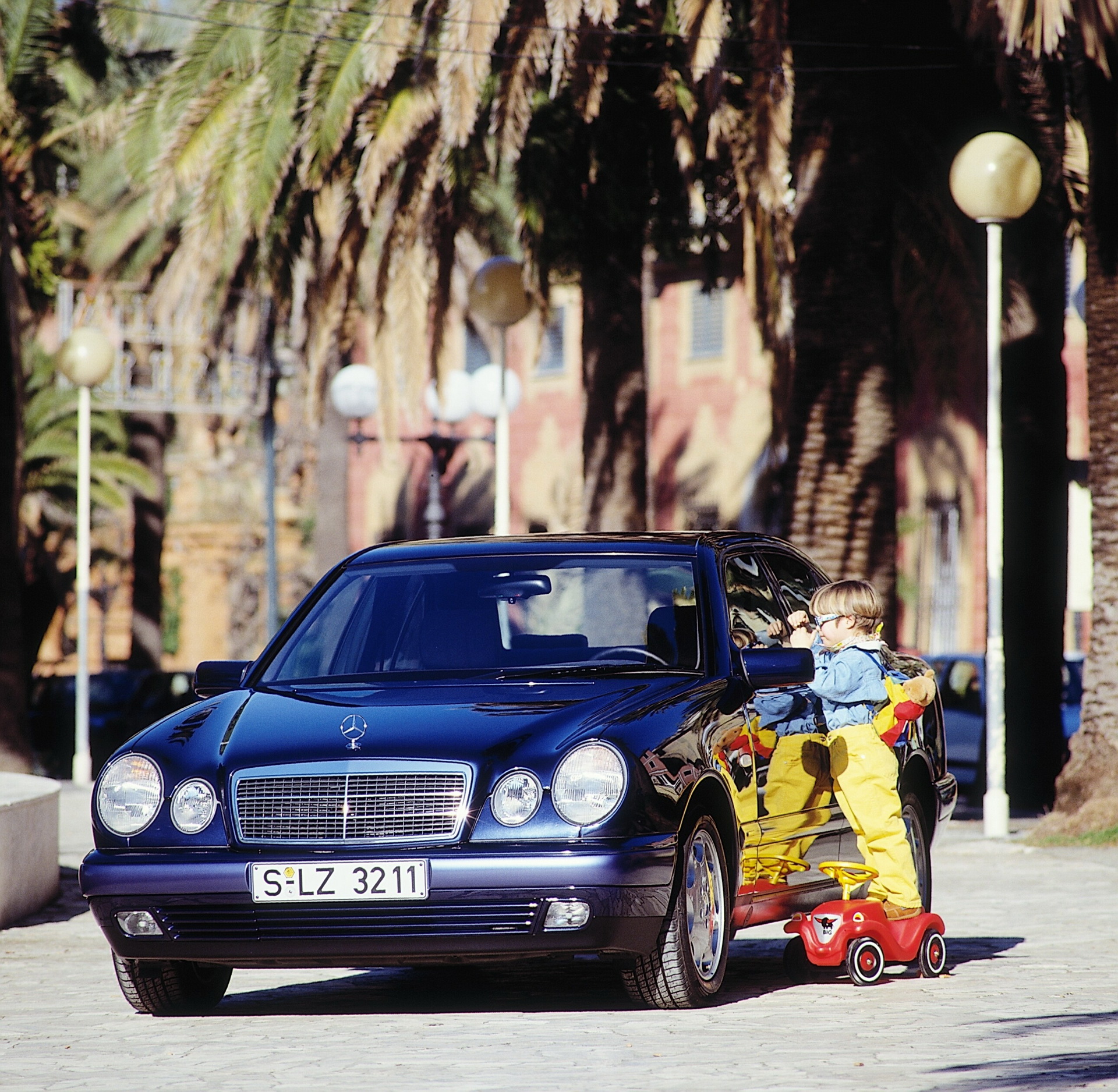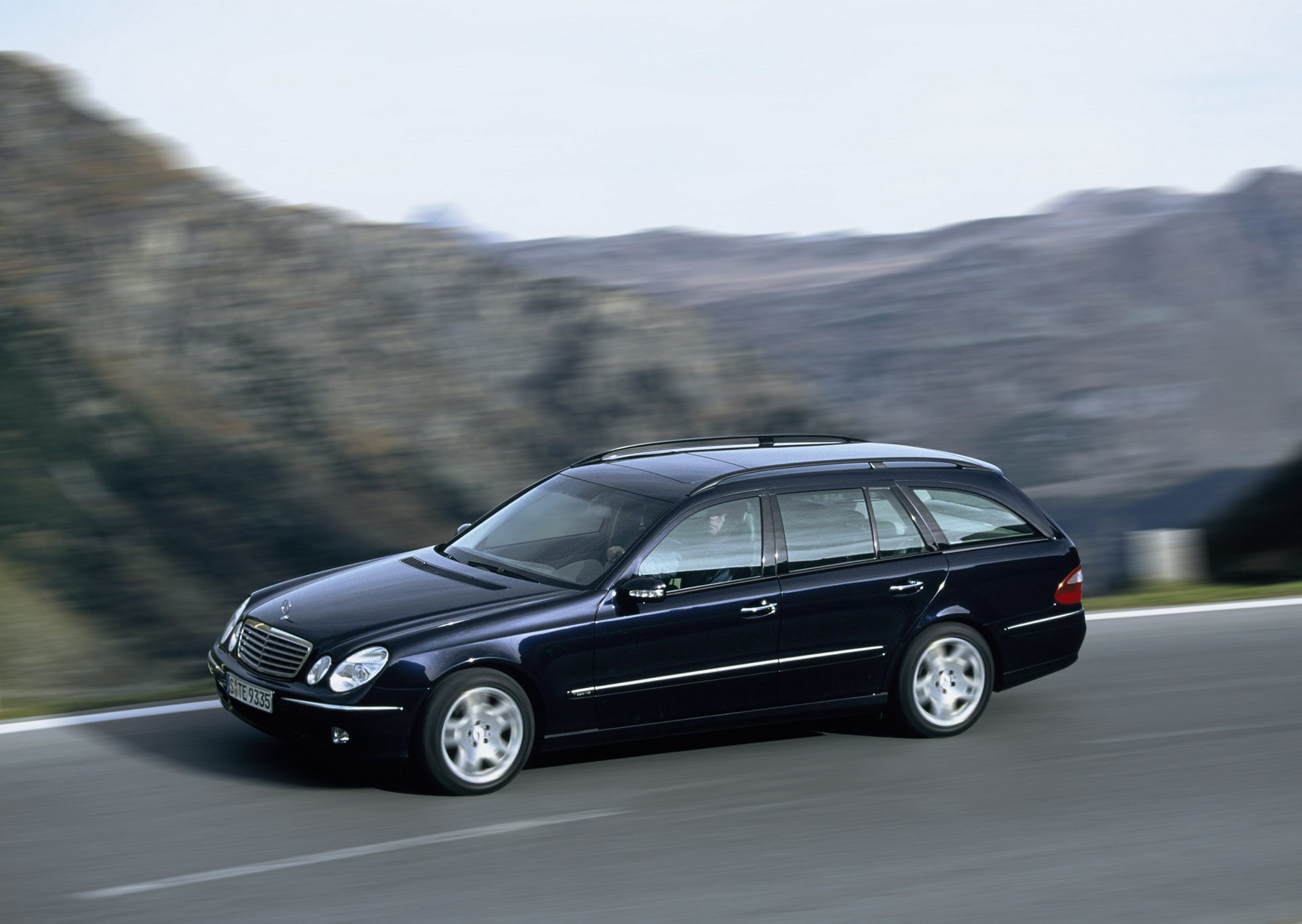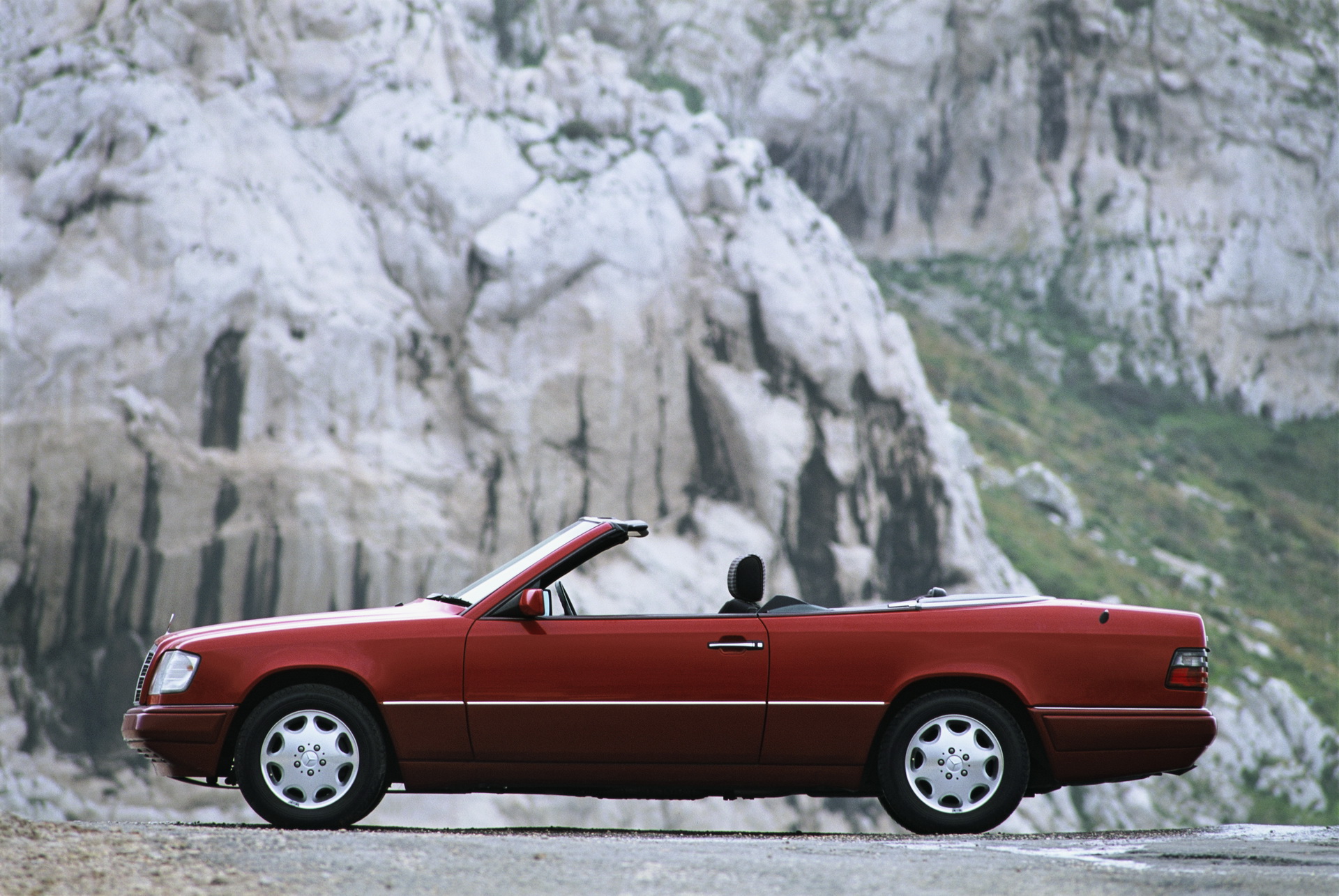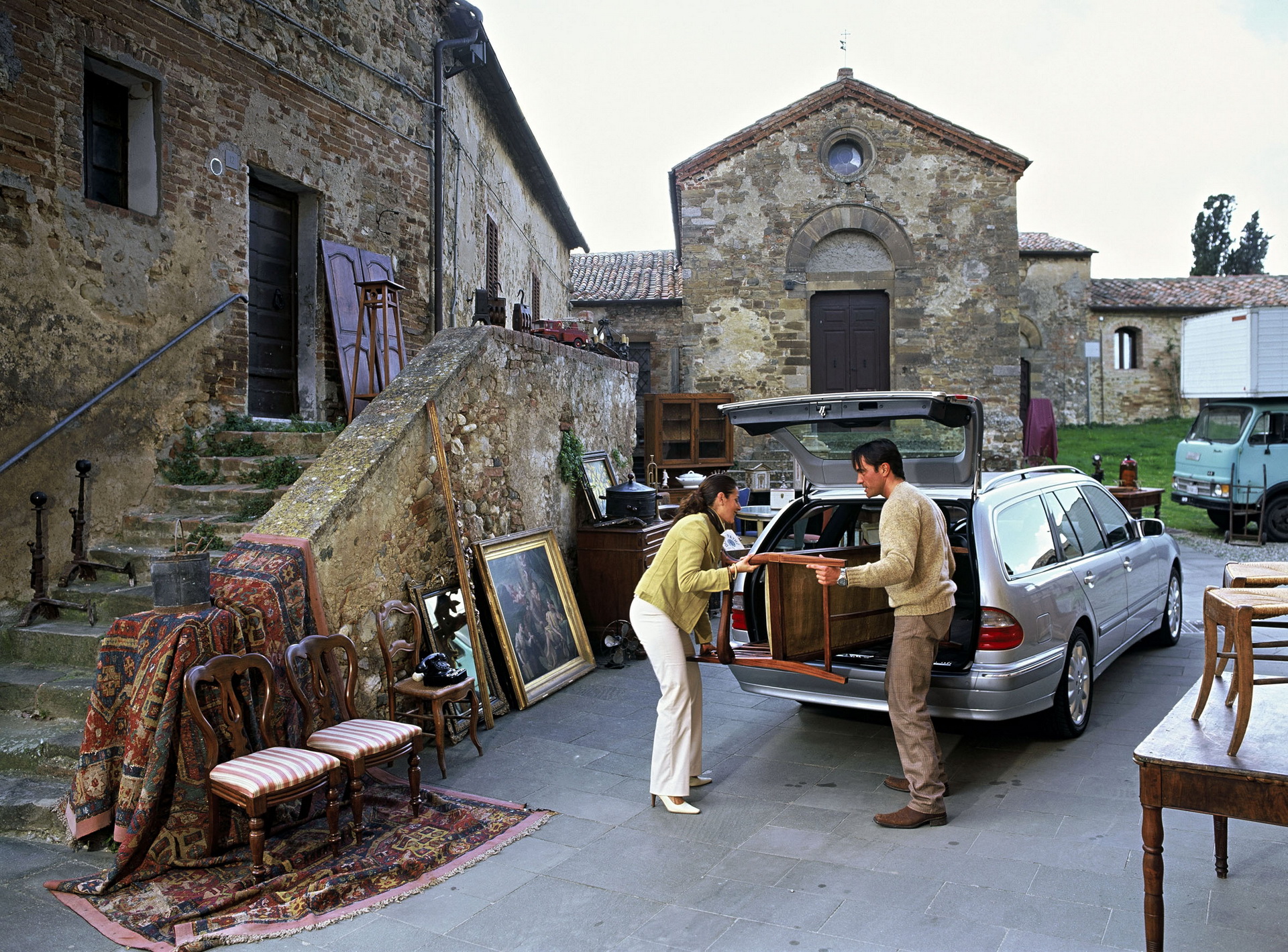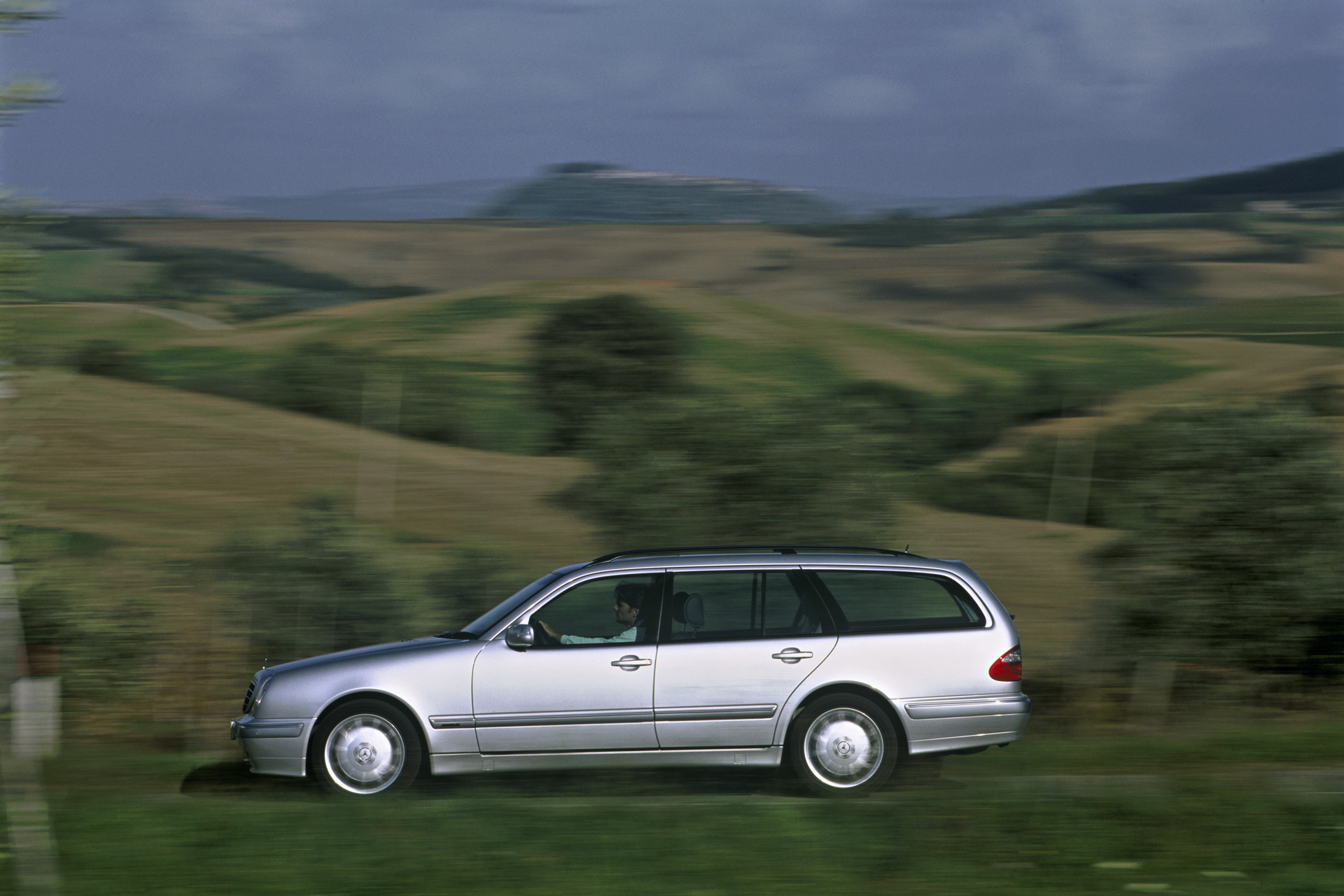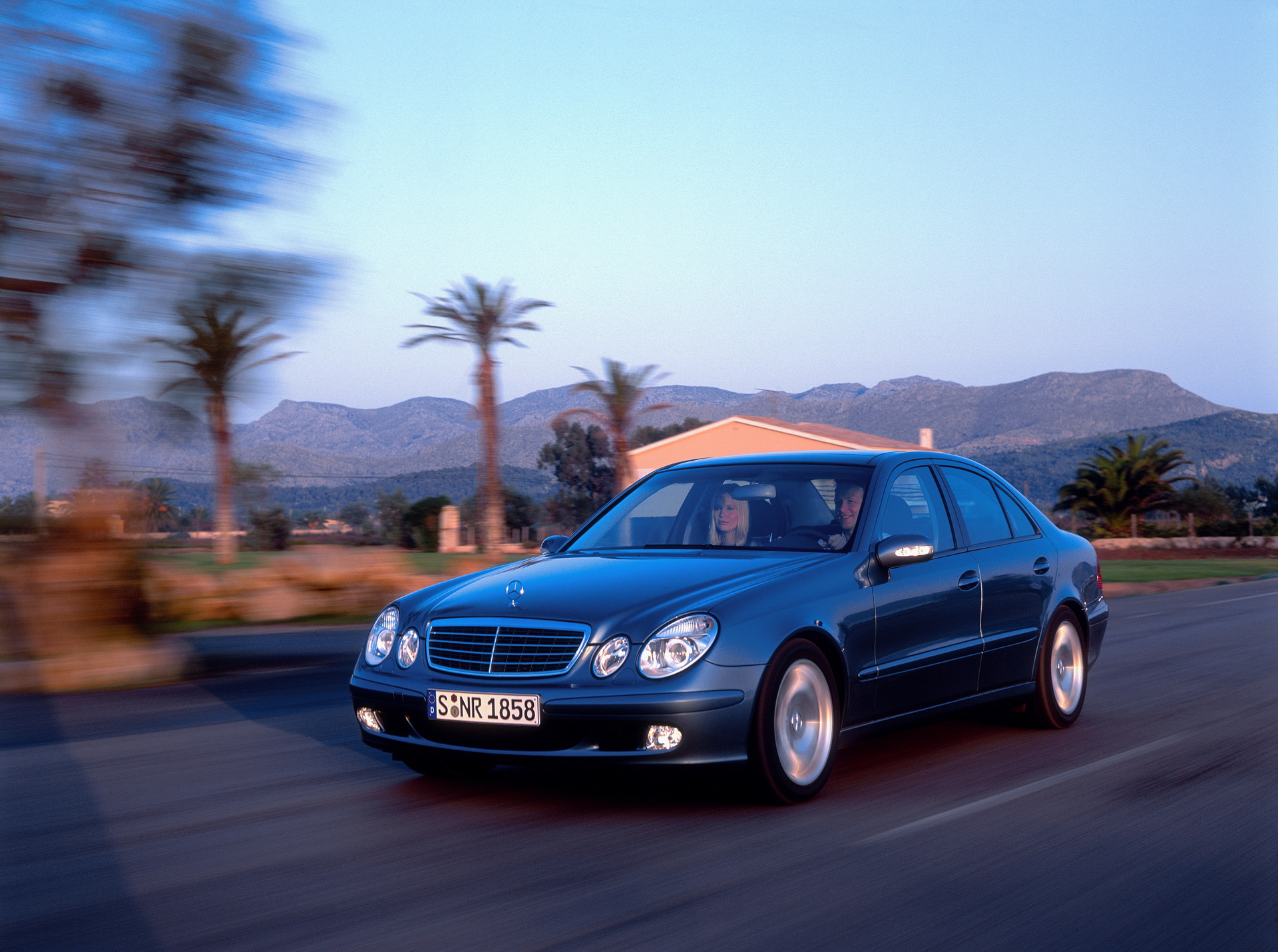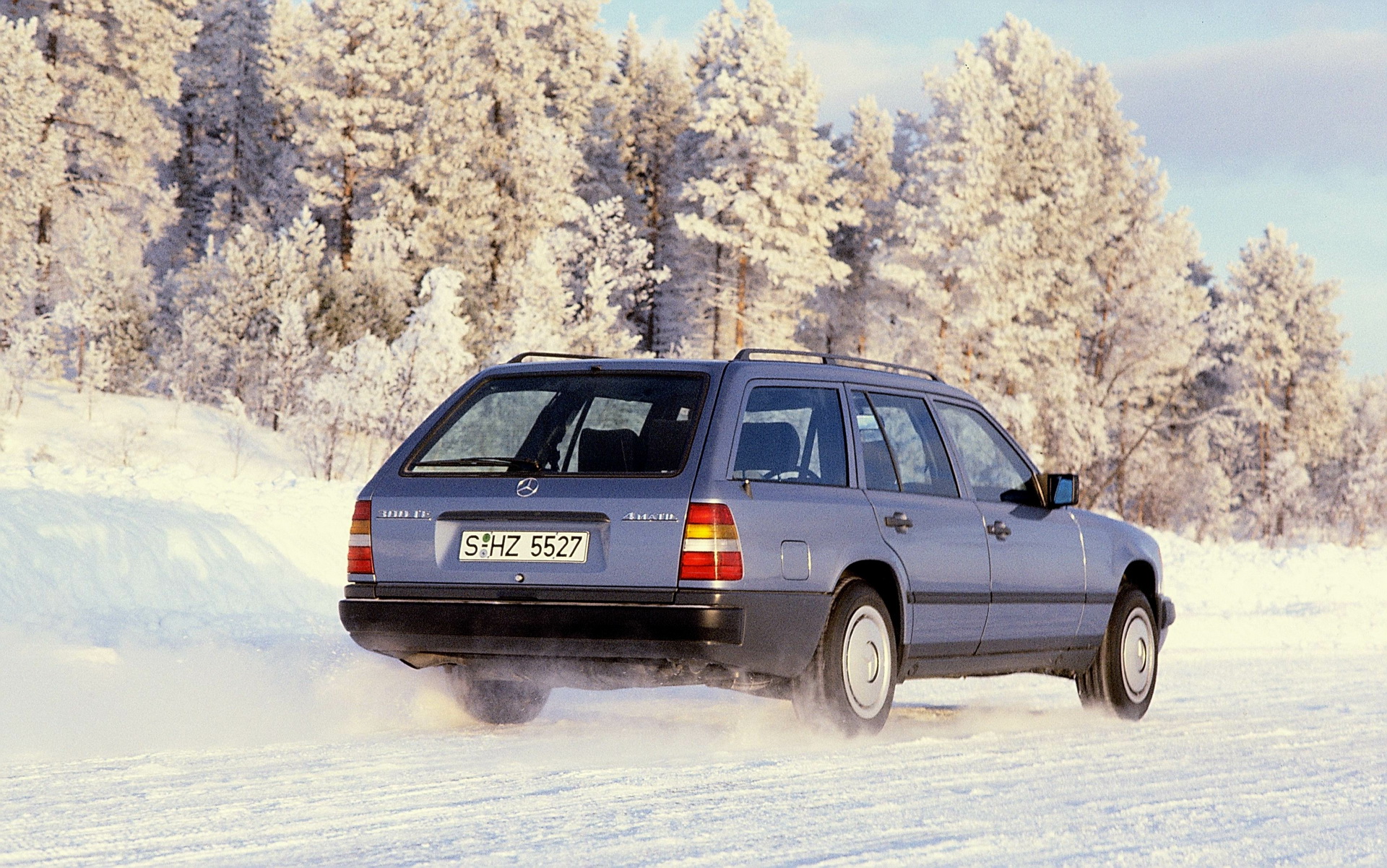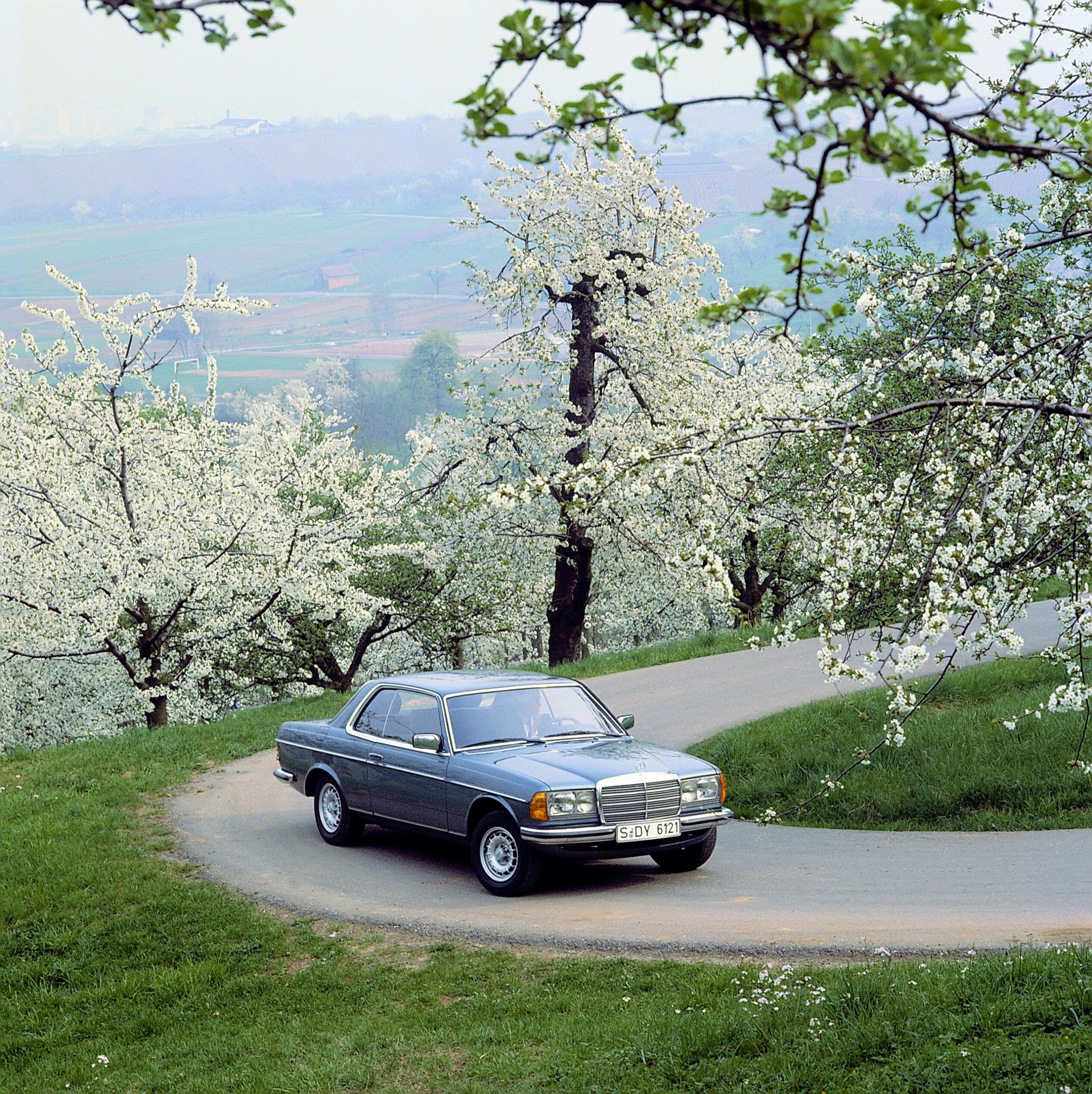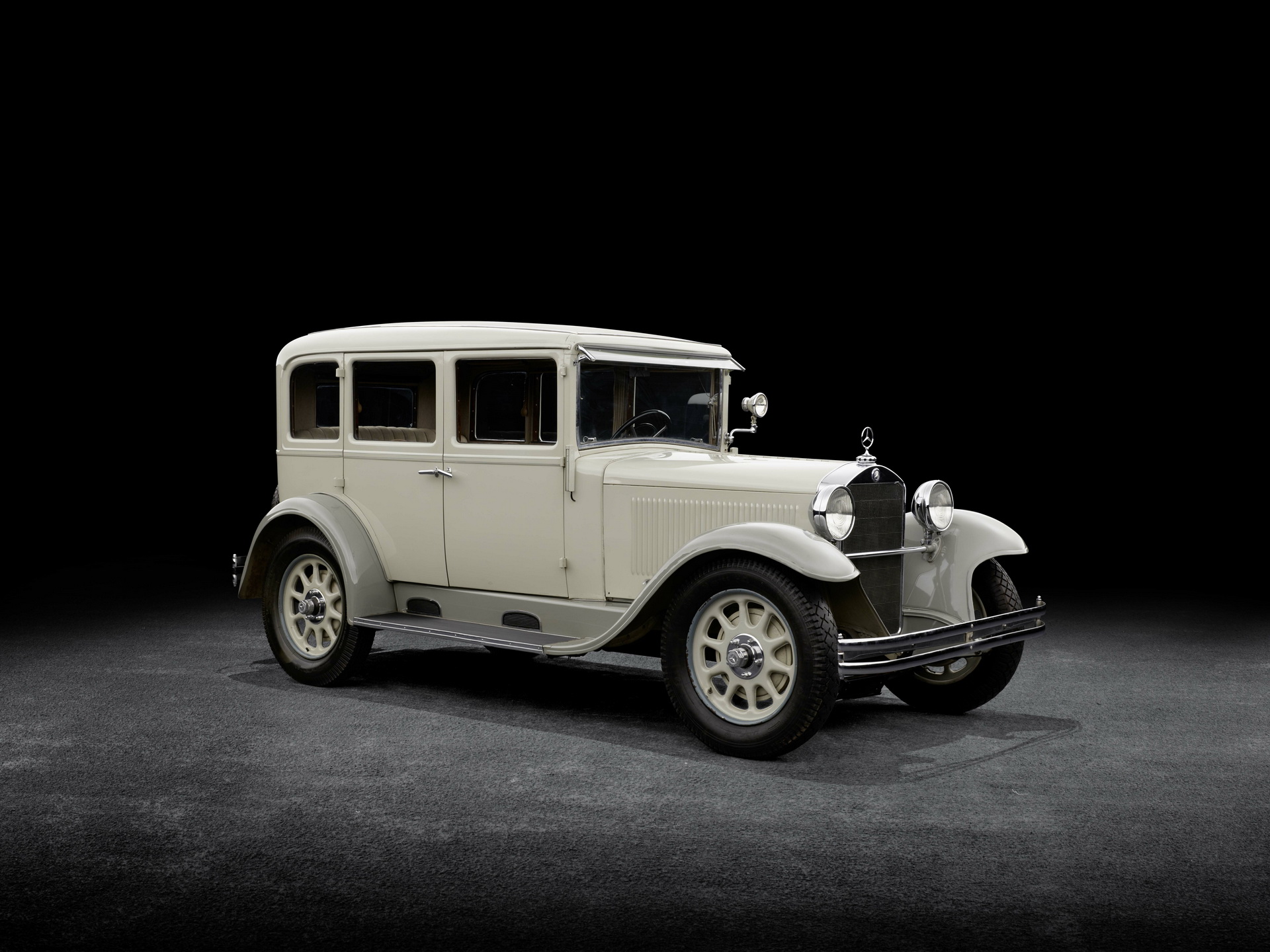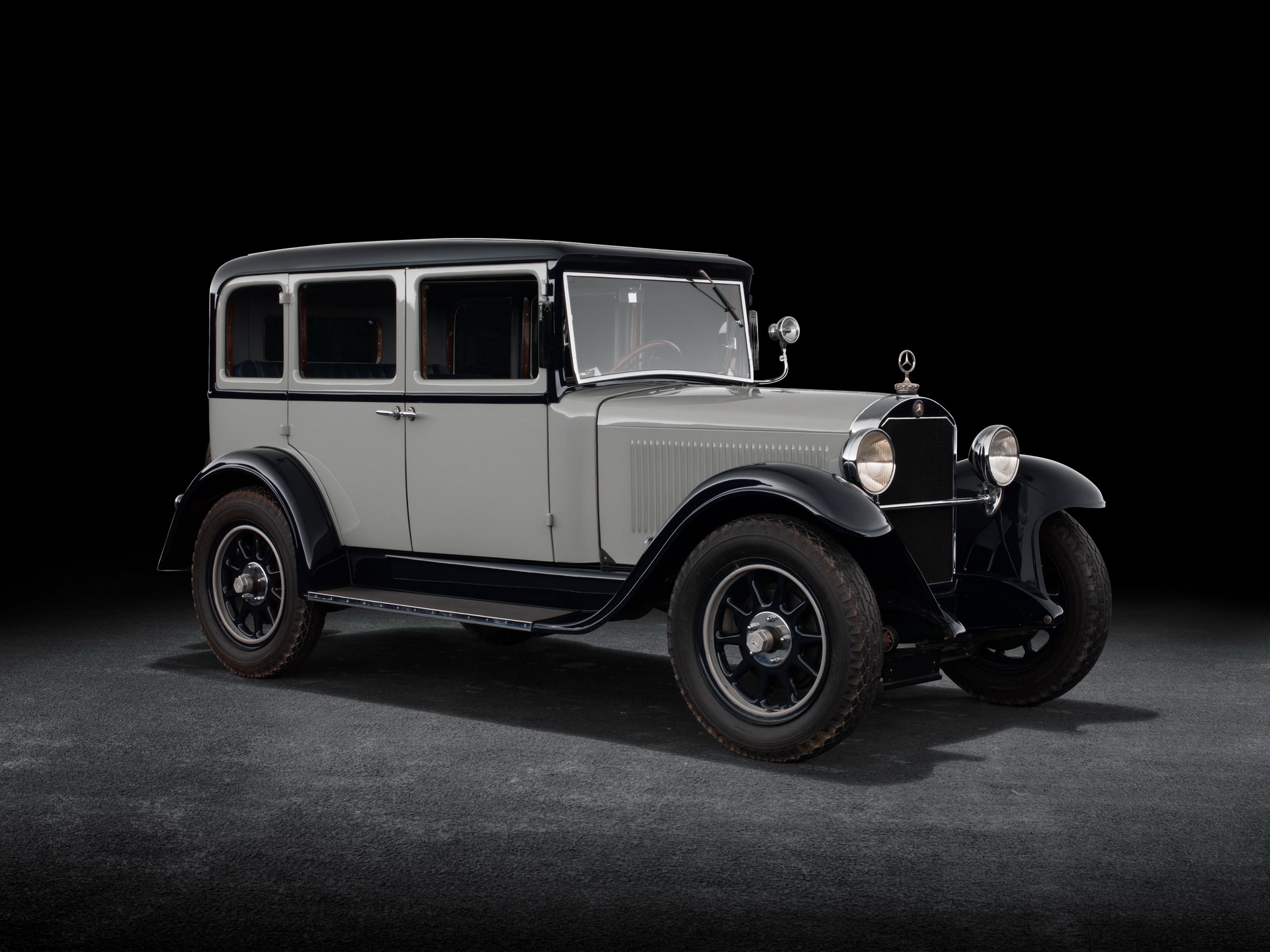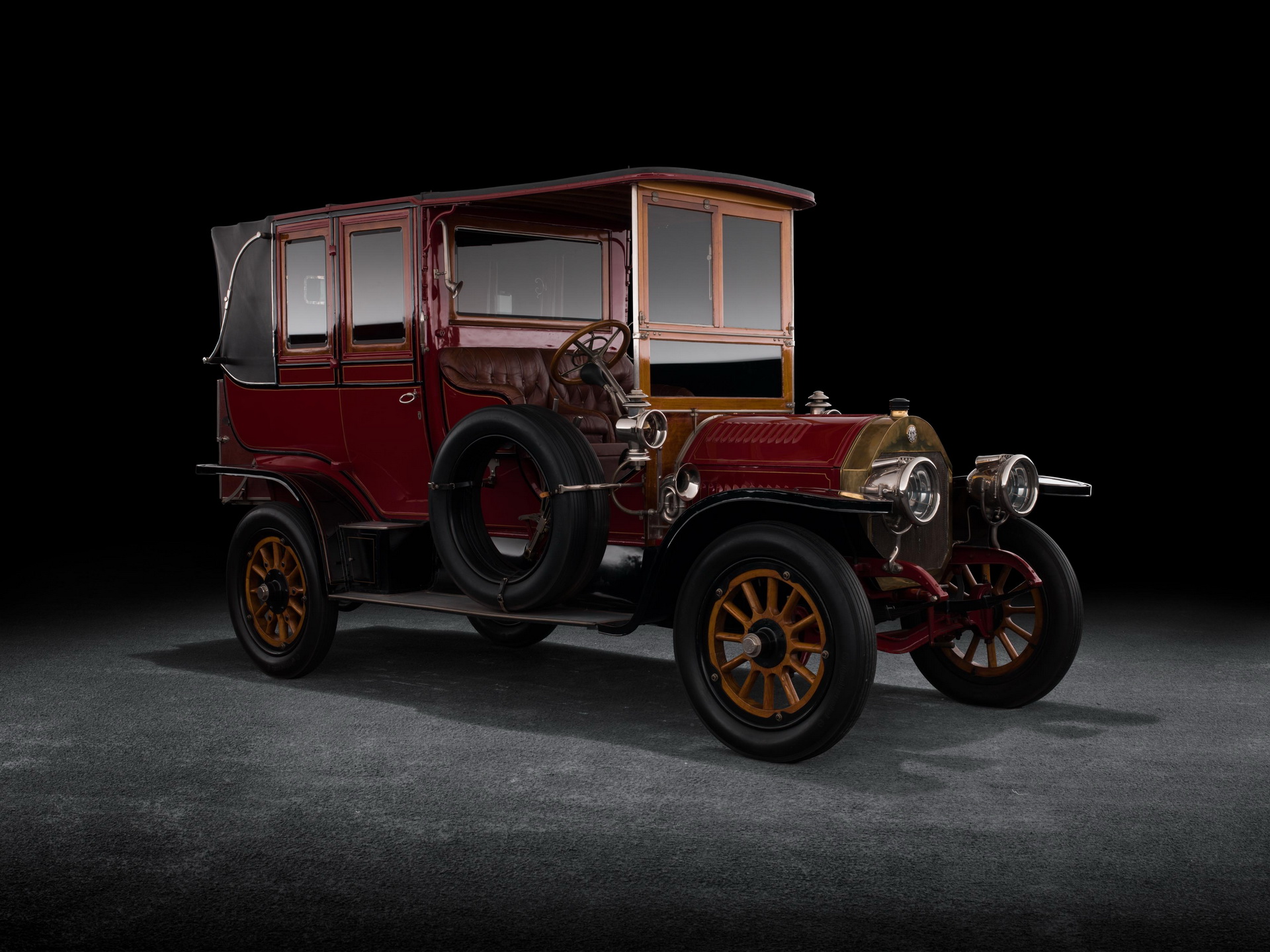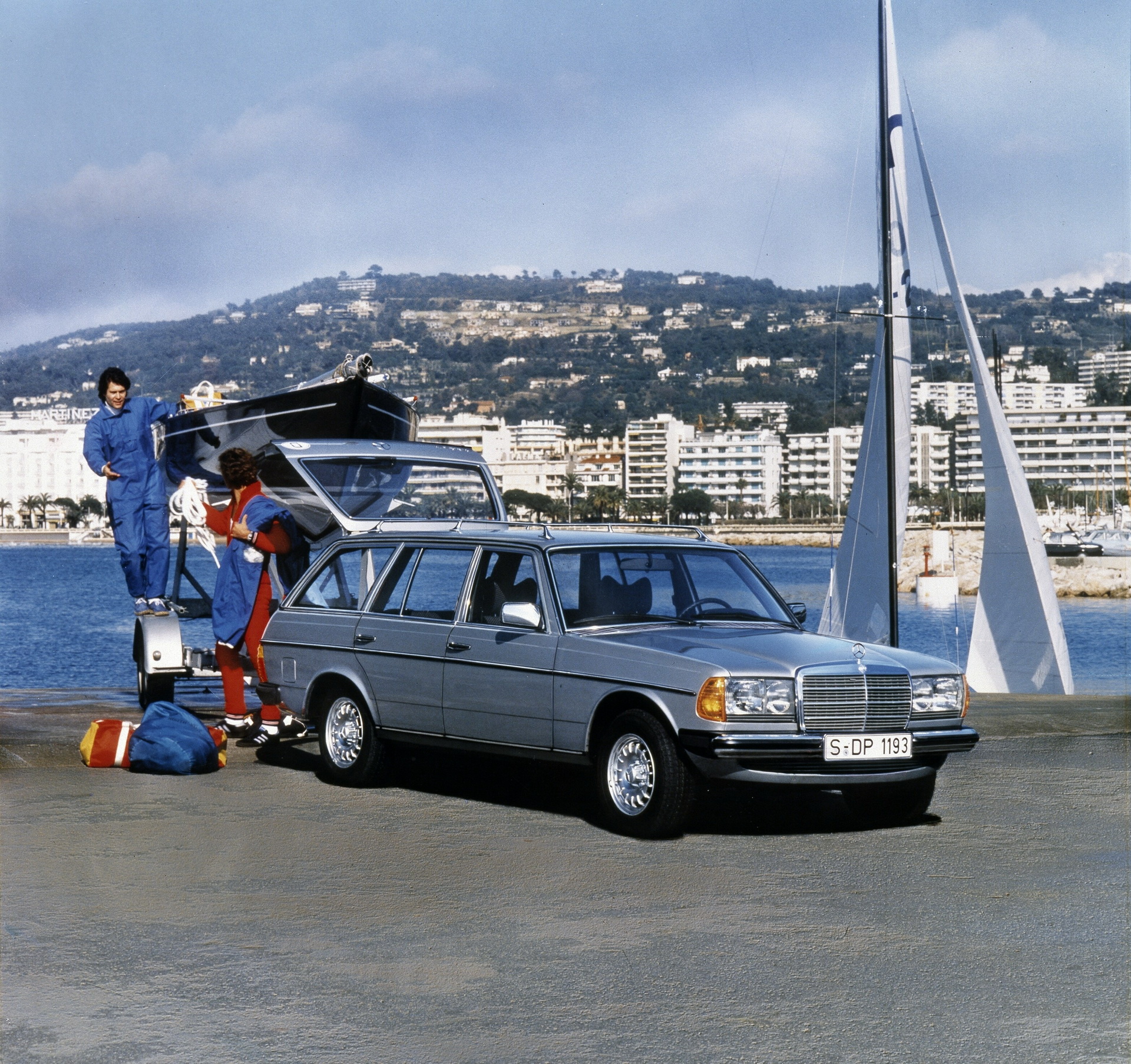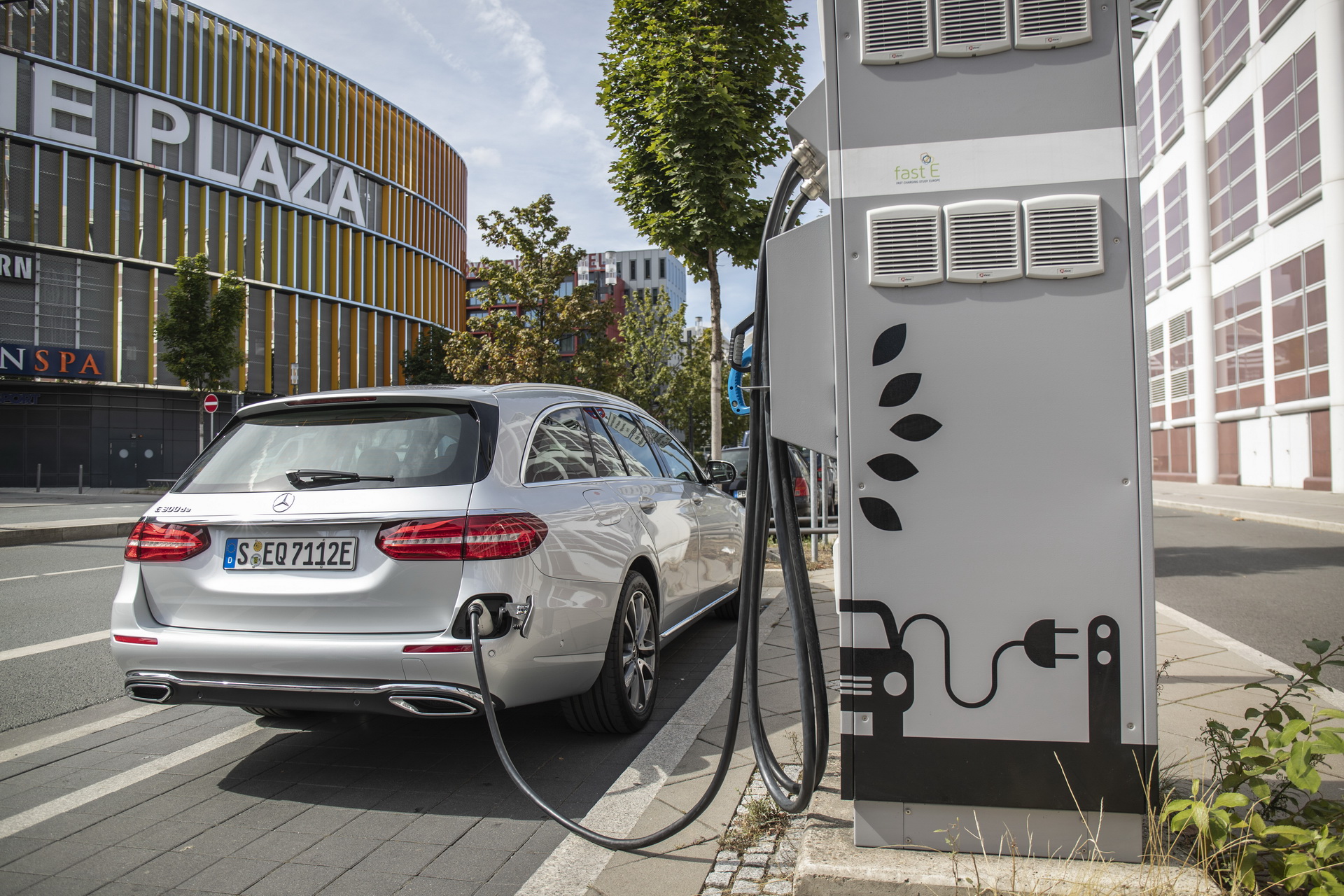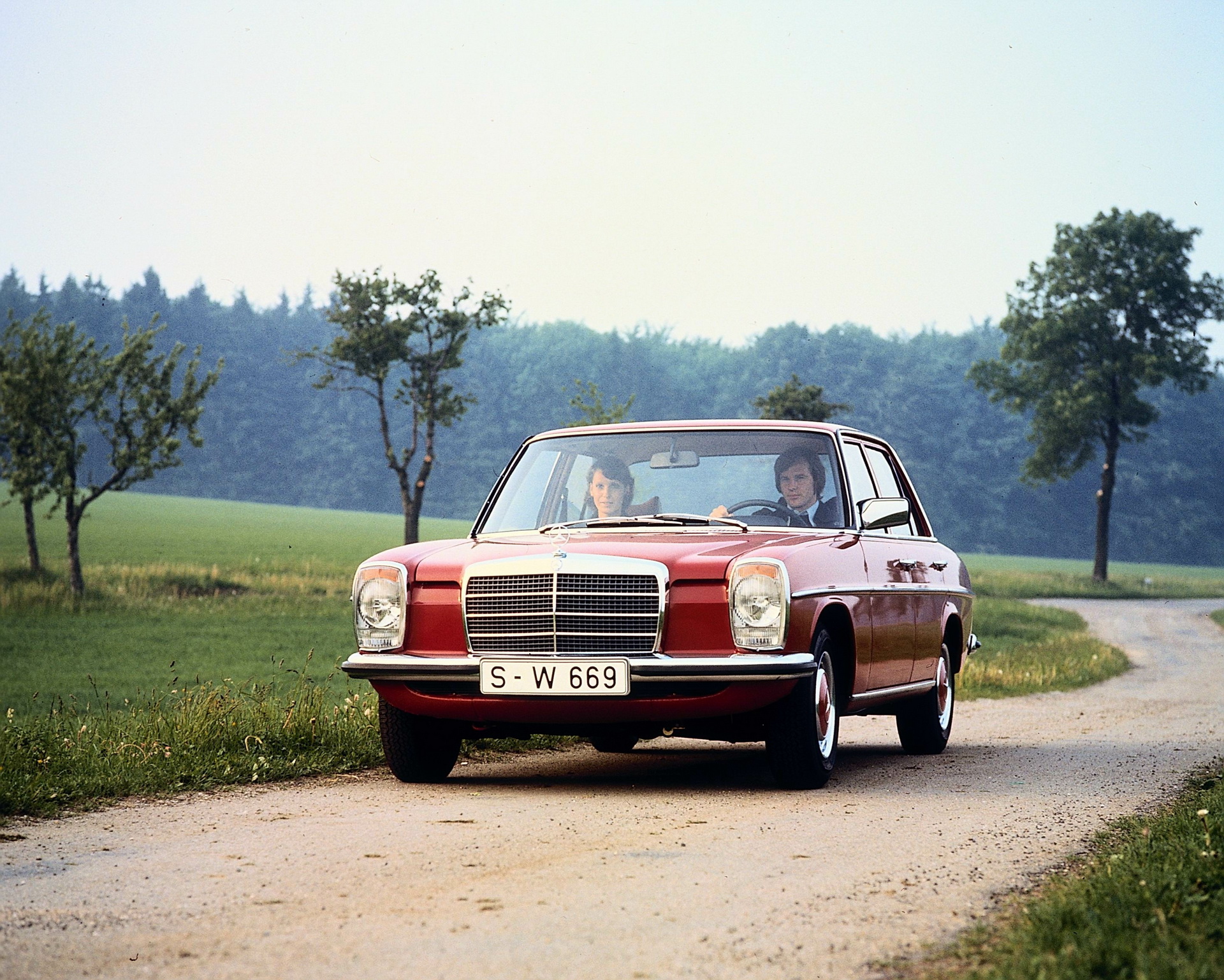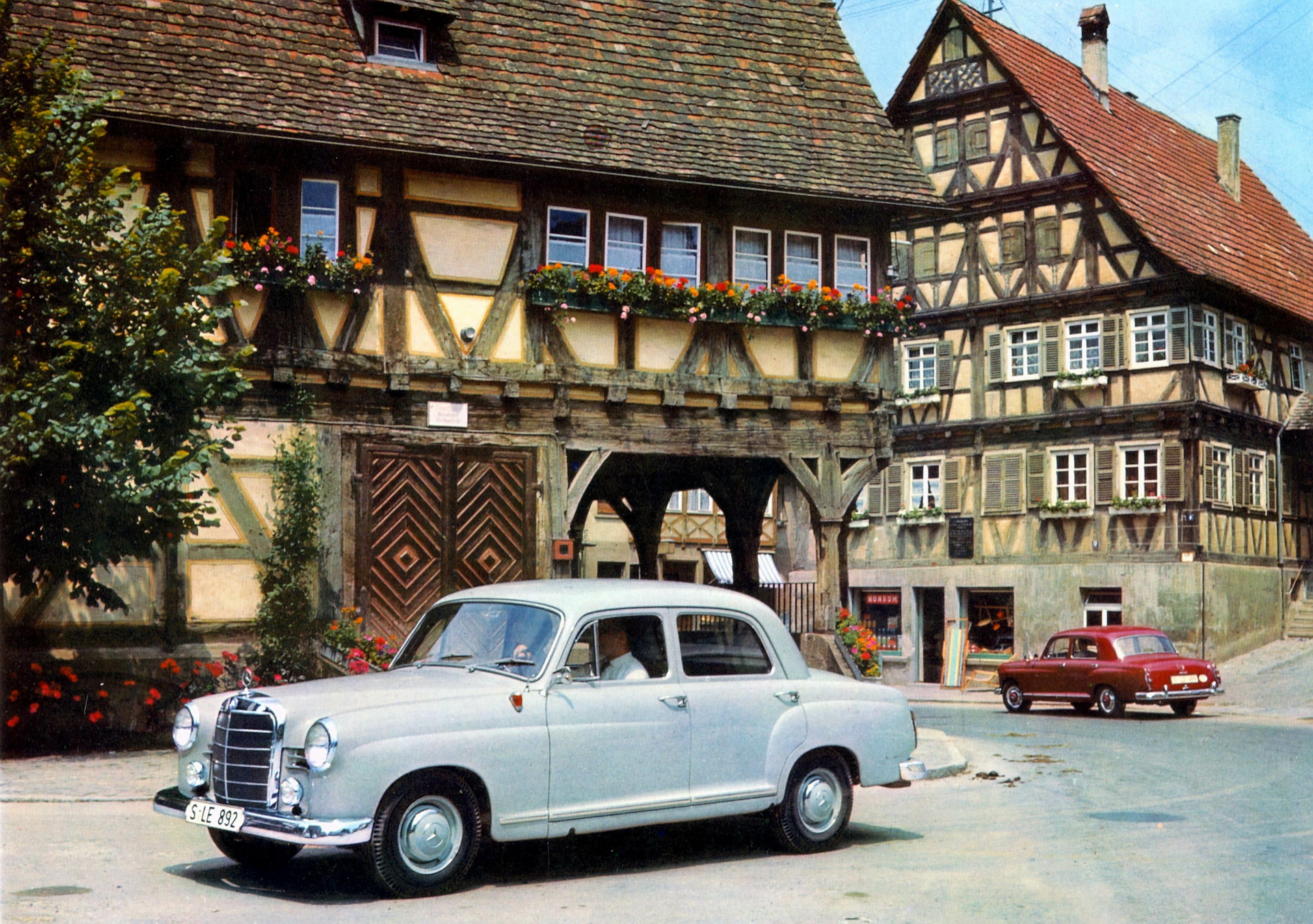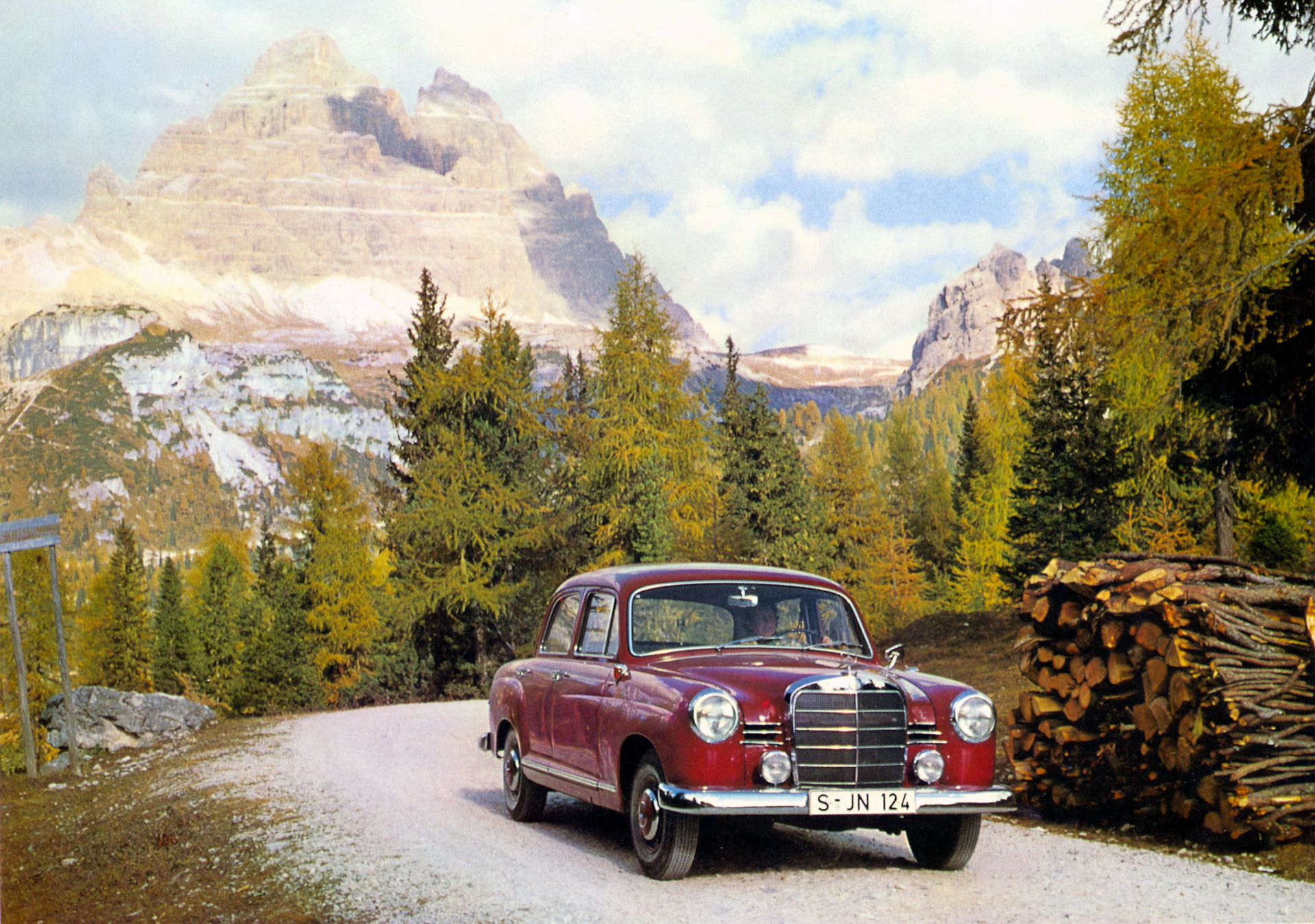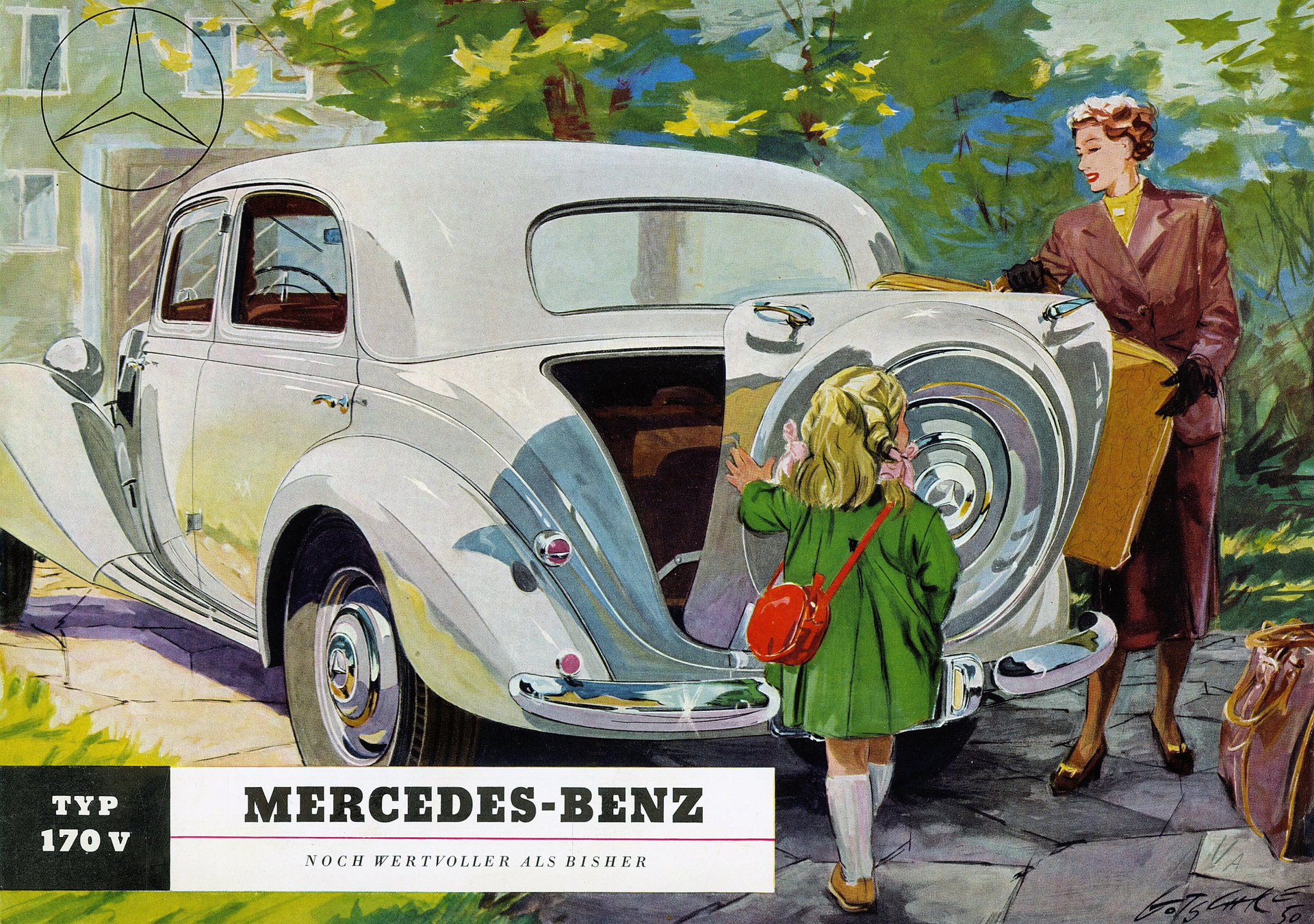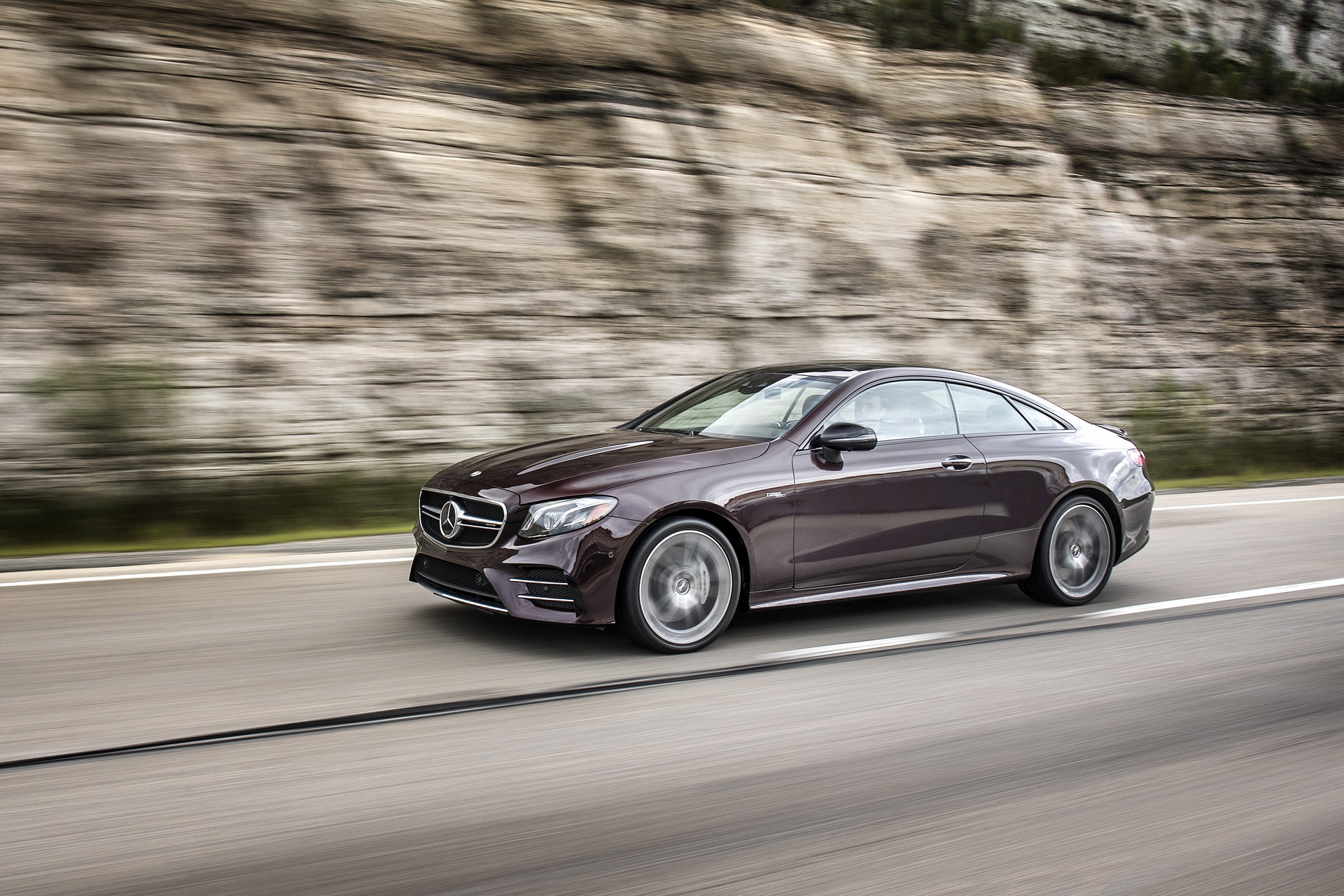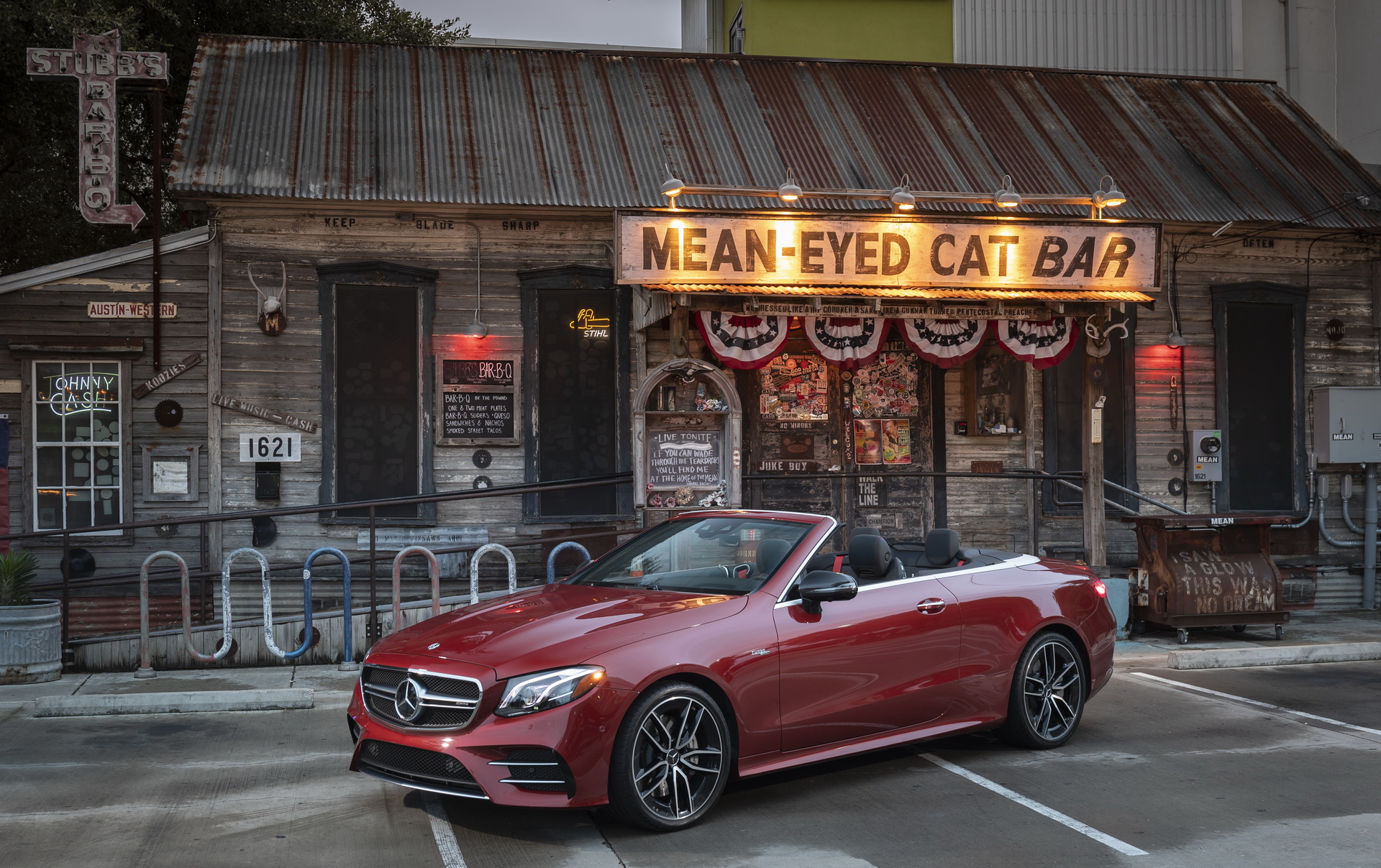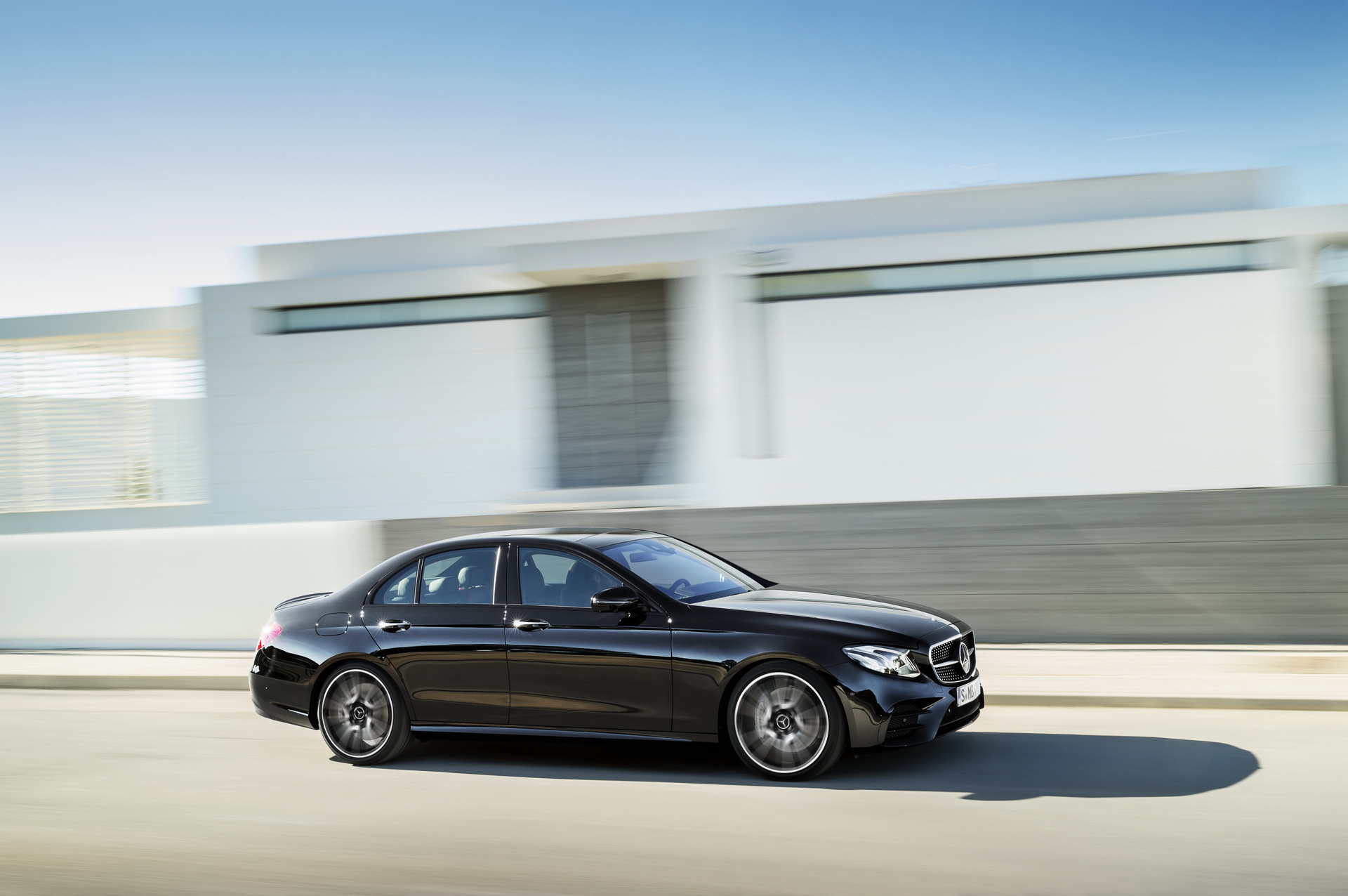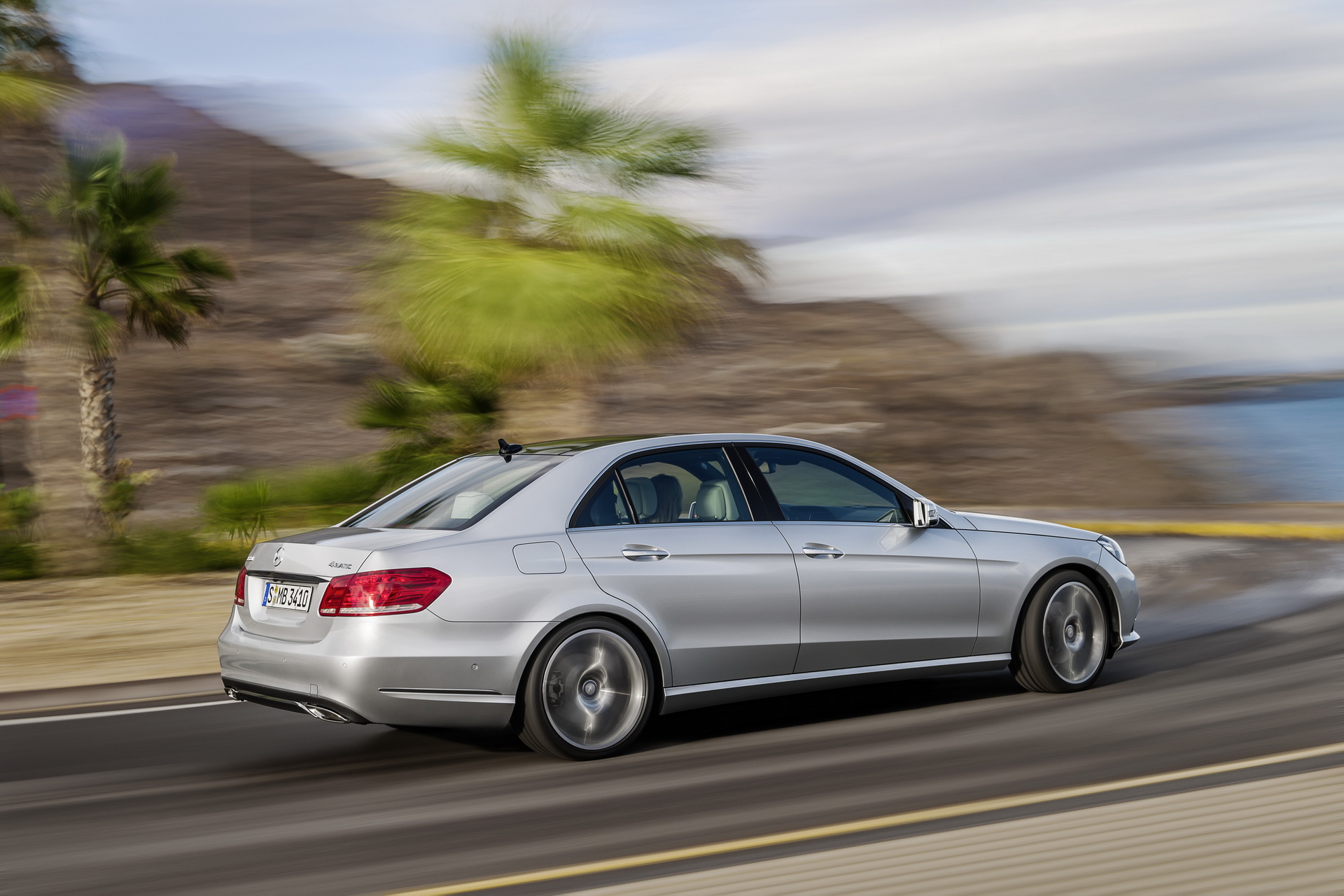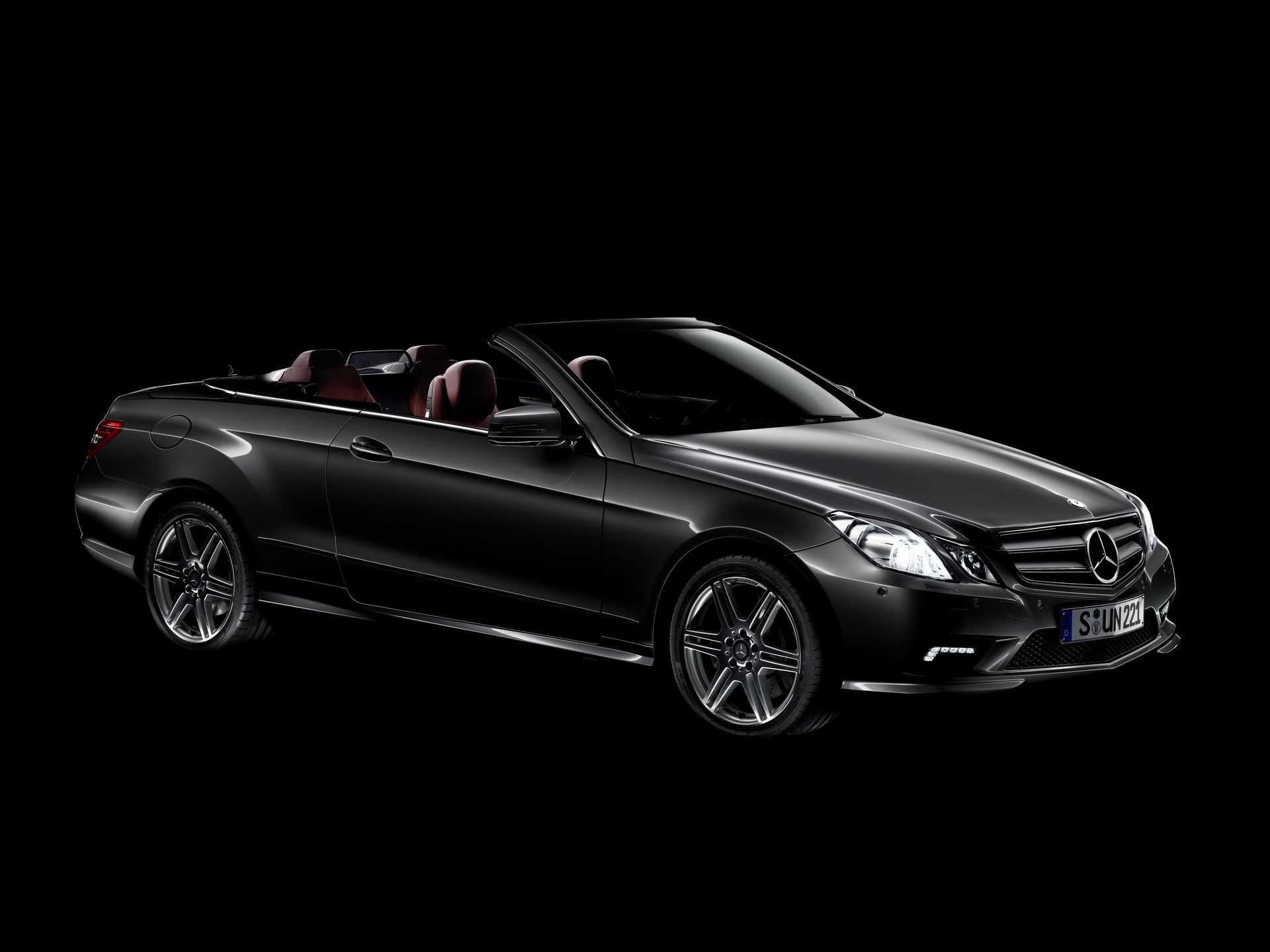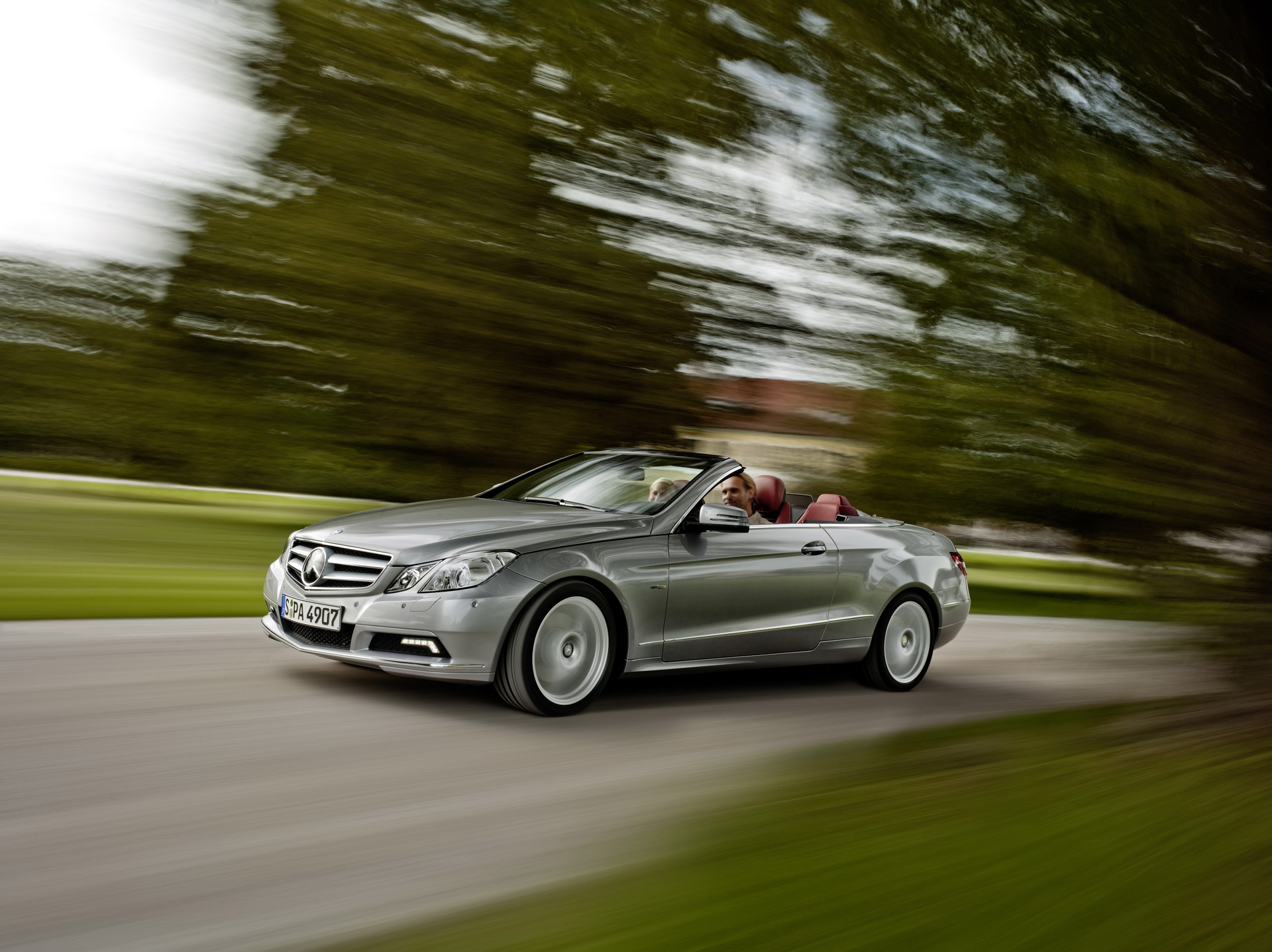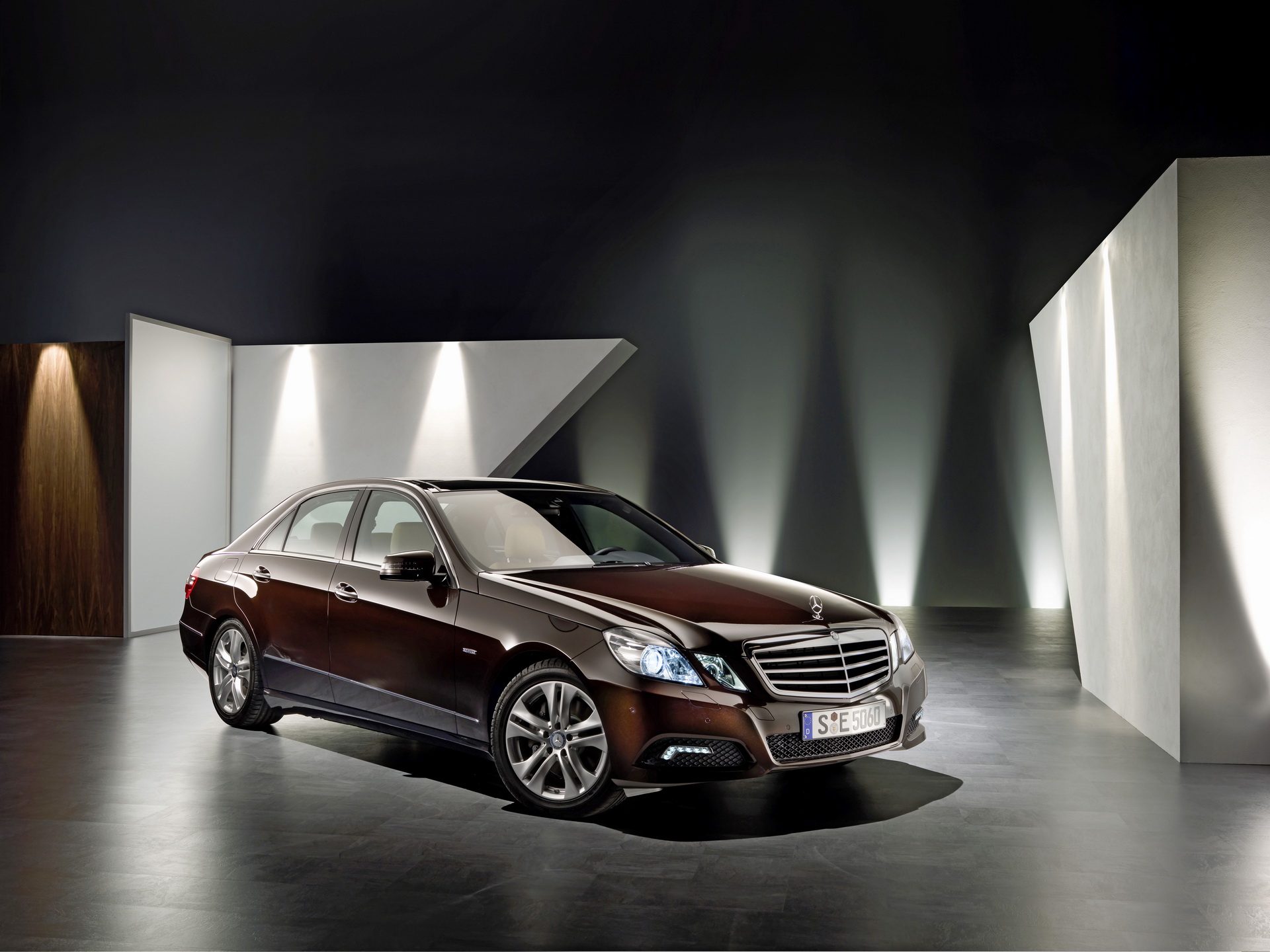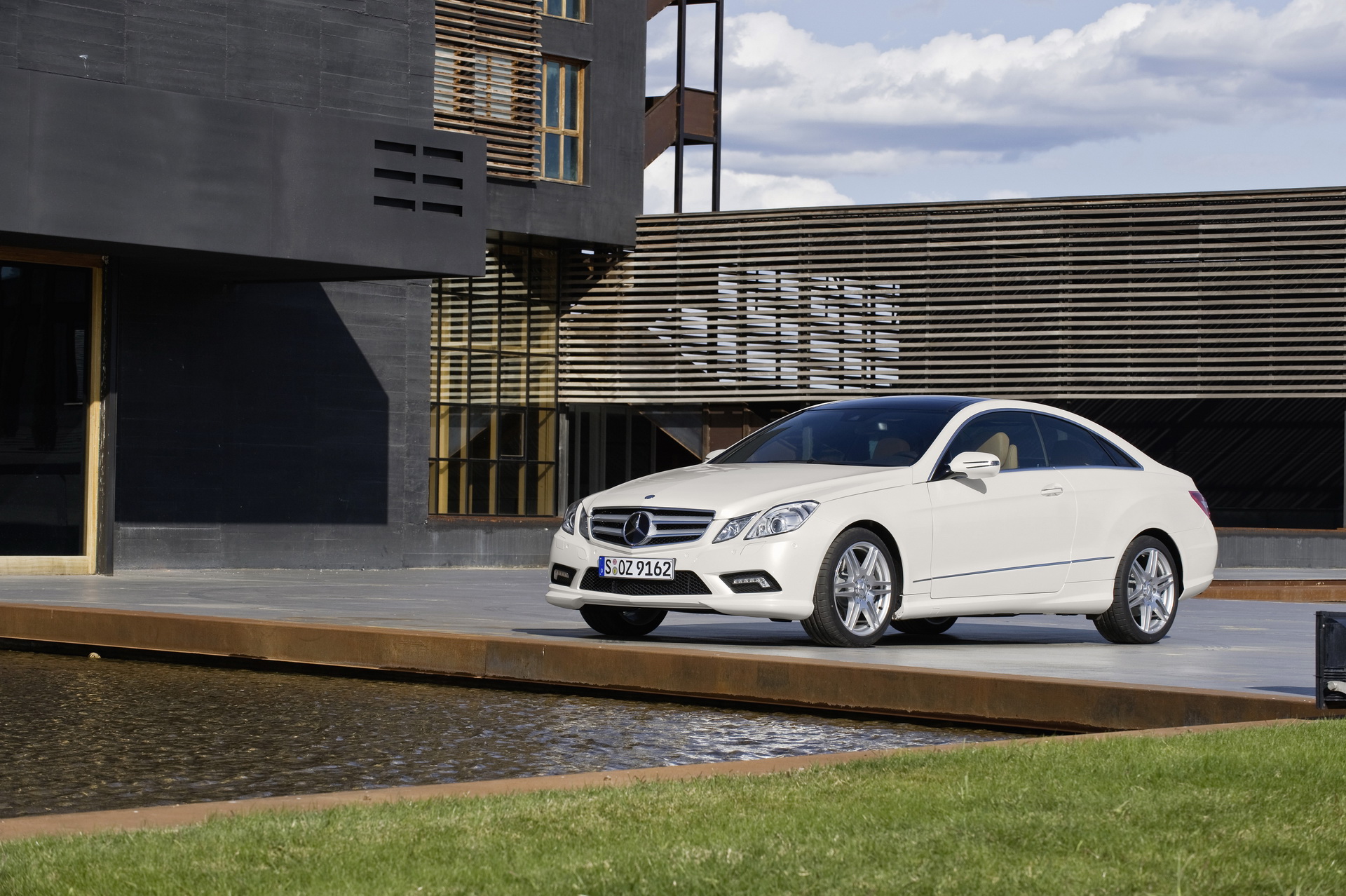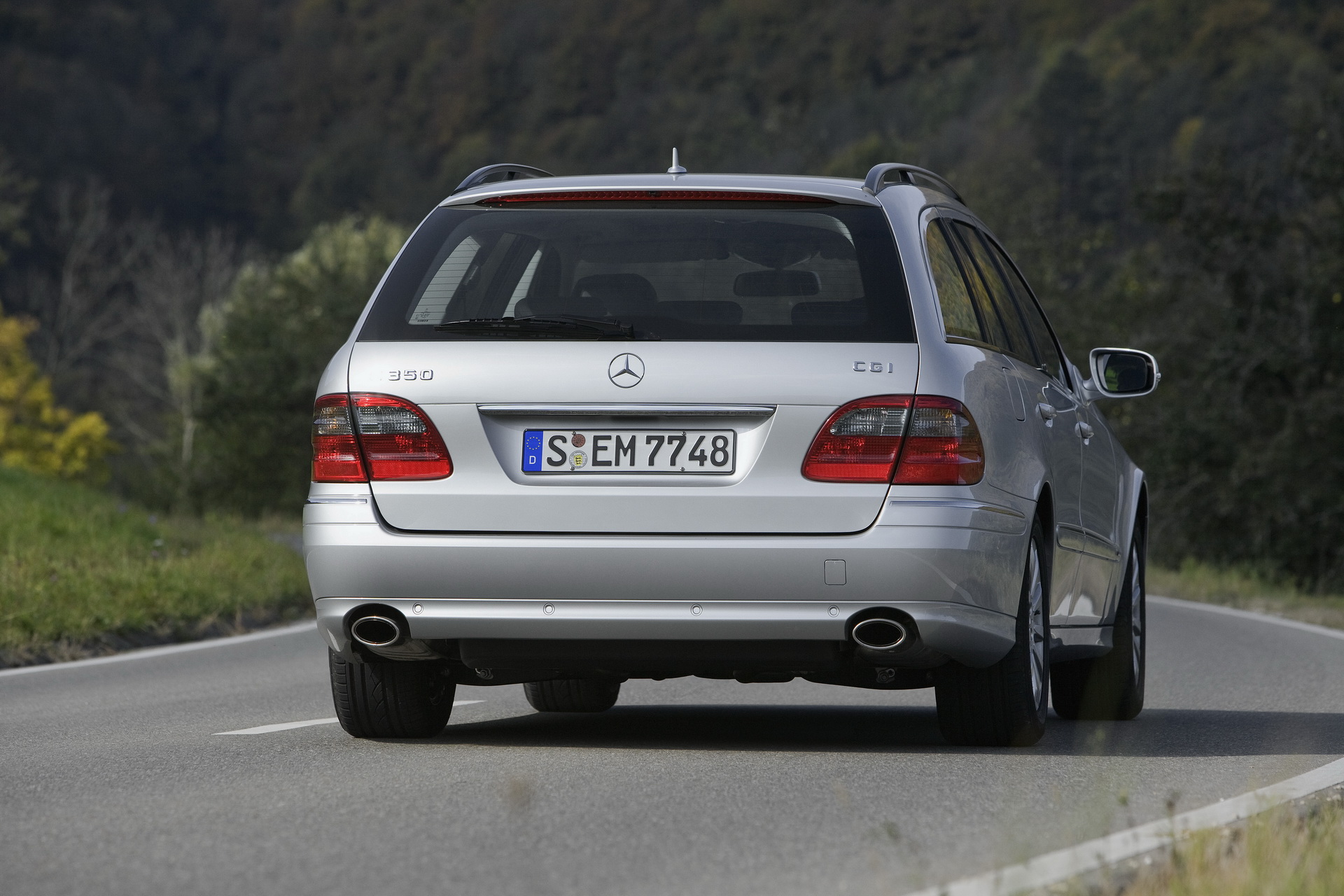Although the E-Class moniker first appeared in 1993 for the W124 generation, Mercedes-Benz’s executive car actually can trace its roots all the way back to 1926.
It was then when the newly formed Mercedes-Benz brand launched the type 8/38 PS (W02), which was named the Stuttgart 200 two years later. The range included the 200 (W21), 230 (W143) and 260 D (W138), launched in 1933, 1936 and 1936 respectively, with the latter being the world’s first passenger car powered by a diesel engine.
1946-1955: 170 V to 170 DS
After the end of World War II, the company resumed passenger car production in 1946 with the 170 V. The model was actually produced in 1936, but it was upgraded for use by the rescue services, police and tradespeople. One year later, the corresponding saloon was launched as the brand’s first post-war car, with a 38 HP engine, which was upgraded to 44 HP from 1950.
Further development led to the expansion of the series. The 170 D diesel came out in 1949, initially with 38 HP and from 1950 with 40 HP. The 170 S Saloon, with a steel body and a 52 HP engine, which was also available as the Cabriolet A and Cabriolet B, joined the range and acted as the top-of-the-line model, until the six-cylinder 220 and 300 were introduced. The 40 HP 170 DS diesel was launched in 1952, and was followed the next year by the 170 S-V and 170 S-D, which remained in production until 1955.
1952-1962: Mercedes-Benz Ponton And The ‘Erlkonig’ Story
In 1952, German magazine ‘Das Auto, Motor und Sport’ published a picture of a 180 prototype, accompanied by a parody of Goethe’s ‘Erlkonig’ ballad, and since then, the word has become synonymous to scoop in German.
The spied four-door signaled the beginning of a new era, as the “pontoon-style” sedan came out in 1953 with a three-box design, improved aerodynamics and a 1.9-liter engine making 52 HP at first and 65 and 68 HP later on. The six-pot models were launched in 1954, alongside the 180 D diesel variant, offered with 40 HP initially, and then 43 and 48 HP from 1955 and 1961 respectively. The 190 rolled off the assembly line in 1956 with 75 HP, and three years later, it was upgraded to 80 HP, while the 50 HP 190 D was introduced in 1958.
In total, around 443,000 customers worldwide chose a four-pot Ponton attracted by the new design, competitive engines, the single-joint swing axle with low pivot point at the rear that was introduced in 1955, and passive safety with enhanced interior from 1959.
1961-1968: The Mercedes-Benz ‘Tail Fin’ With Passive Safety And Modern Comfort Features
The W110 generation debuted in 1961 with a new nickname, the ‘Tail Fin’, due to the distinctive design of the rear wings. It also came with increased passive safety features, like the incorporated passenger cell and crumple zones at both ends. Upgraded brakes with front discs were introduced in 1963, and from 1967, it also gained an impact-absorbing telescopic steering.
The family comprised of the 190 and 190 D, followed by the 200 and 200 D from 1965, and the six-pot 230, with 105 HP, which was upgraded to 120 HP in 1966. Long wheelbase versions of the 200 D and 230 were available, and independent companies produced other derivatives, including estates and ambulances. Options such as power steering, sunroof, heated rear window, air conditioning, electric windows and automatic transmission were introduced for this model.
1968-1976: Mercedes-Benz Stroke/8
With new design, a coupe derivative and a long wheelbase limo, with seven or eight seats, the W114/W115 was nicknamed the ‘Stroke/8’, based on the suffix referred to the year of launch (1968). This was Merc’s first model to sell in more than 1 million units, and by 1976, over 1.8 million saloons and 67,000 coupes were built.
The W114 designation was used for the six-cylinder engines, and the W115 one for the four- and five-pots. As for the models that stood out, these were the 250 CE, with 150 HP and Bosch fuel injection, and the 280 and 280 E, with 160 and 185 HP engines.
The Stroke/8 was offered with a more advanced suspension, with anti-roll bar as standard, a five-speed manual transmission, central locking and light alloy wheels. In 1973, the lineup was facelifted with updated looks, four-spoke safety steering wheel and standard head restraints and inertia-reel seatbelts at the front. Moreover, the world’s first passenger car powered by a five-cylinder diesel engine, the 80 HP 240 D 3.0, was launched in 1974.
1976-1986: First Official Estate And Even More Gear
In 1976, the lineup was improved once again with the introduction 123 model series. Around 2.7 million units were built until 1986, which had made it the most popular E-Class until then. Some customers had to wait up to a year to take delivery, which kept resale prices high.
Fueled by the Belgian company IMA’s ambition to launch an estate of the E-Class in 1966, which was sold in the Mercedes-Benz dealer network in Germany, the 123 series was the first to offer such a body style straight from the factory. It joined the coupe, seven- or eight-seater long wheelbase limo and saloon.
The engine lineup was also extensive, with outputs ranging between 55 and 177 HP, and it included the 125 HP 300 TD turbodiesel with an exhaust-gas turbocharger. Double wishbone front suspension, safety steering column, impact-protected fuel tank, optional cruise control, ABS, driver airbag and power assisted steering were also available.
The 123 proved its racing credentials in the London-Sydney rally, with two 280 Es nabbing the first two places, and two others finishing in the top ten.
Mercedes also experimented with alternative fuels, such as electricity, hydrogen and LPG, in this generation of the E-Class.
1984-1997: The First Mercedes-Benz E-Class Is Officially Born
More diverse than ever, this generation was offered in four body styles, namely a sedan, estate, coupe and, for the first time in recent history, a cabriolet, plus a long wheelbase variant and other special models.
Petrol and diesel engines were available for the 124 model series, starting from 72 to 326 HP in the 500 E that debuted in 1990. The E 60 AMG was launched in 1993 and upped the ante with its 381 HP engine, while features such as the 4Matic four-wheel drive system and multi-link independent rear suspension were introduced.
Falling in line with the smaller C-Class and the bigger S-Class, the 124 was dubbed the E-Class in June 1993, when the model’s mid-life cycle facelift was launched.
By the time production ended, Mercedes had built 2,737,000 units of the 124 model series, including 2,213,000 sedans, roughly 340,000 estates, 140,000 coupes and 34,000 cabriolets.
1995-2002: The E-Class With Twin-Headlamps
Launched in 1995, the second-gen E-Class brought a double-headlamp design and three equipment grades named Classic, Elegance and Avantgarde. The engine lineup included a generous host of gasoline and diesel units, with outputs between 95 and 347 HP in the E50 AMG, and an estate variant was also available.
2002-2009: Further Evolution
The W211 rolled off the assembly line with an evolutionary styling, more passive and active safety, bi-xenon headlights, automatic air-con, rain-sensing wipers and many others, as this was, after all, made in the modern era. Other highlights included the four-link front and multi-link rear independent suspension, air suspension and ESP.
At the 2006 New York Auto Show, the facelifted iteration debuted, with plenty of novelties, including the 514 HP E63 AMG.
2009-2016: More Evolution, No Revolution
The E-Class was further refined for the W212 generation, which was shown in early 2009, with a further evolution of the design language, more aerodynamic and technical improvements, as well as a selection of modern engines which were topped by the 525 HP E63.
2016-2020: The Latest E-Class That Everyone Knows
The fifth-gen E-Class was presented at the 2016 Detroit Auto Show, with a Russian doll design, advanced car-to-car communication, smartphone integration, new infotainment system and a lot of safety gear. The estate was introduced half a year later, and the coupe and cabriolet followed in 2017, while the entire range was facelifted earlier this year.







